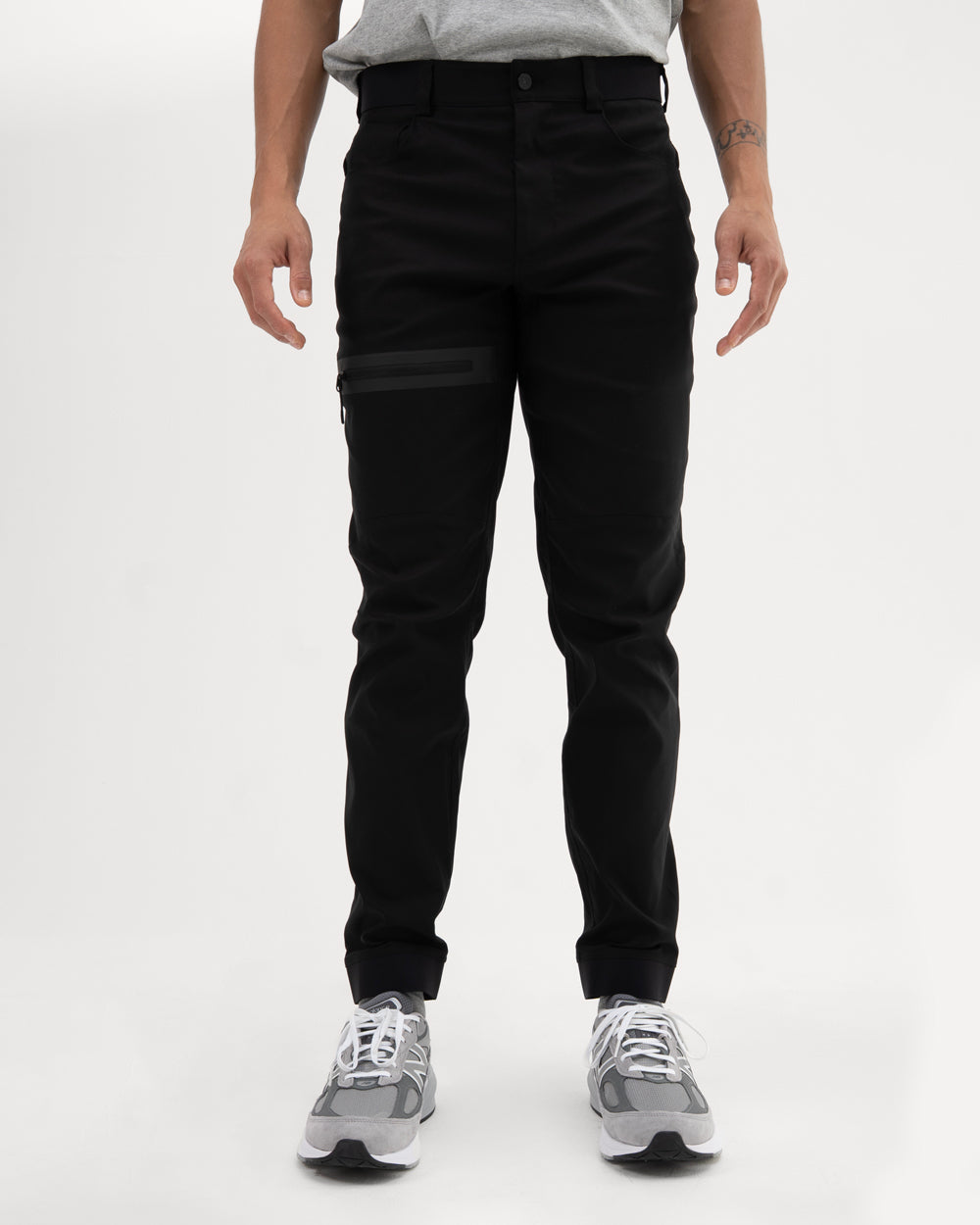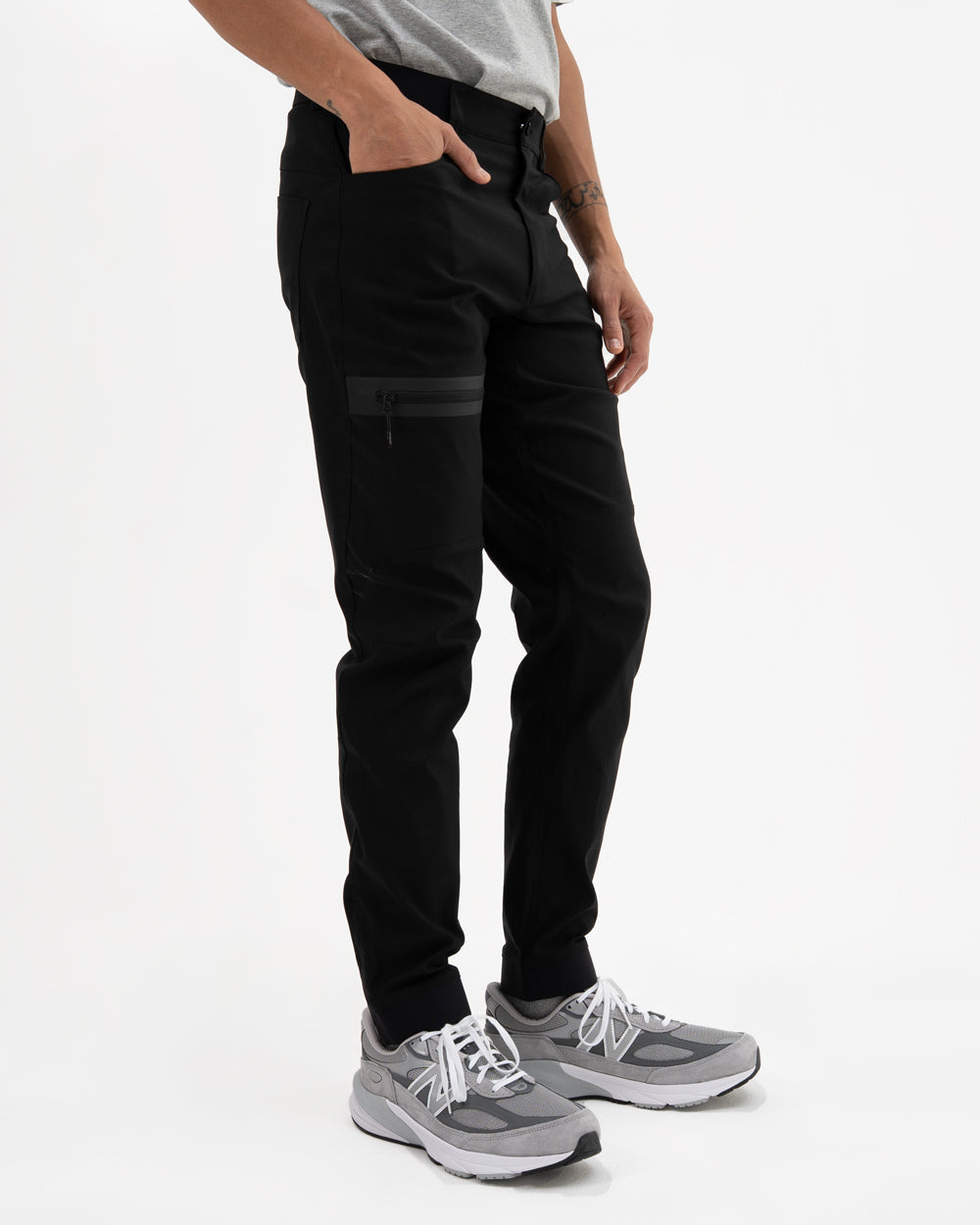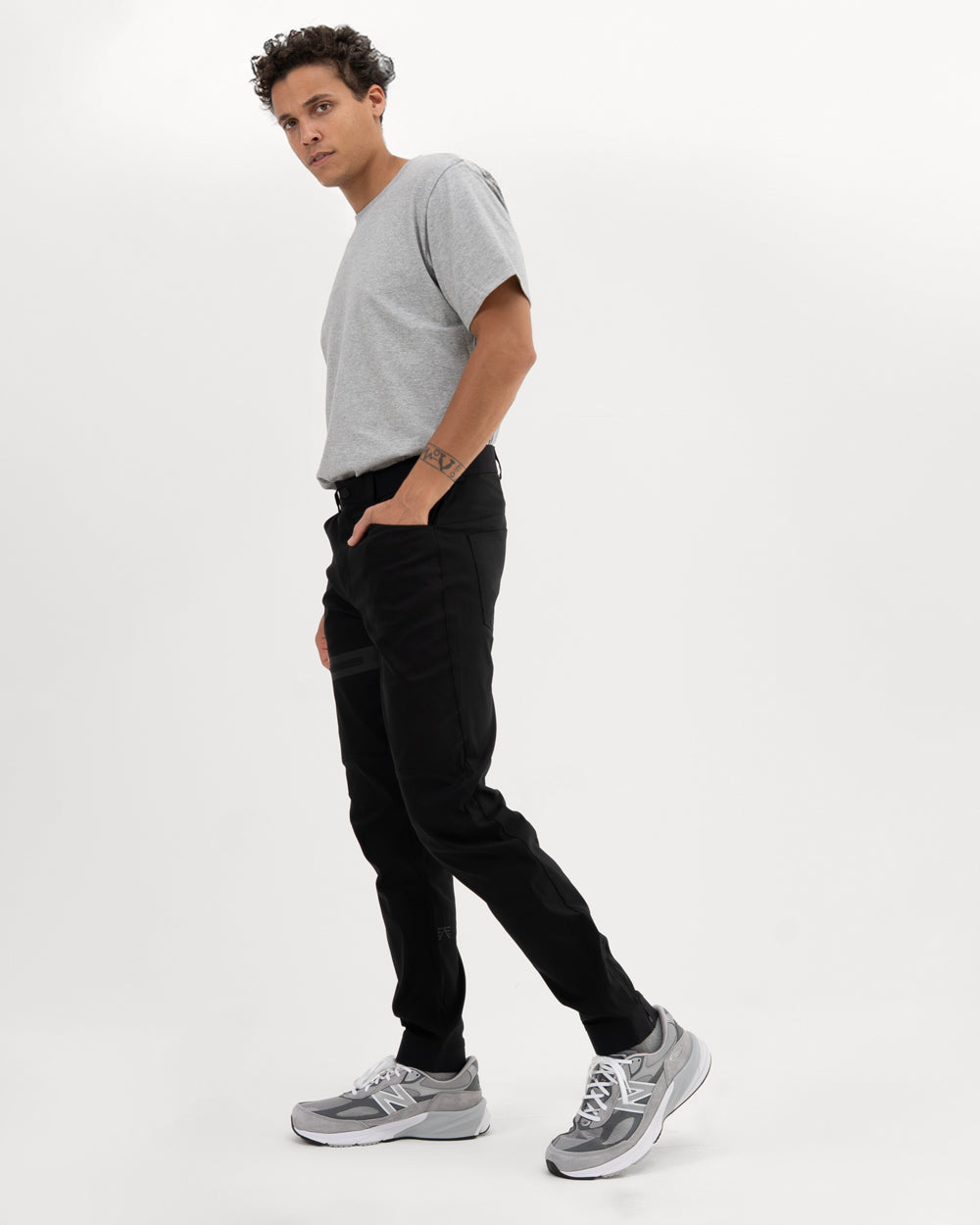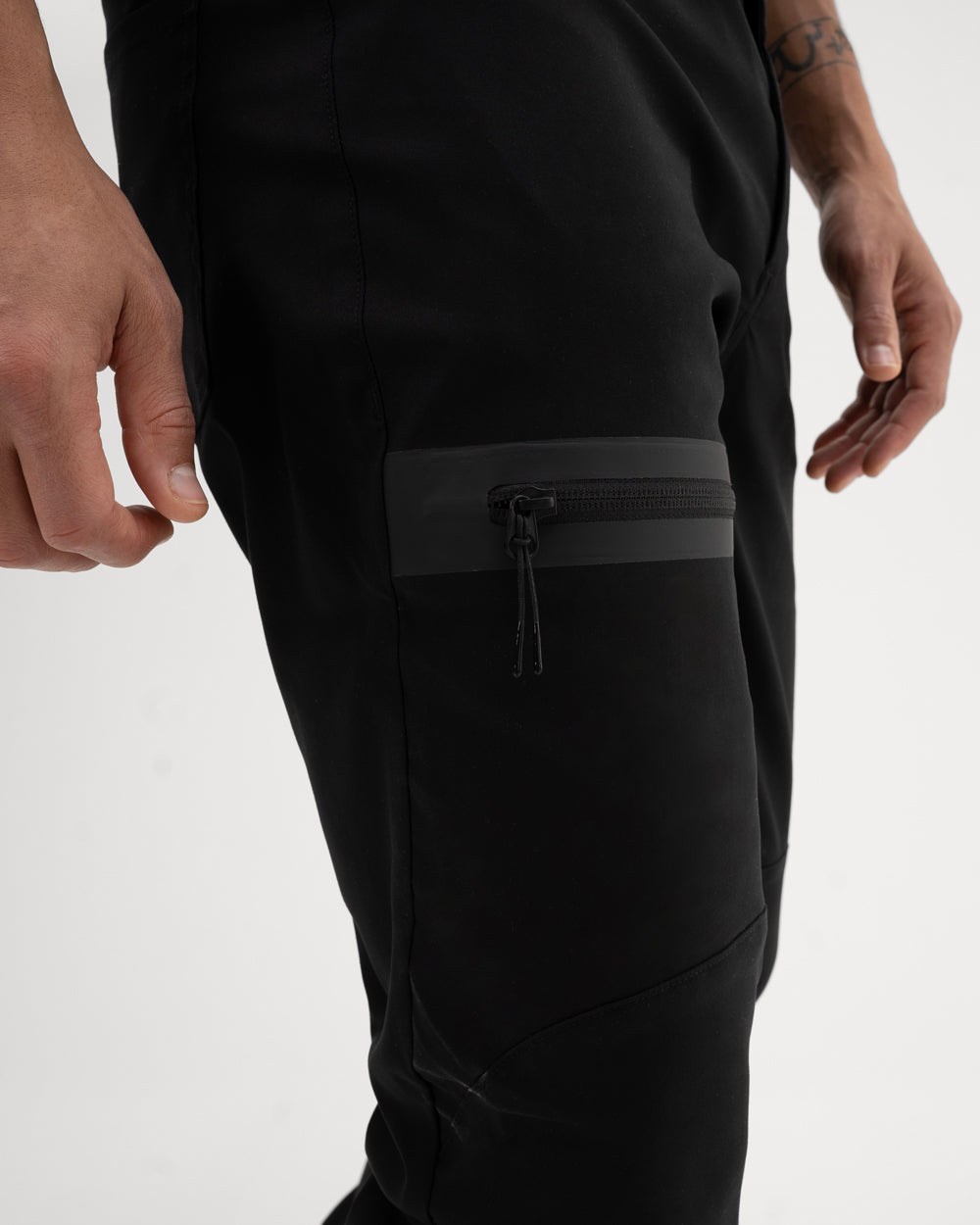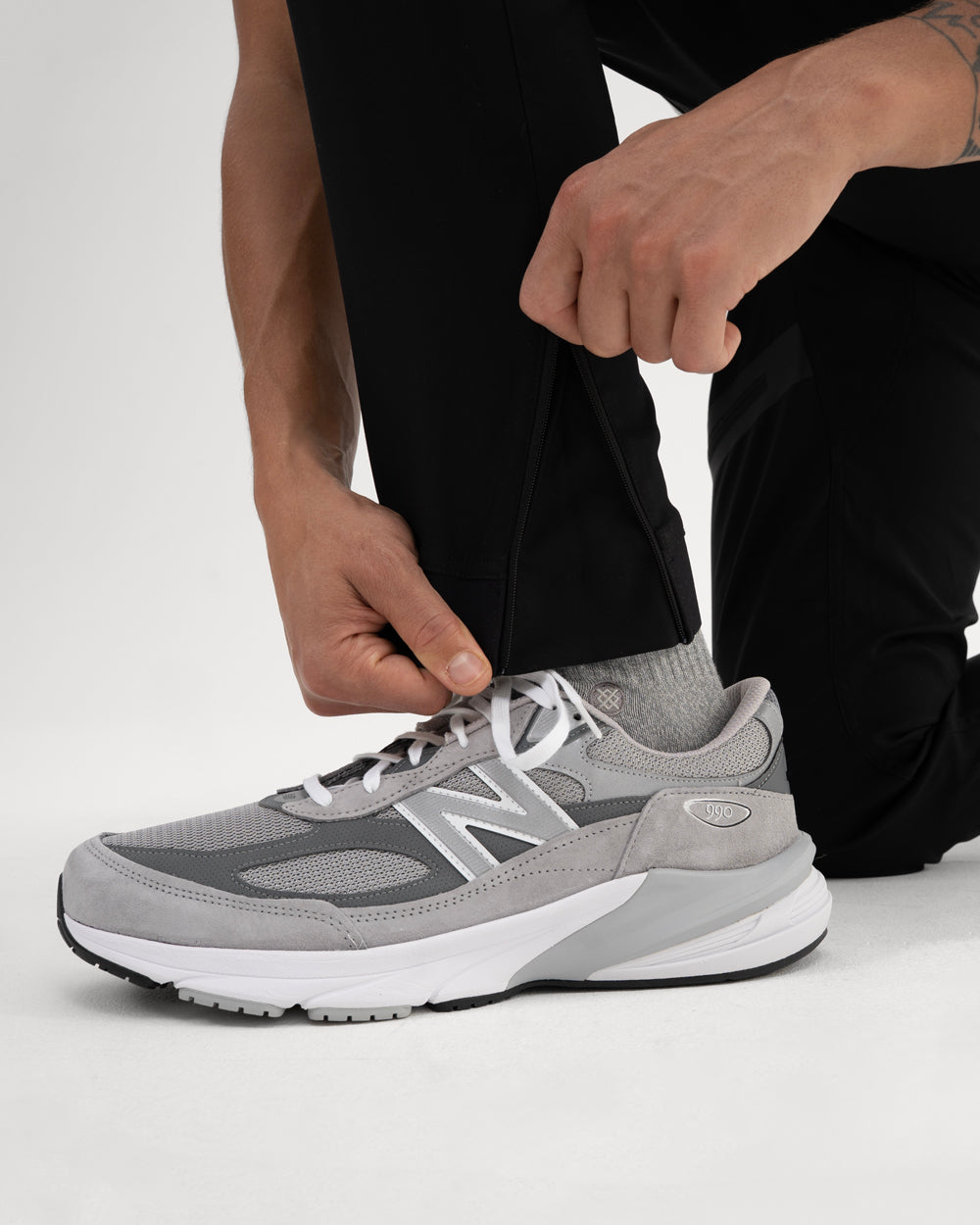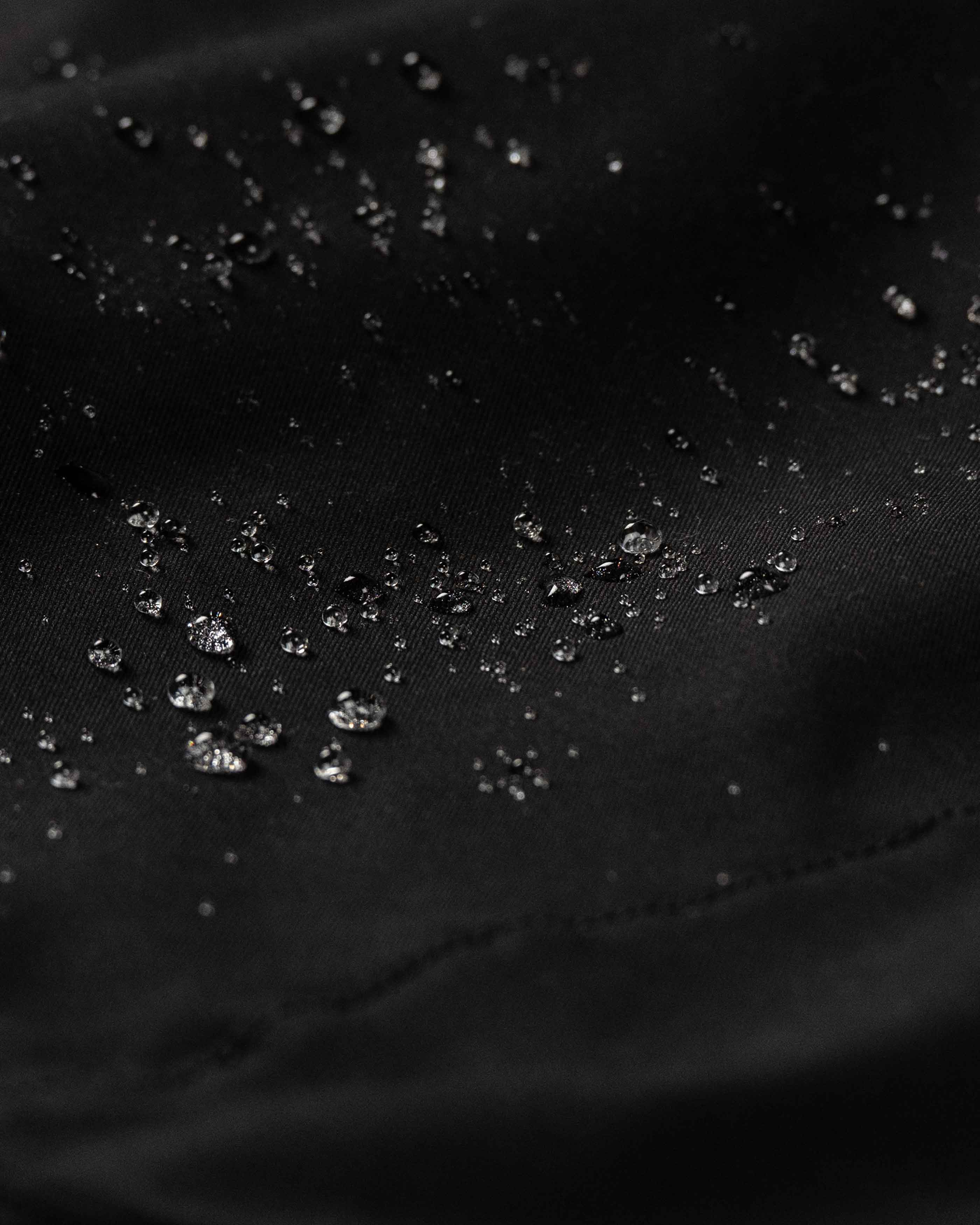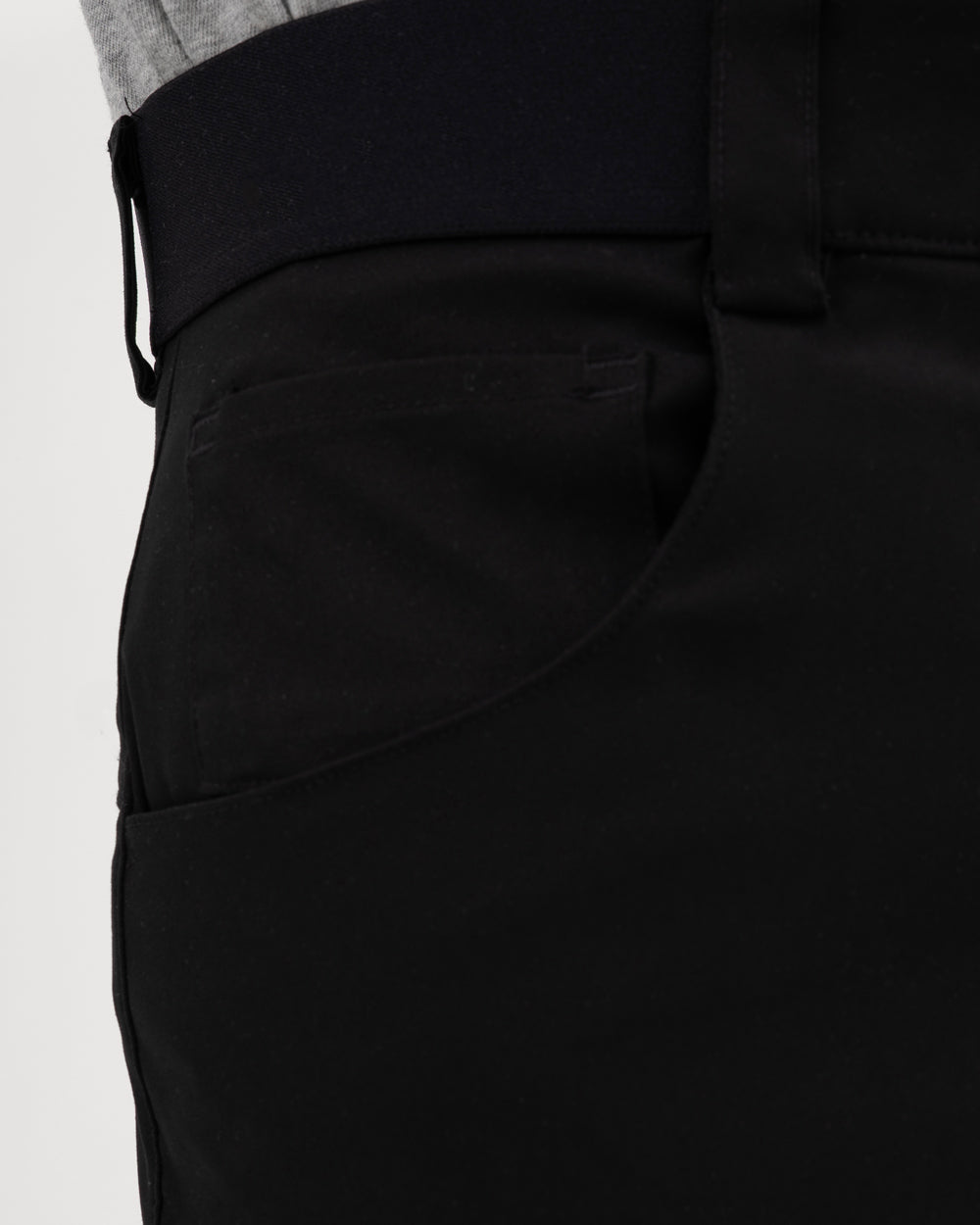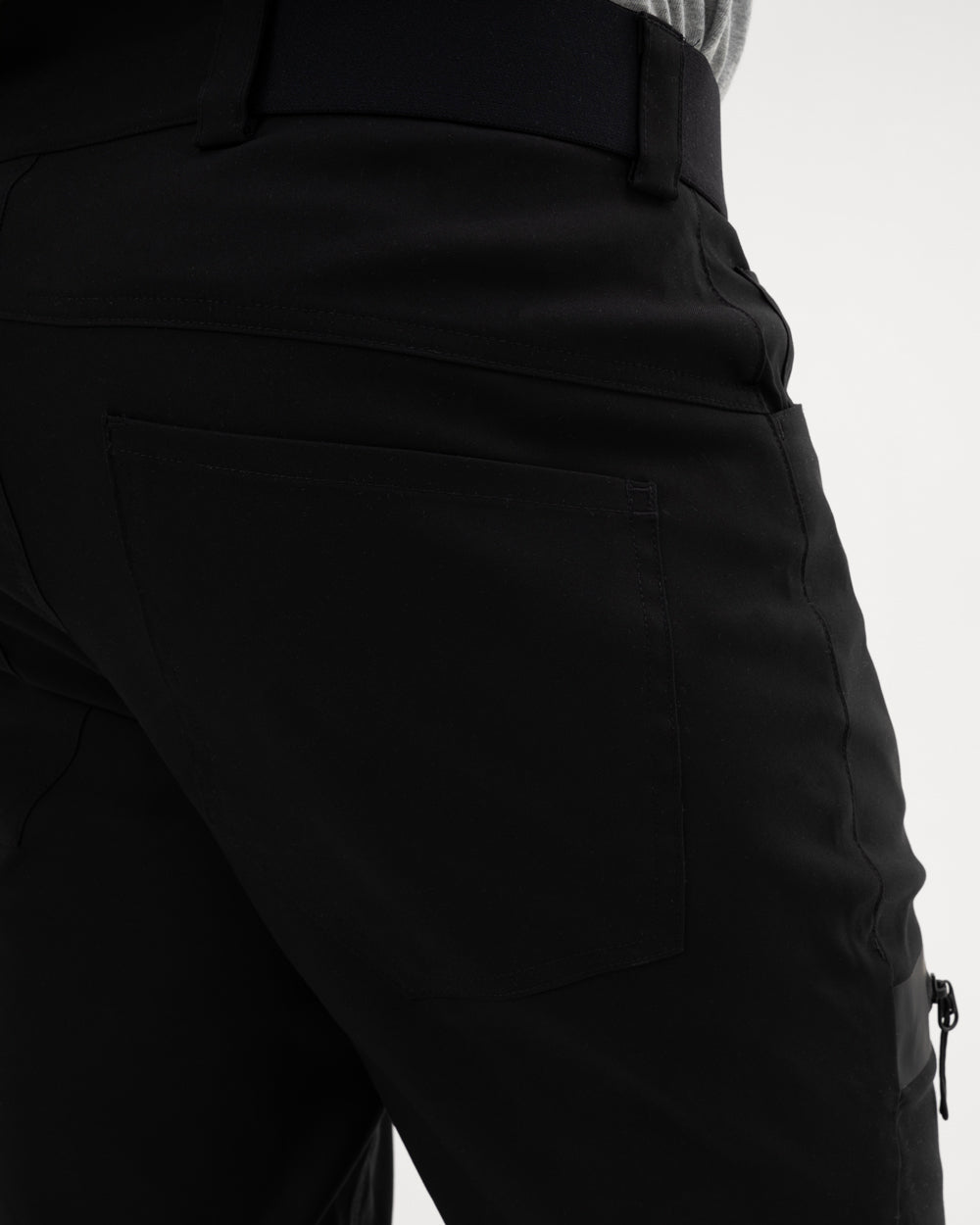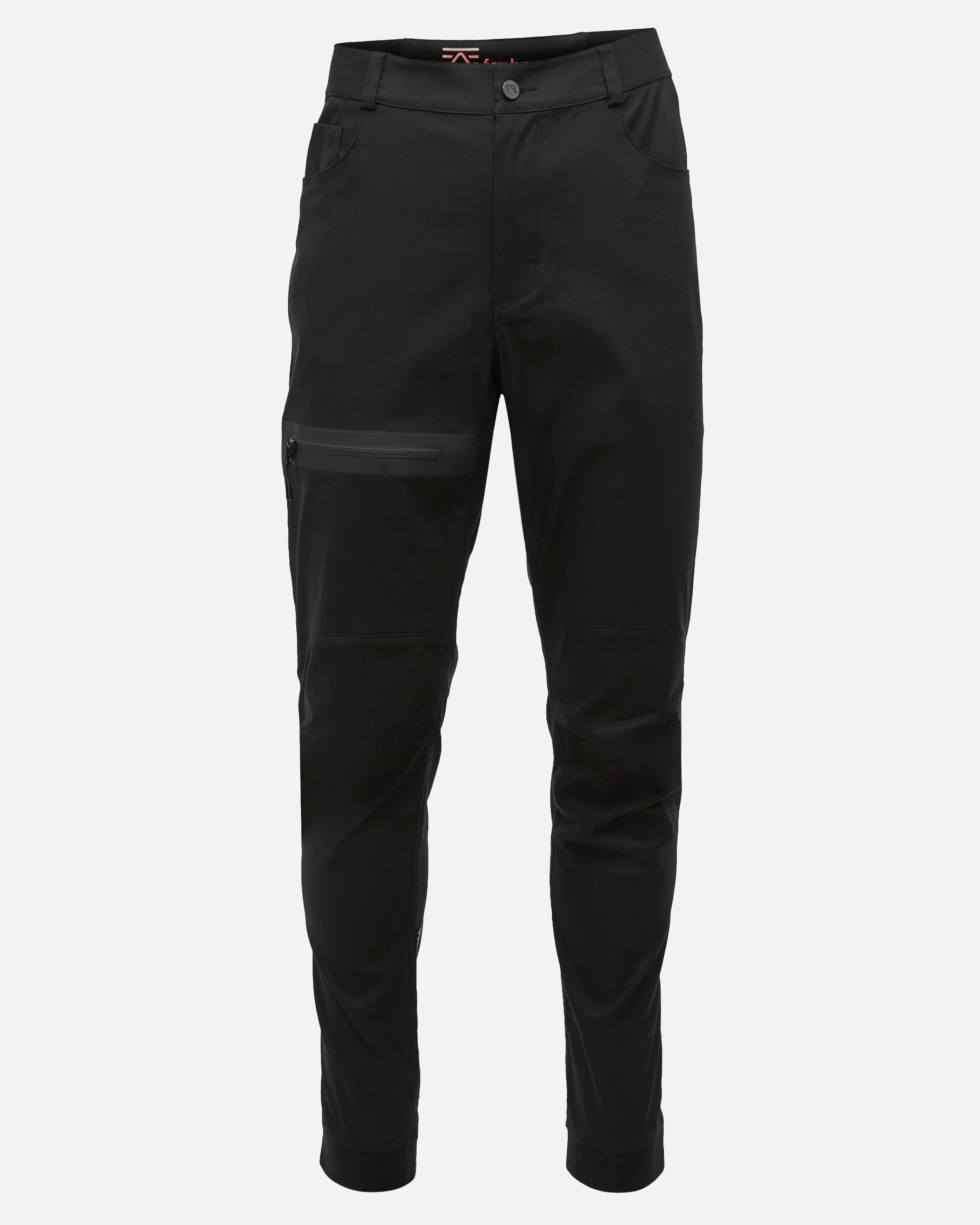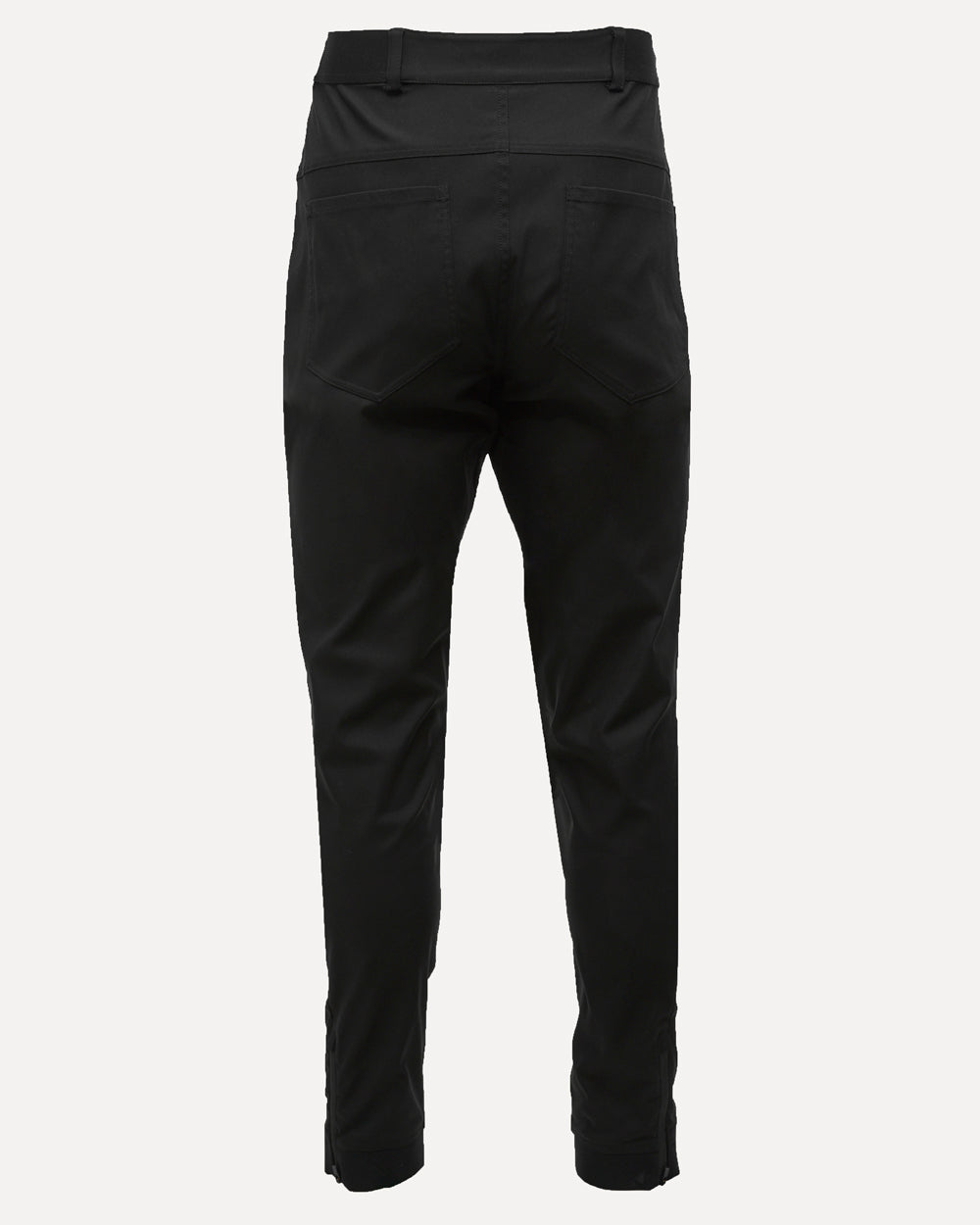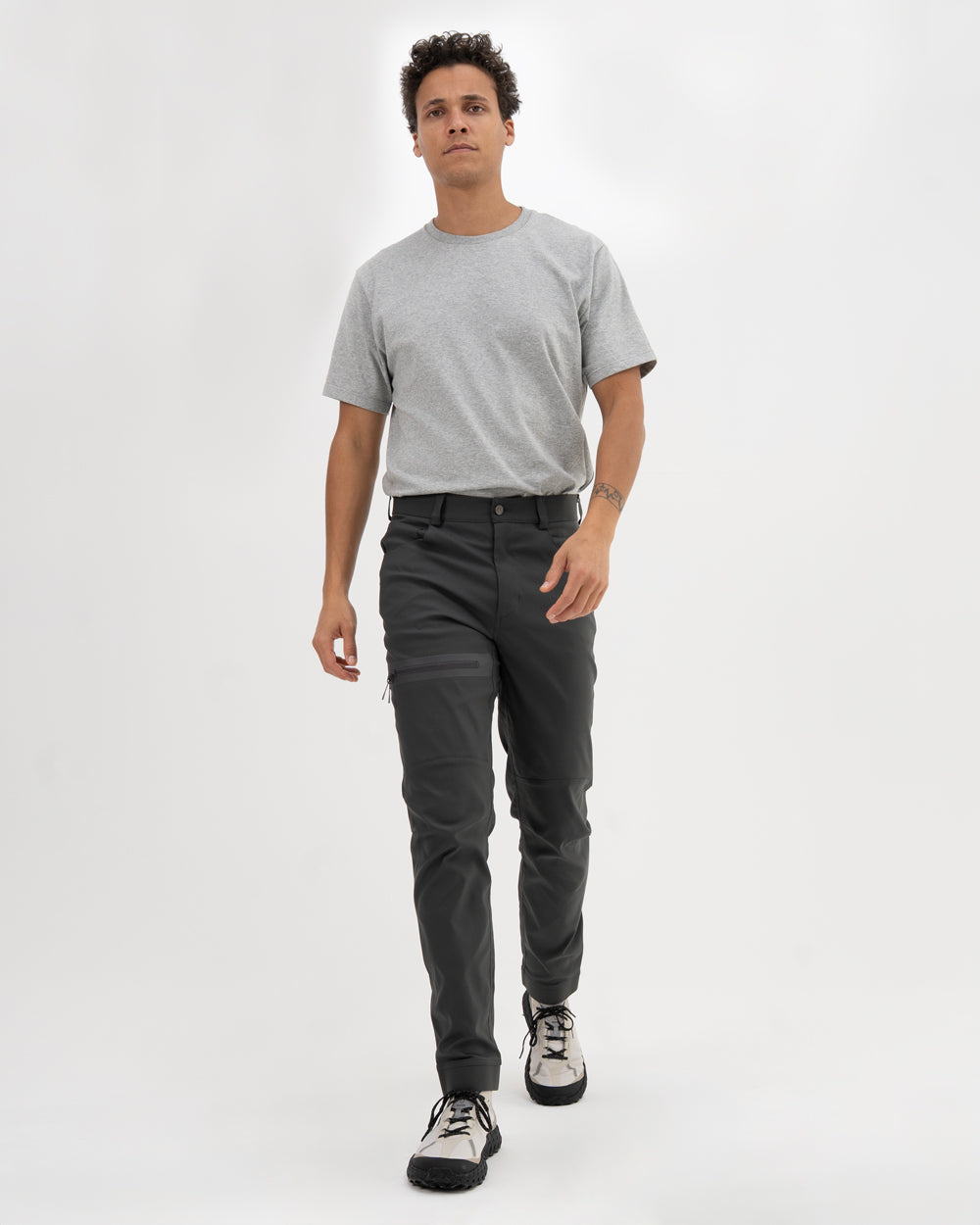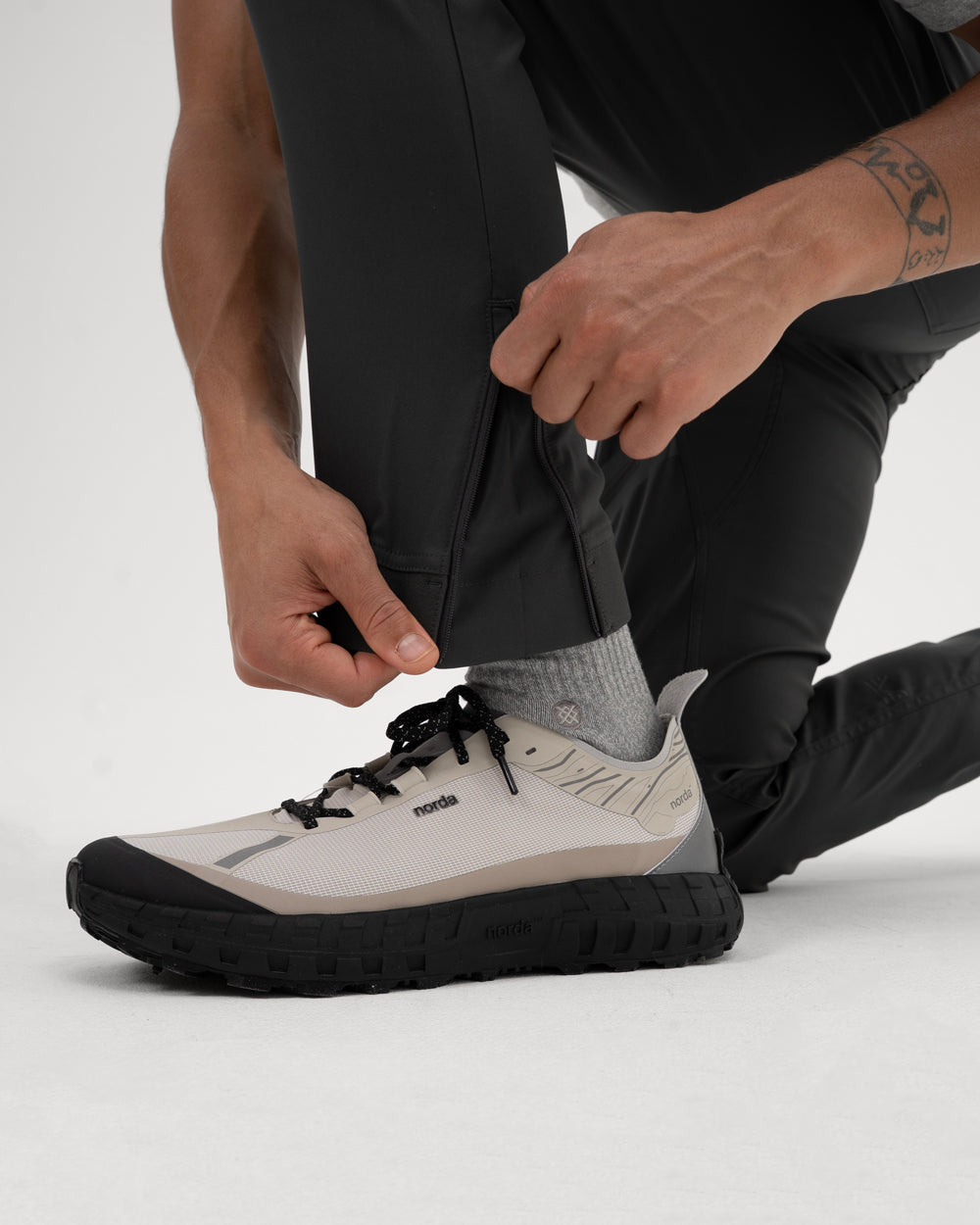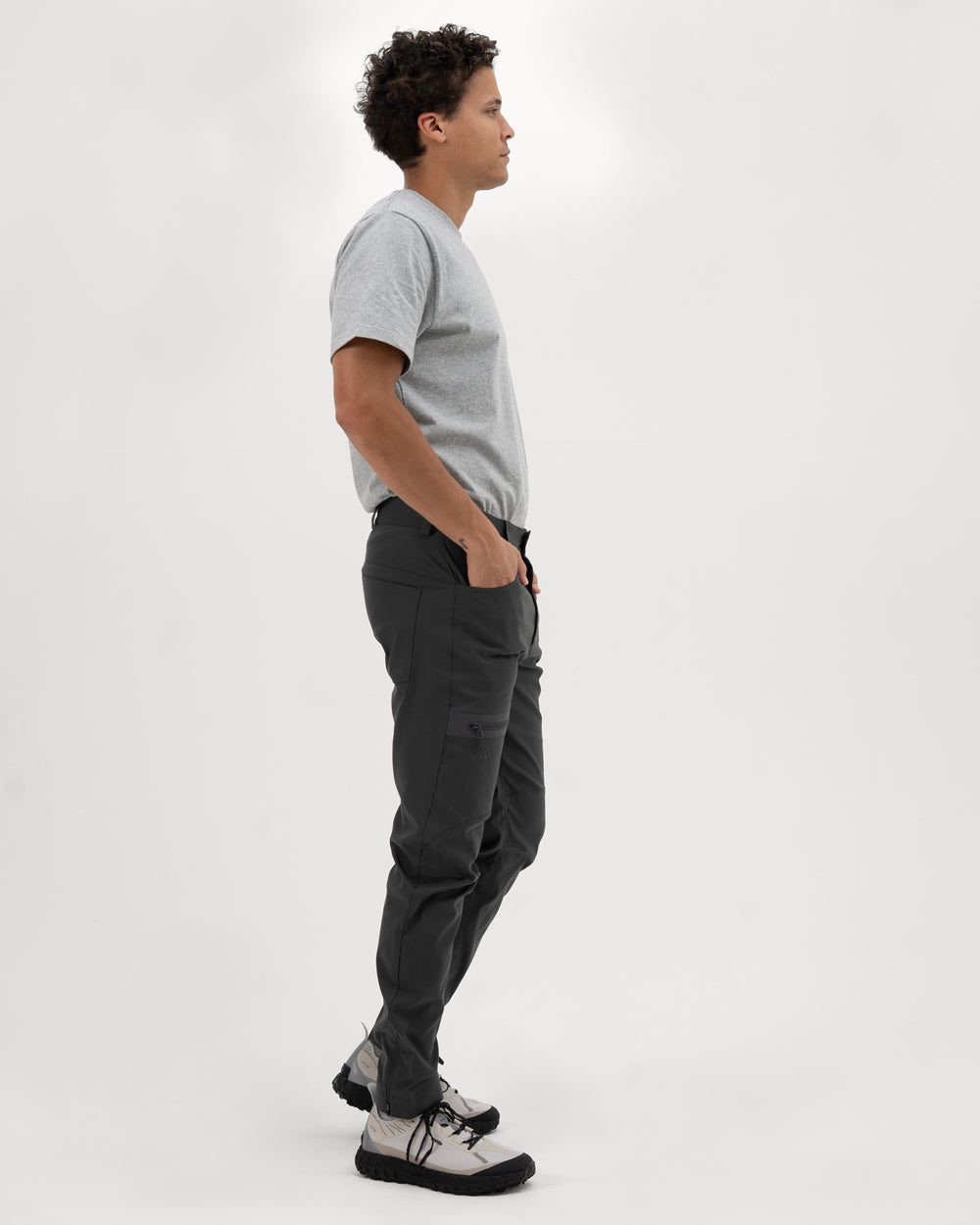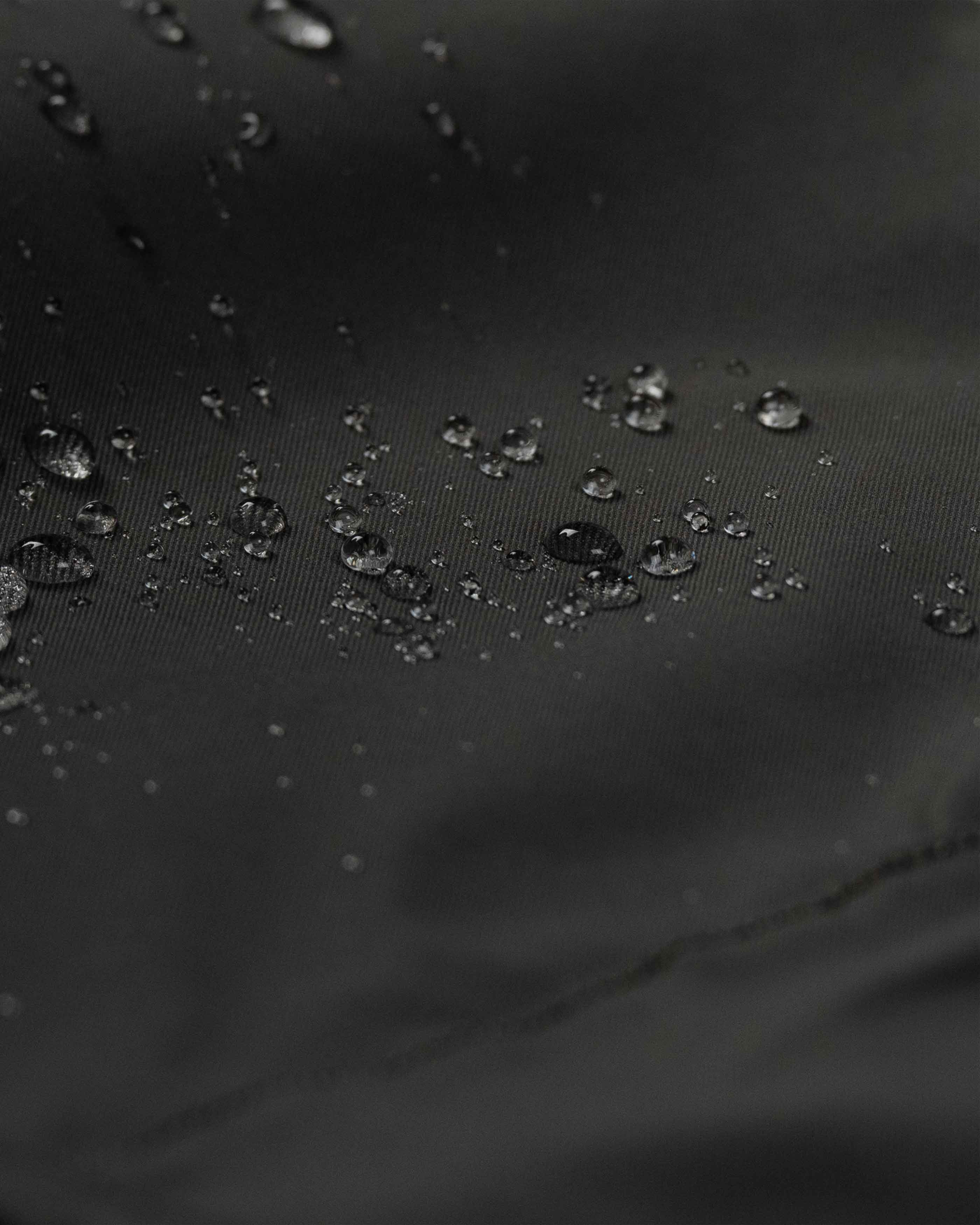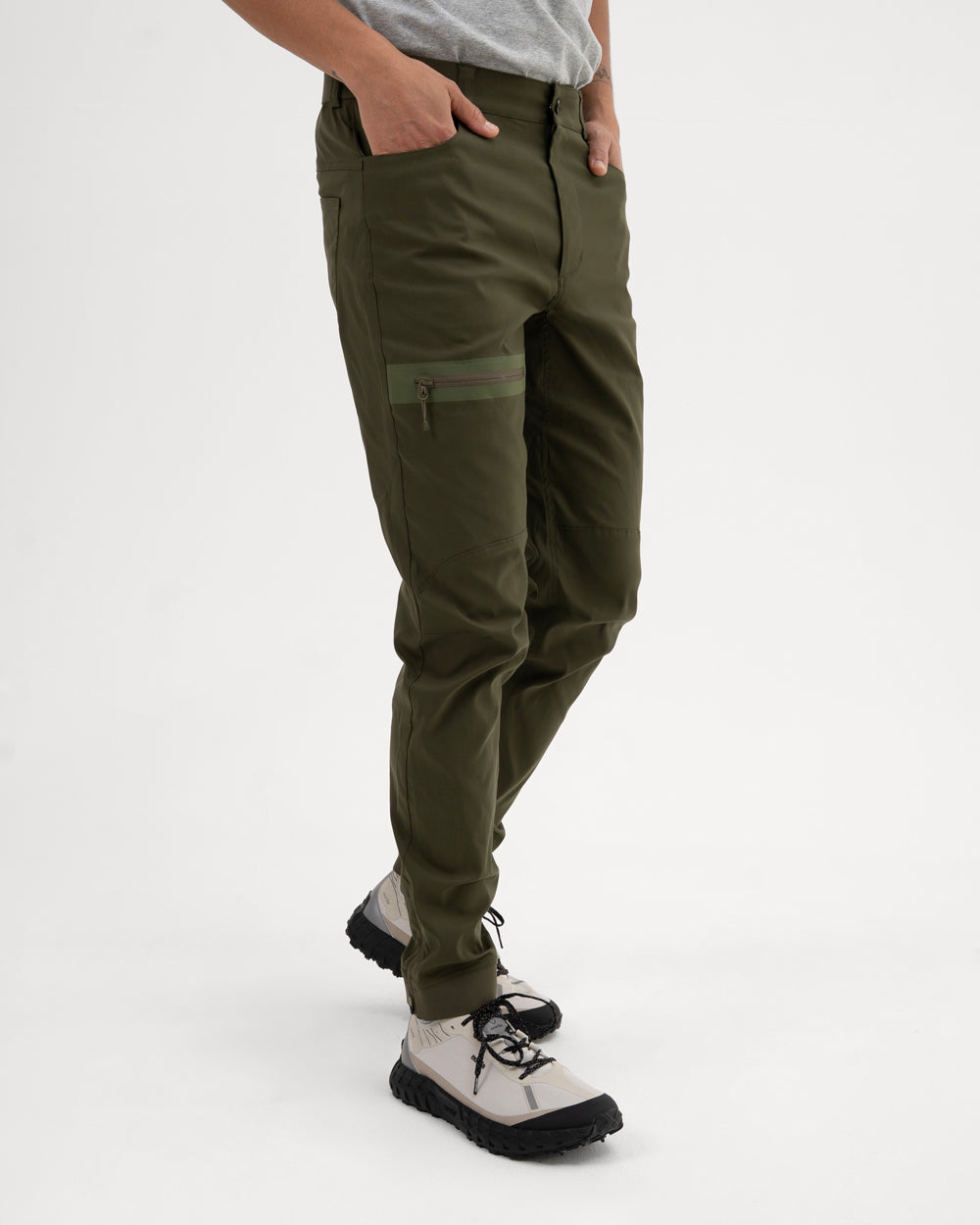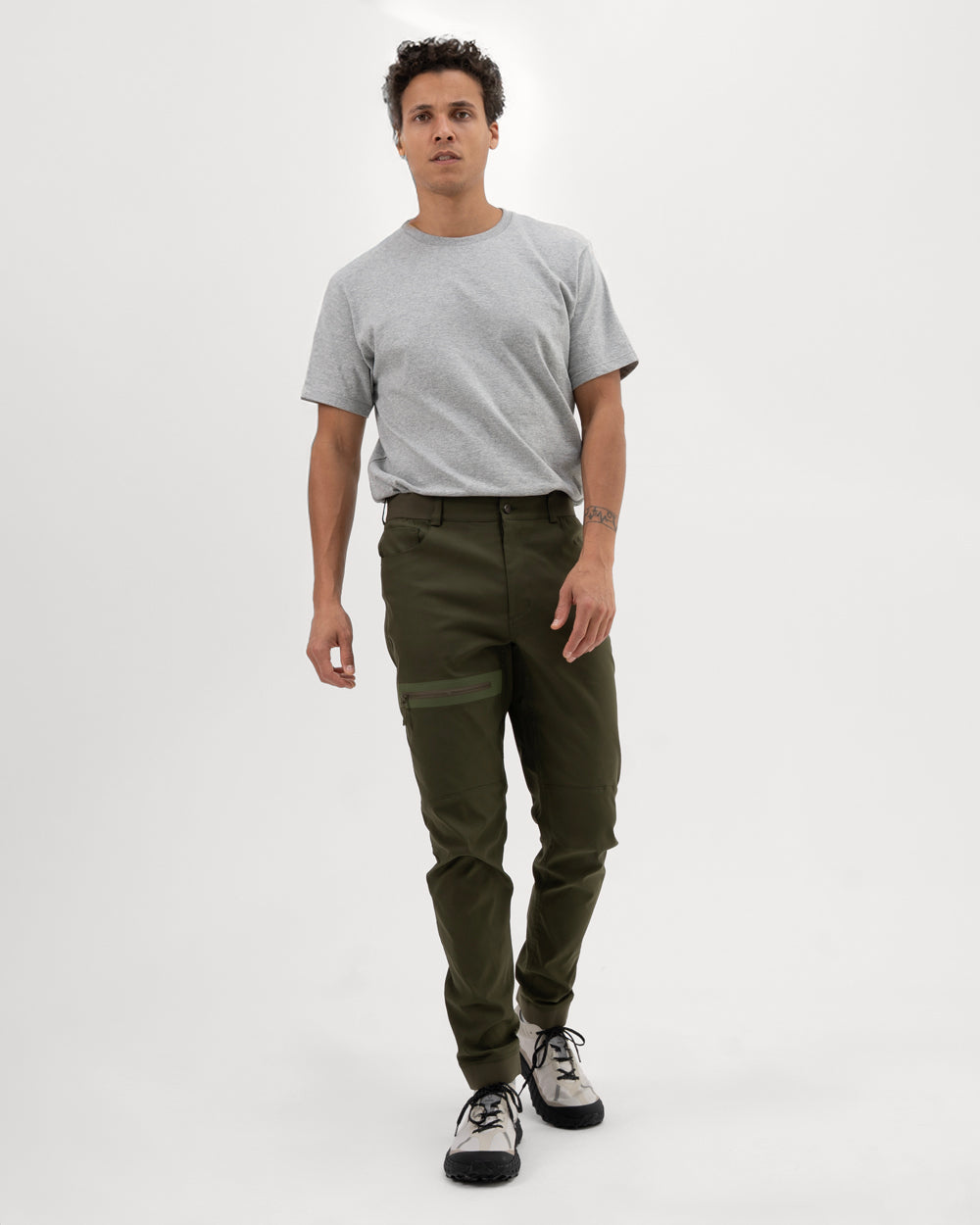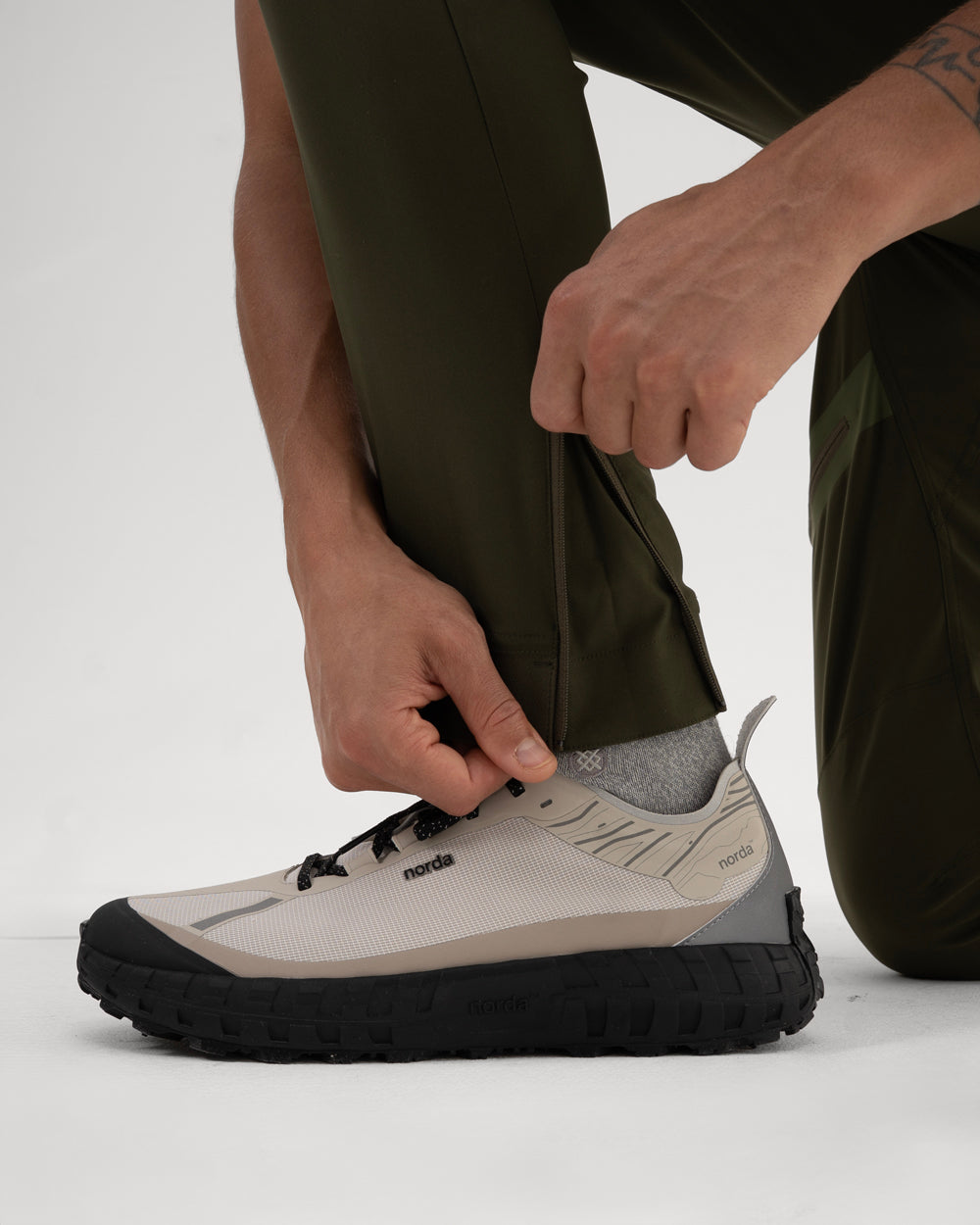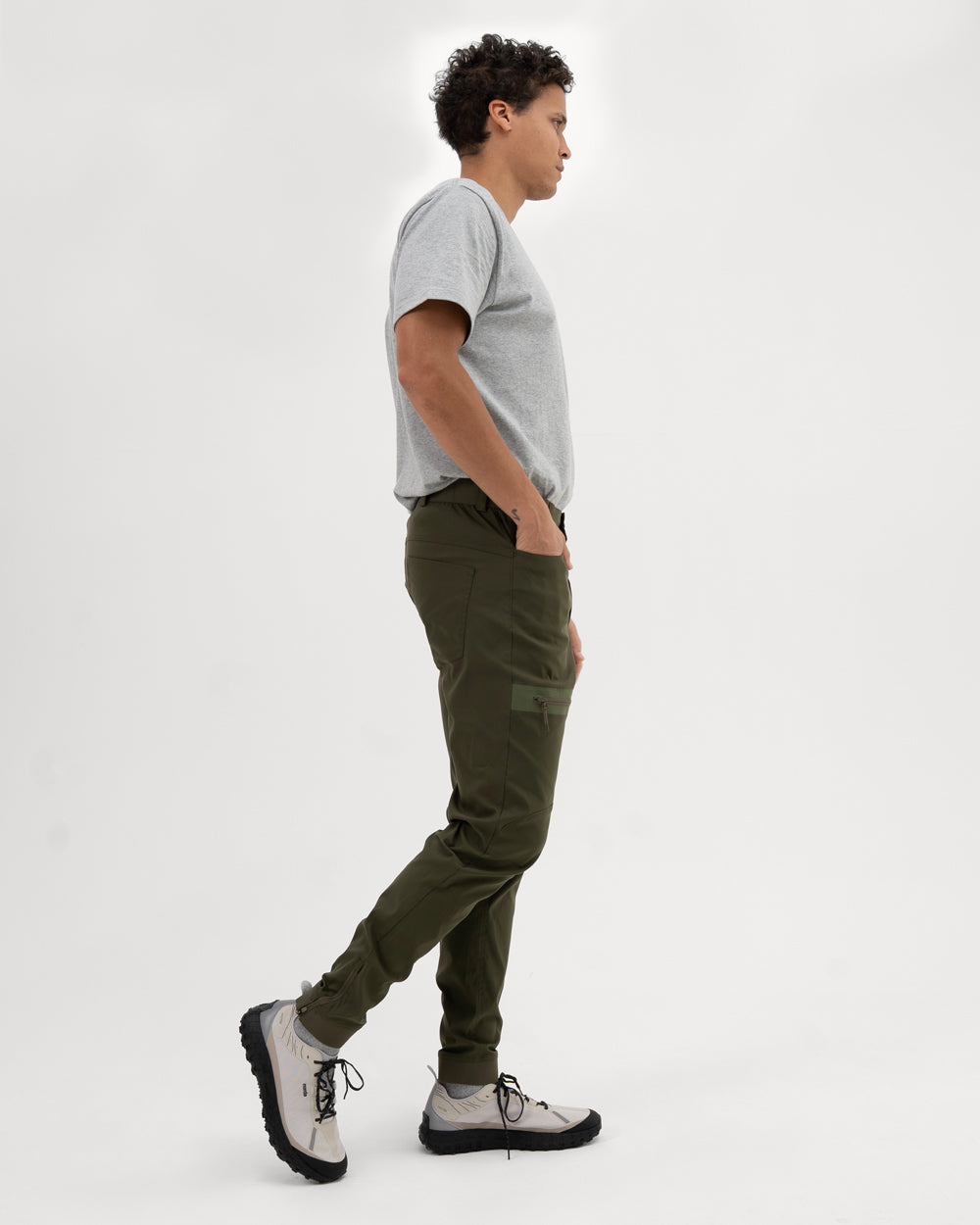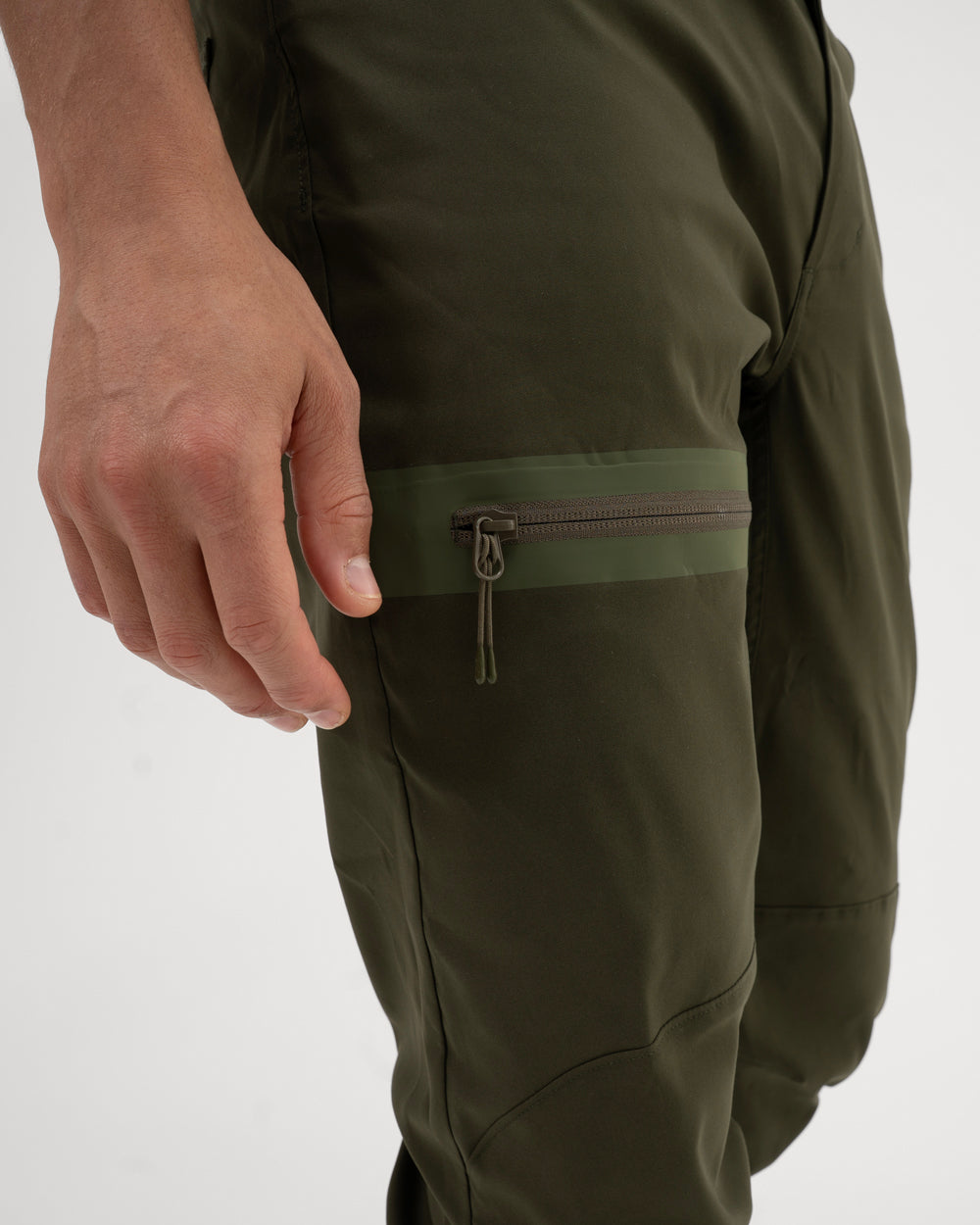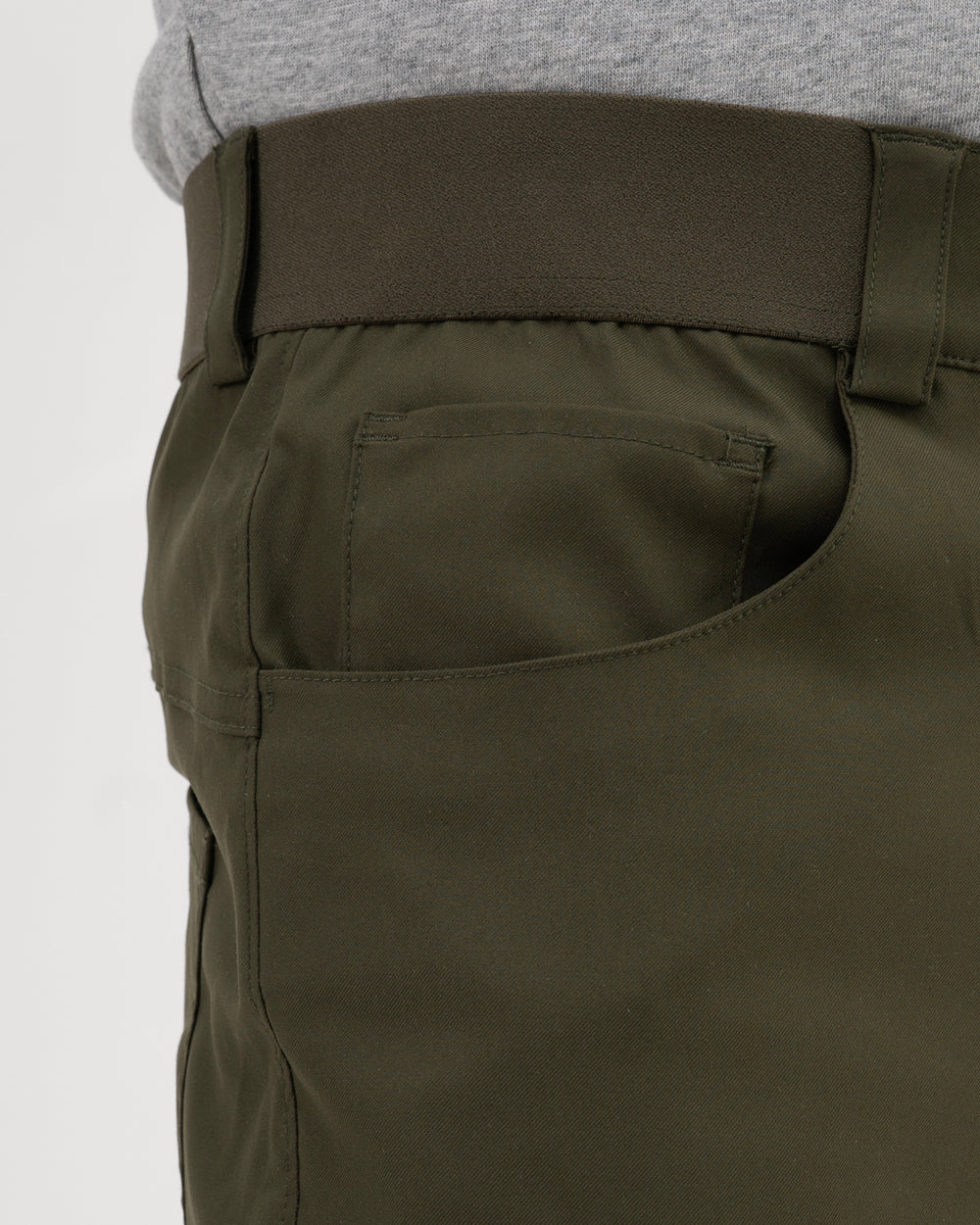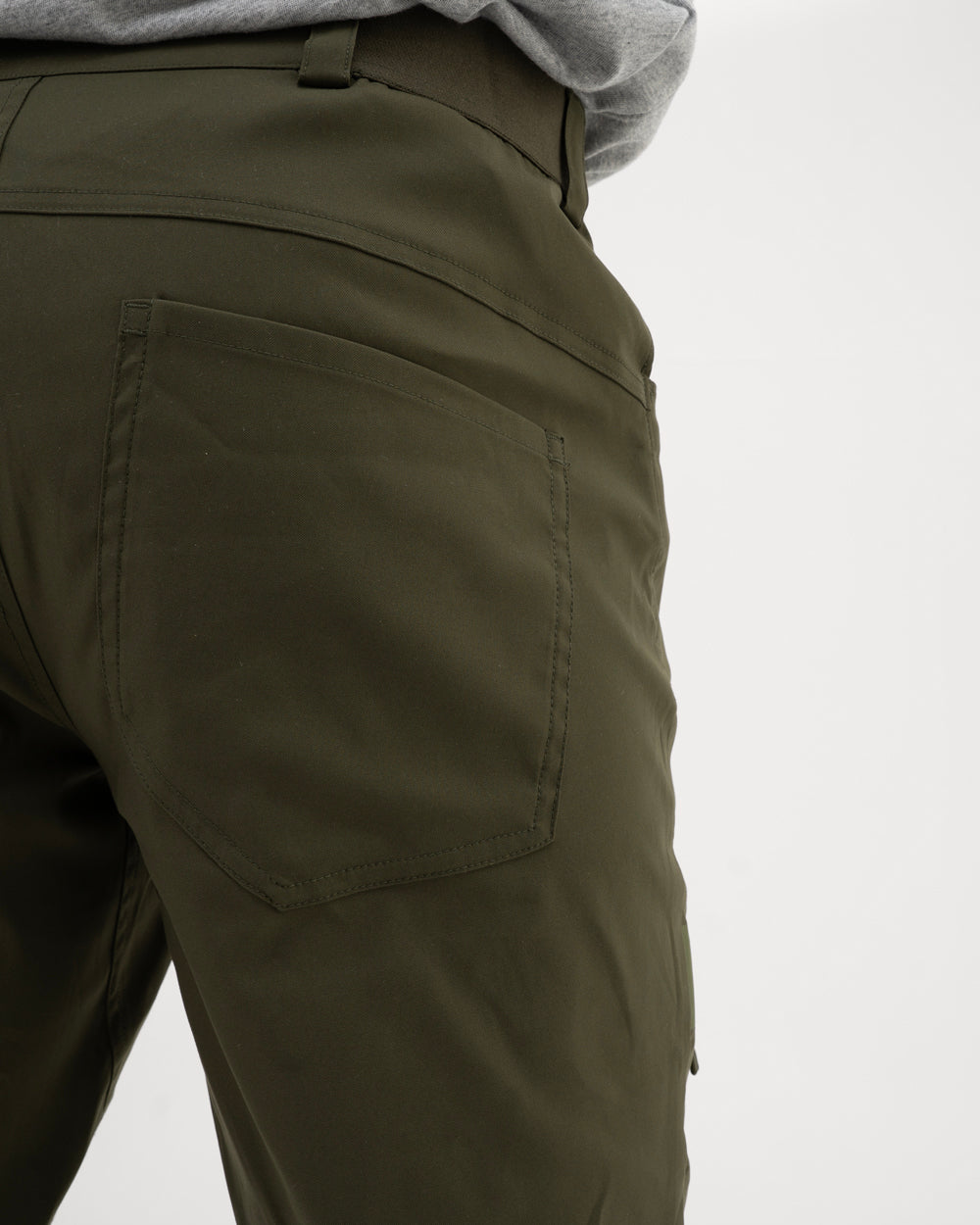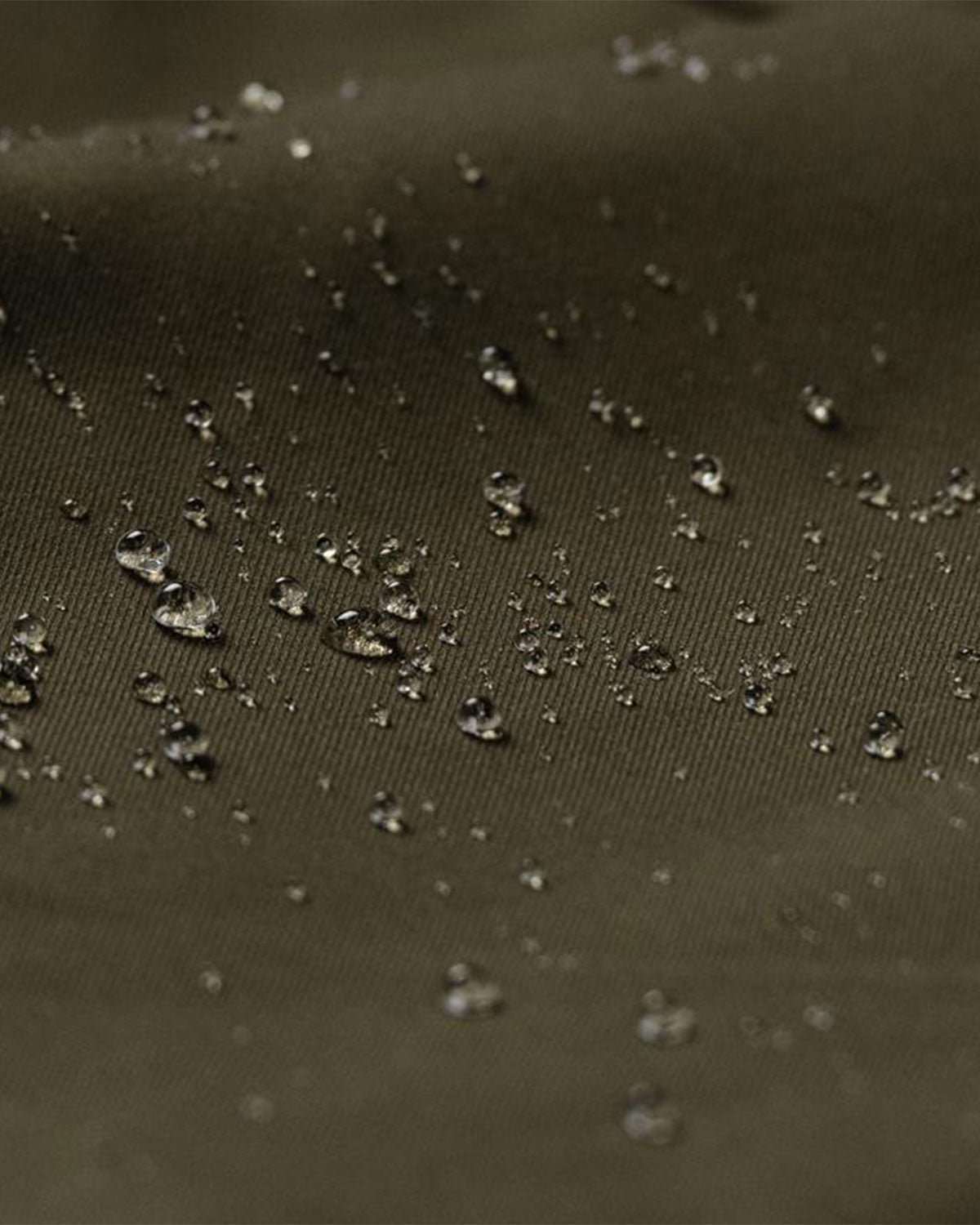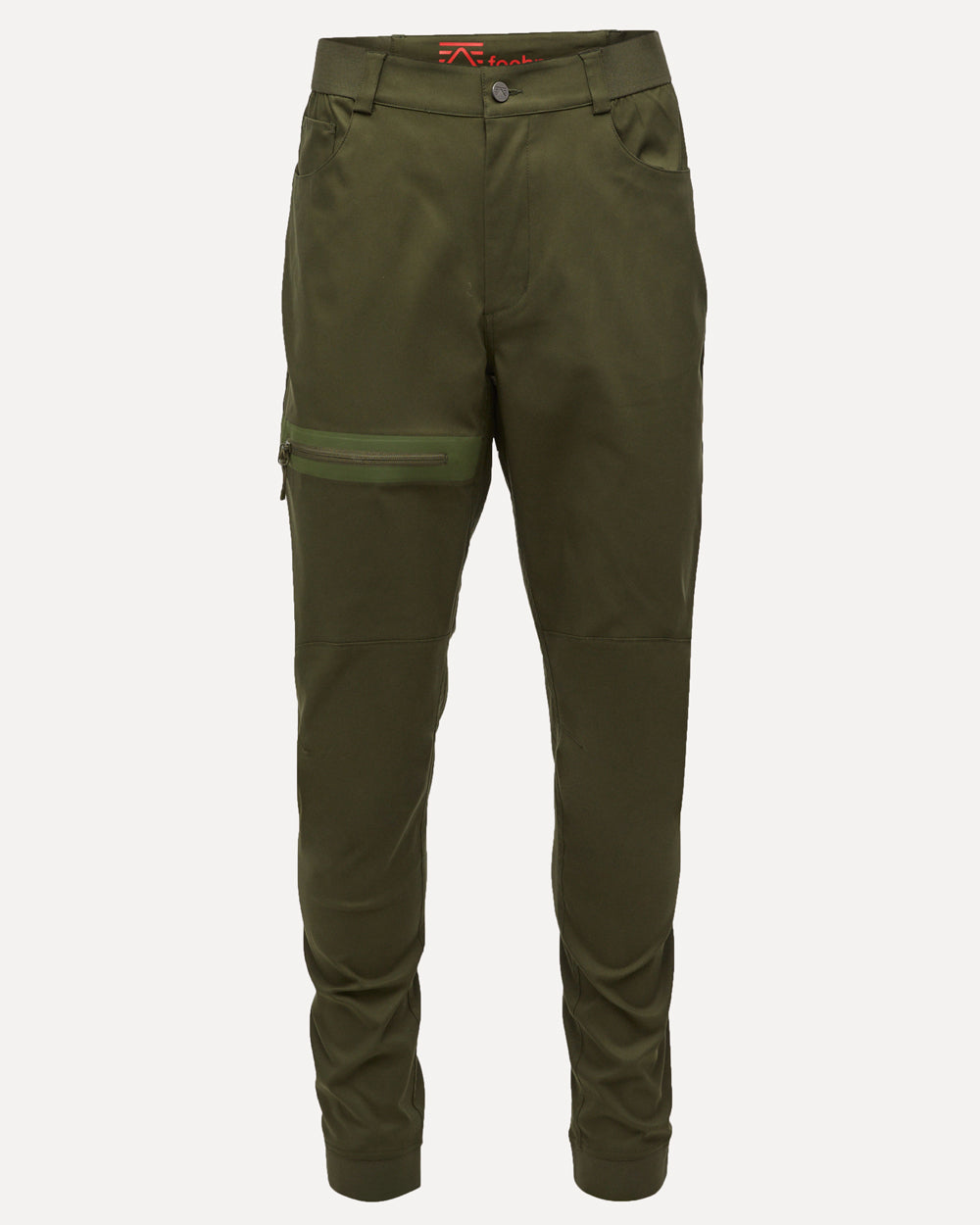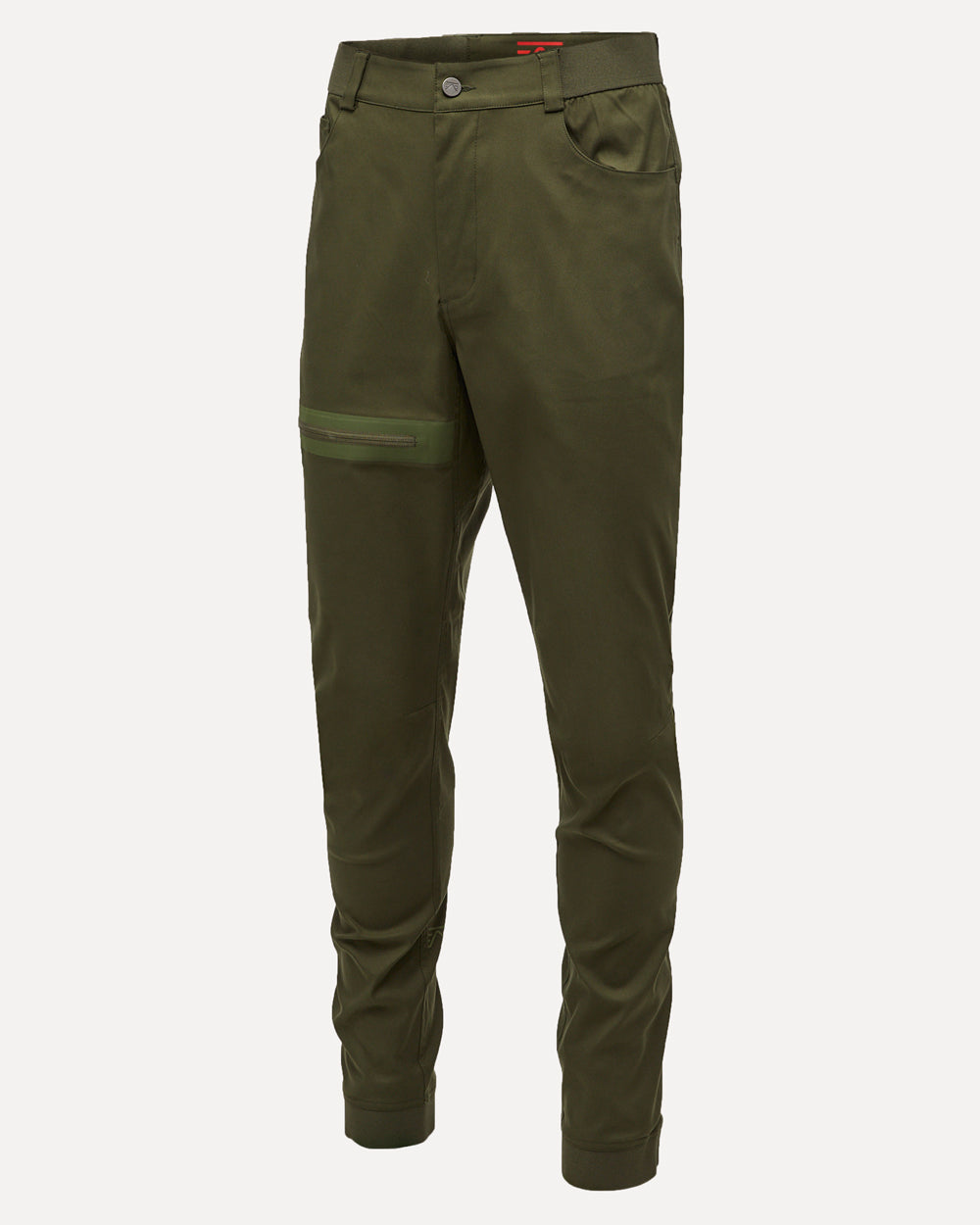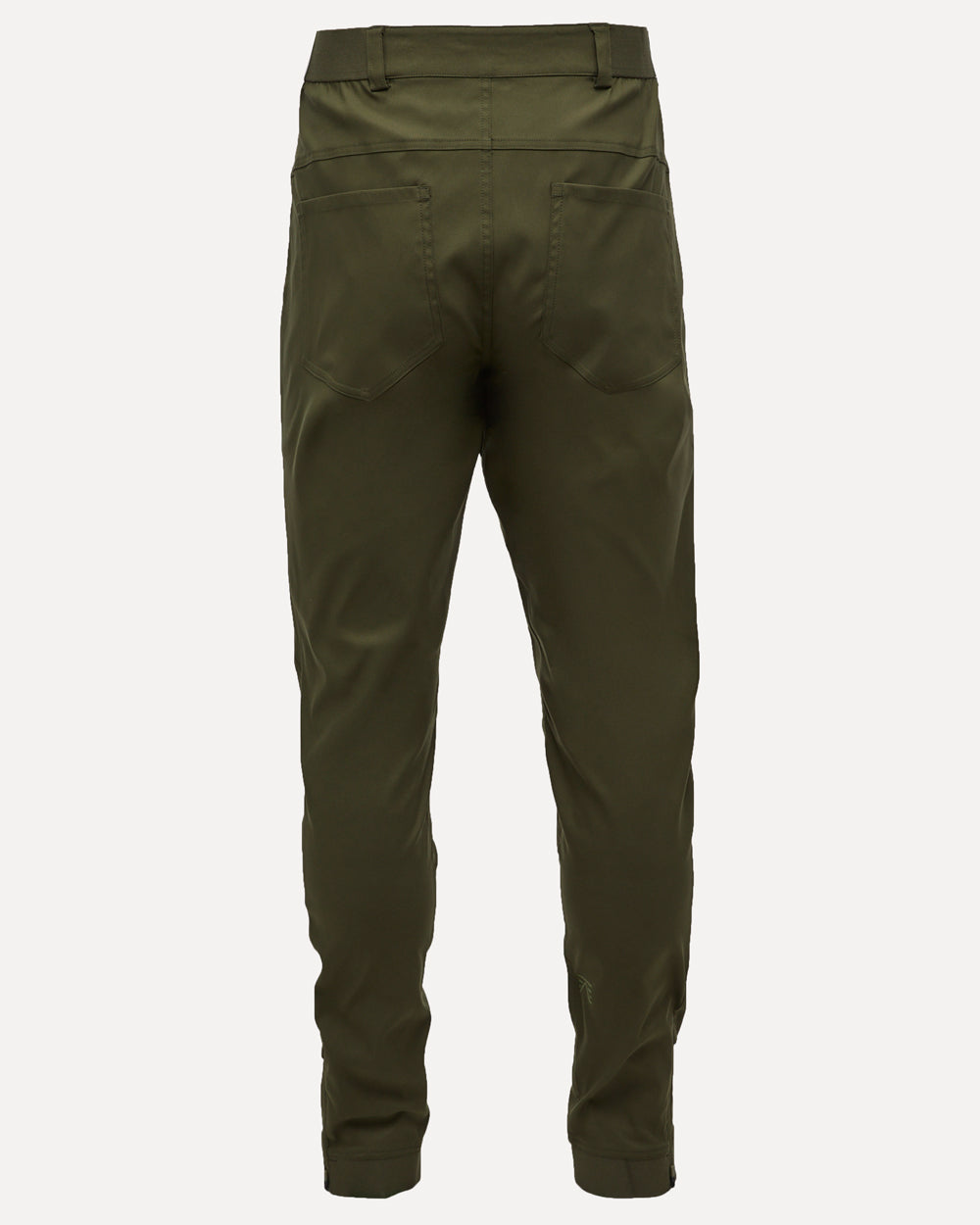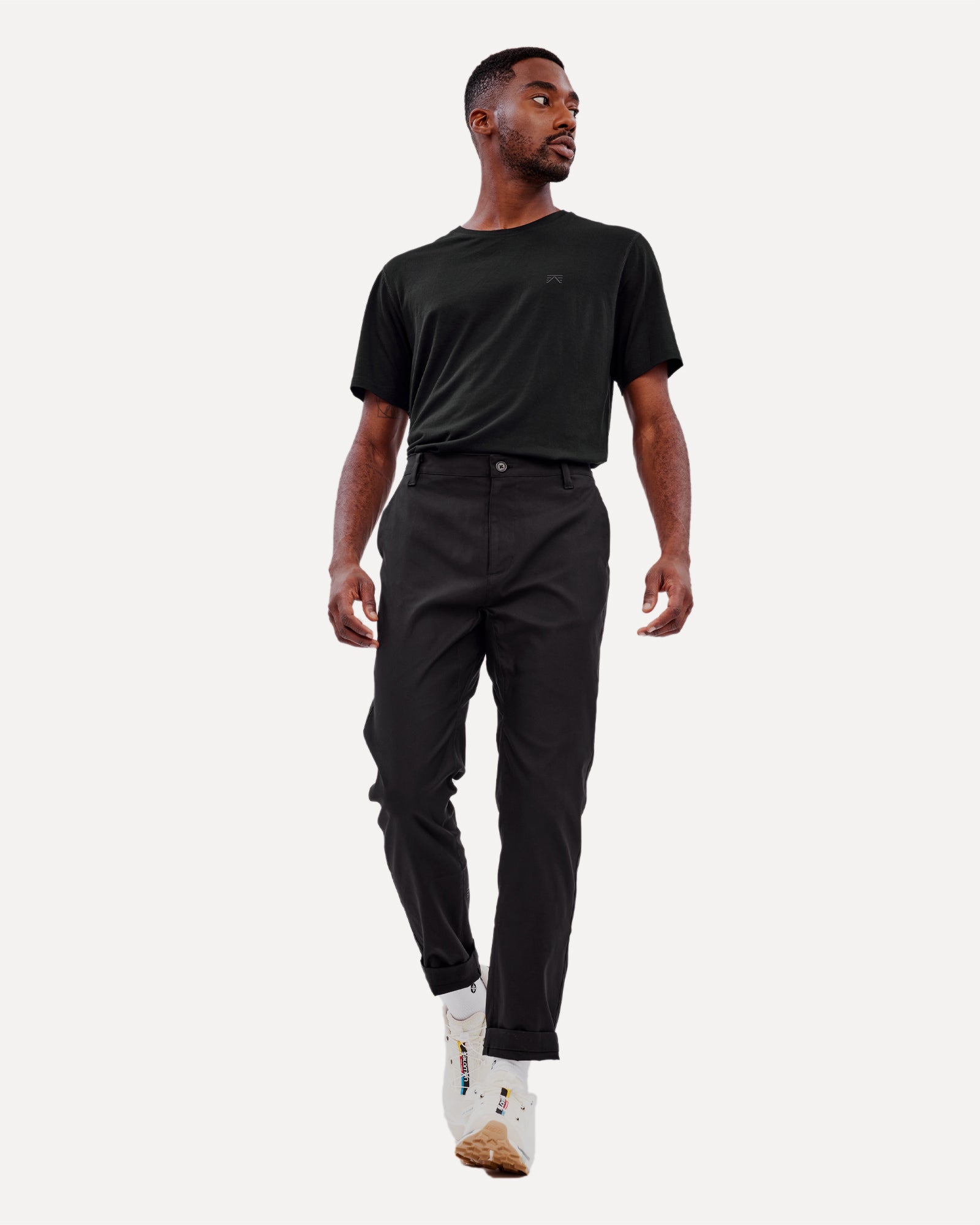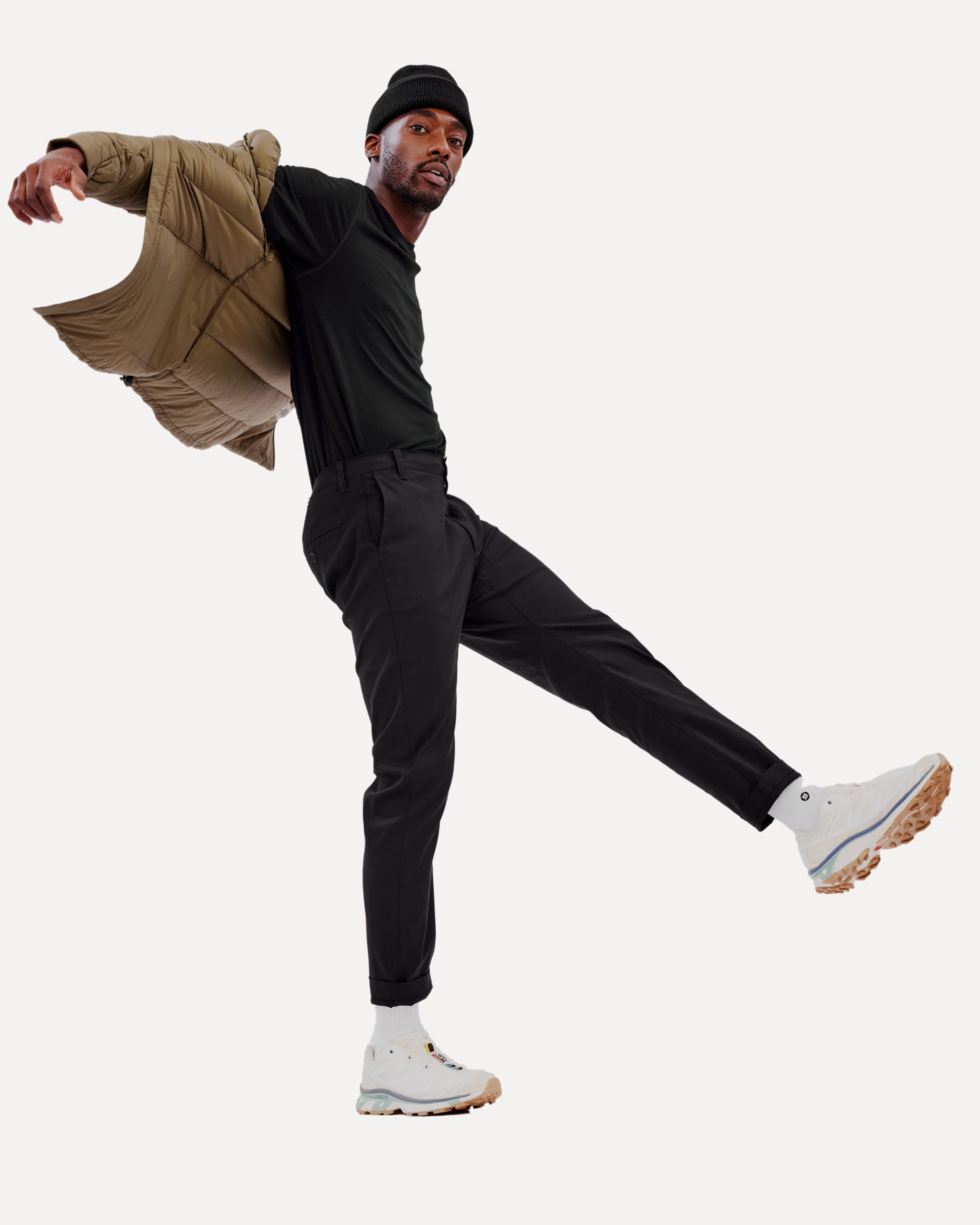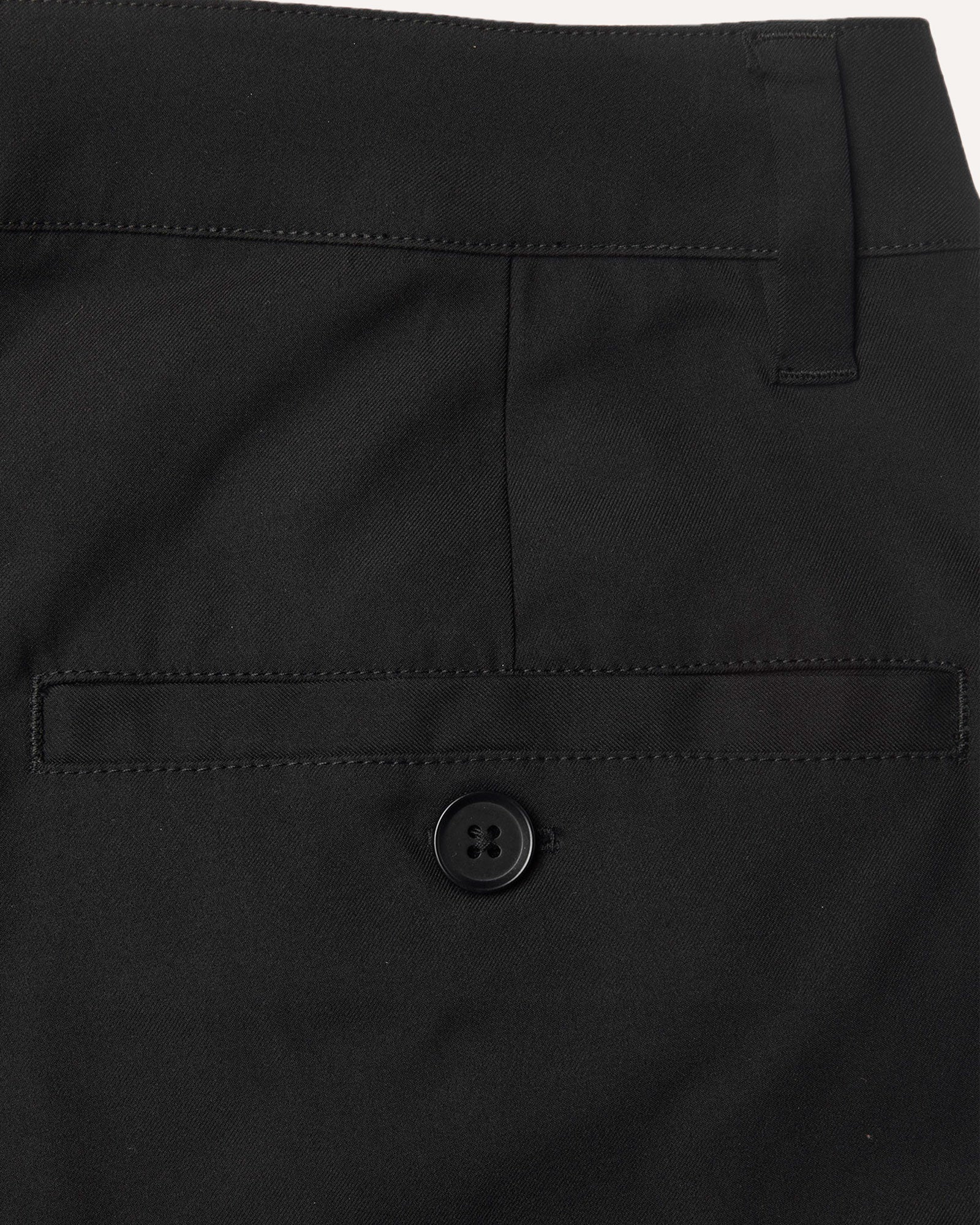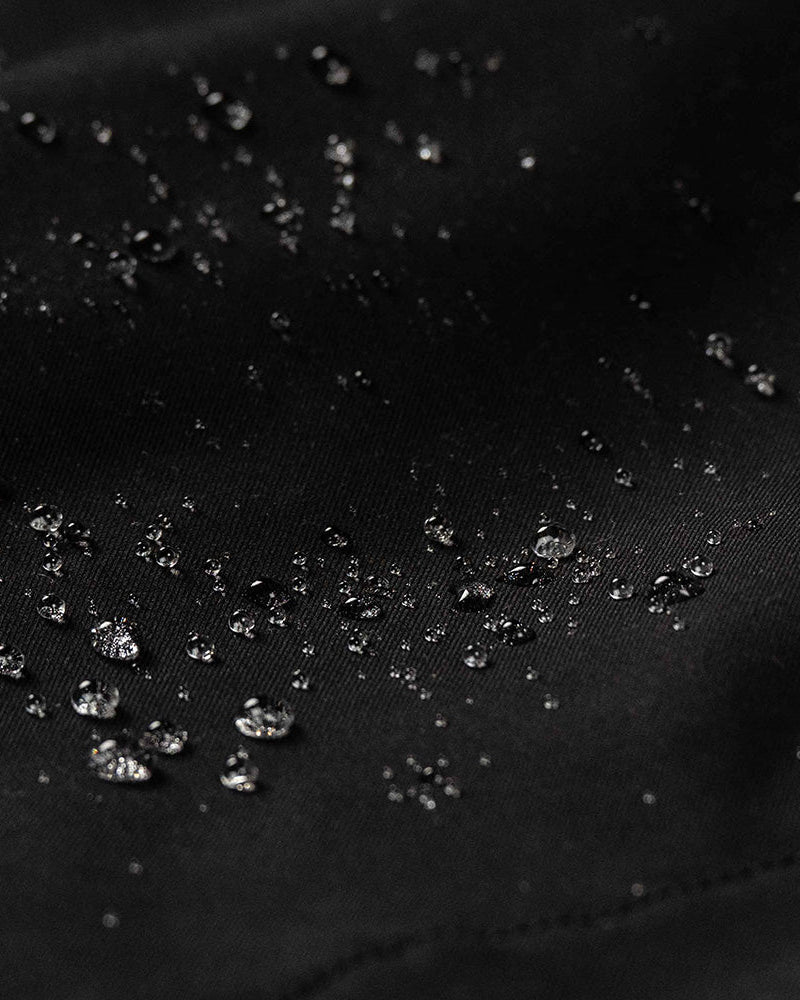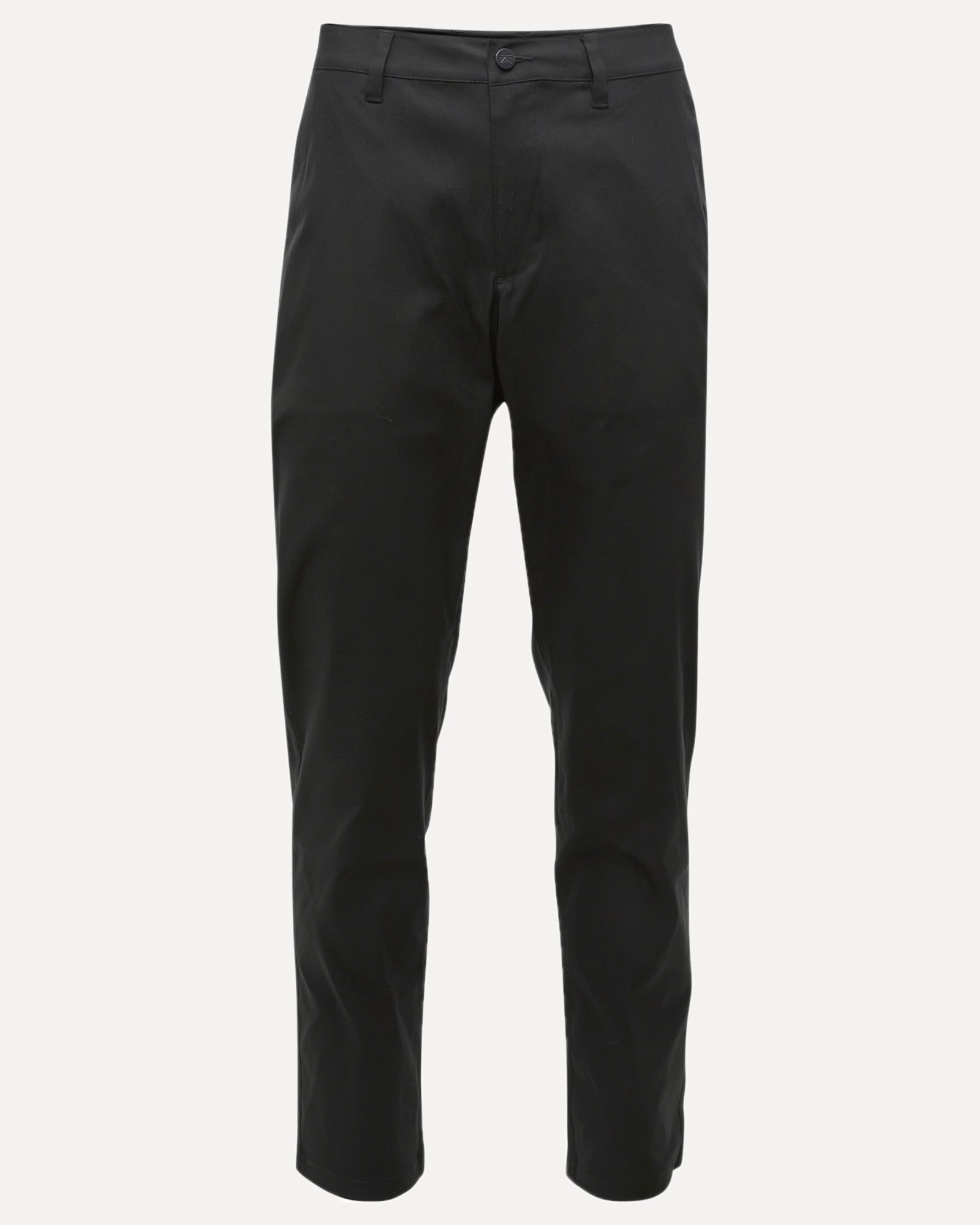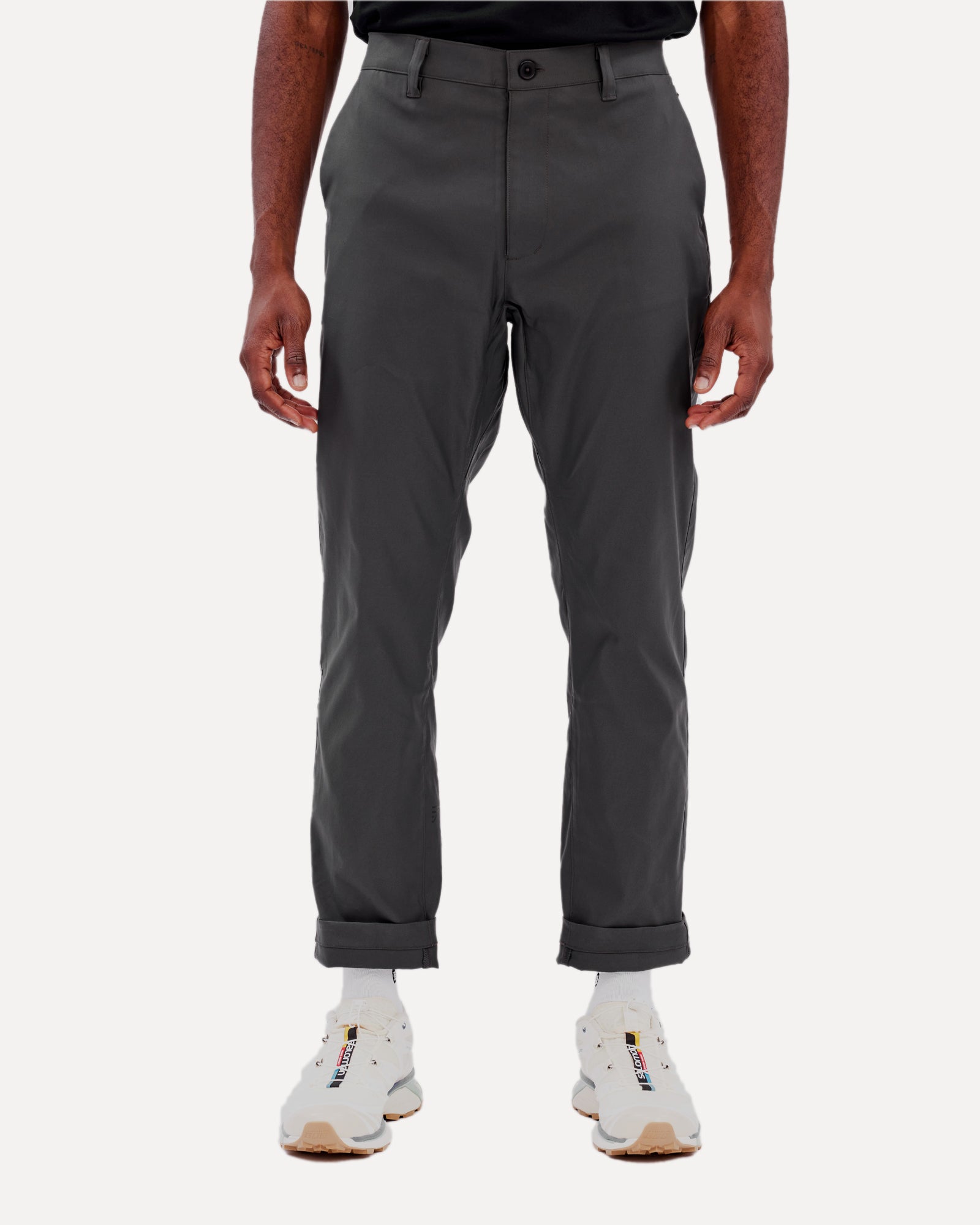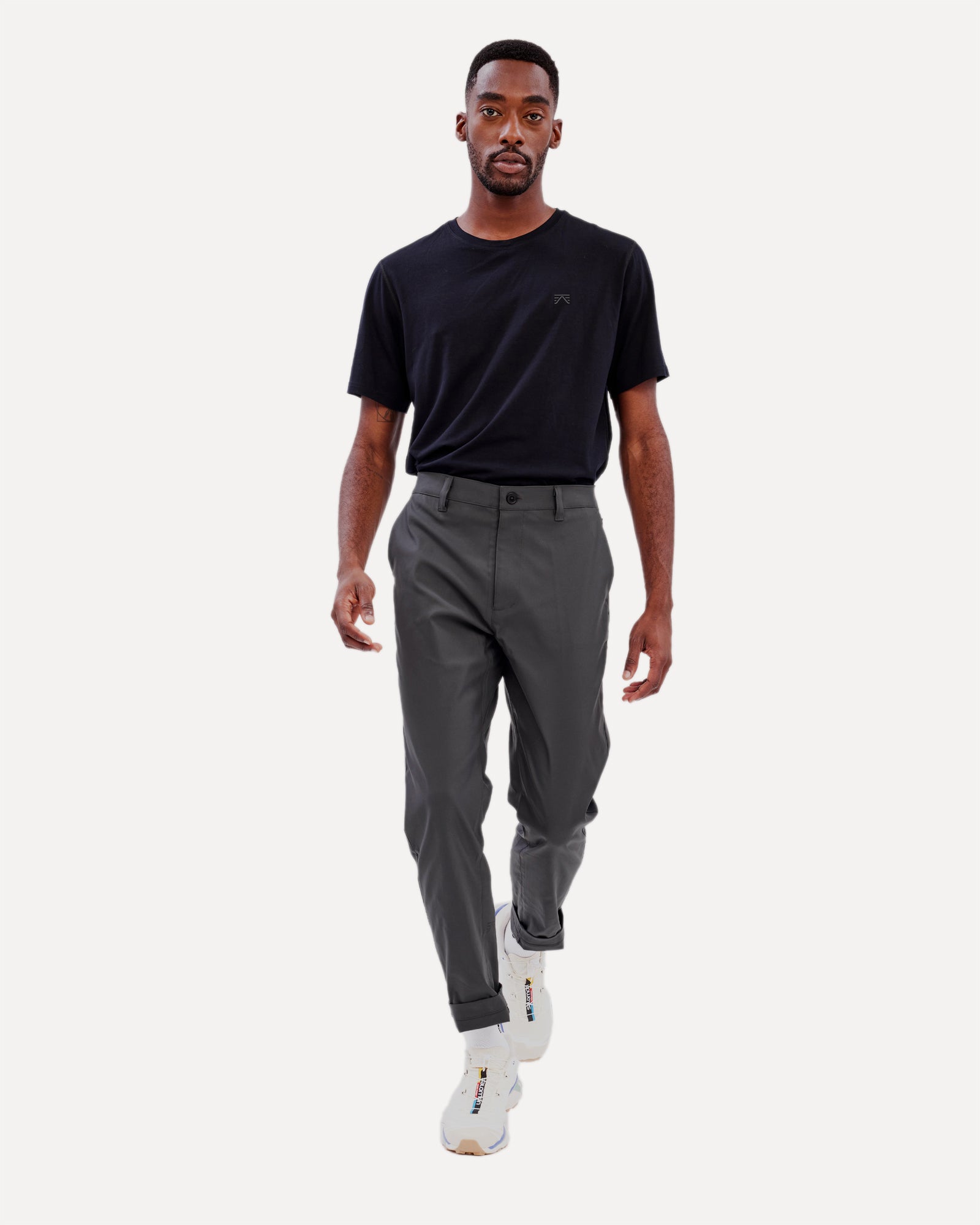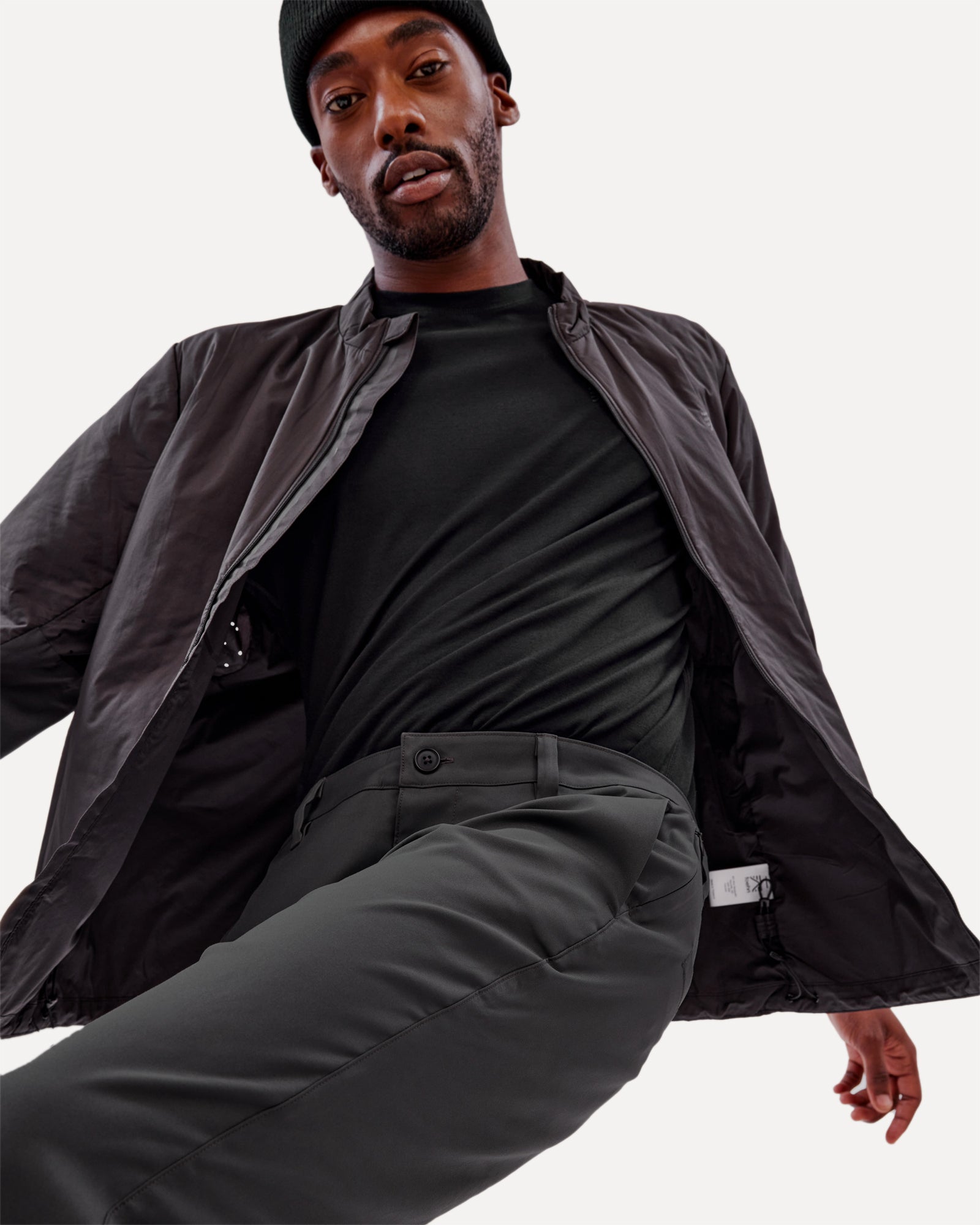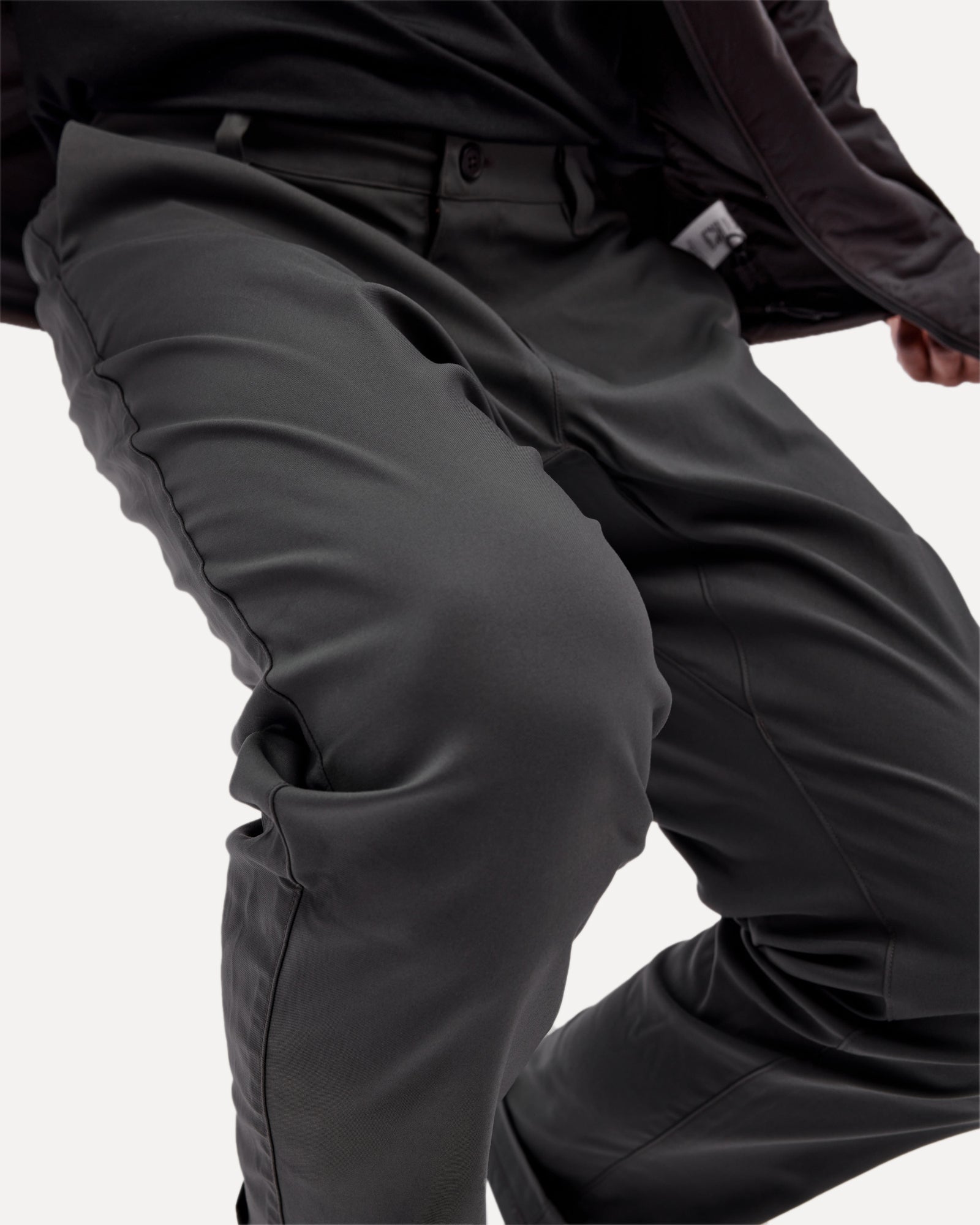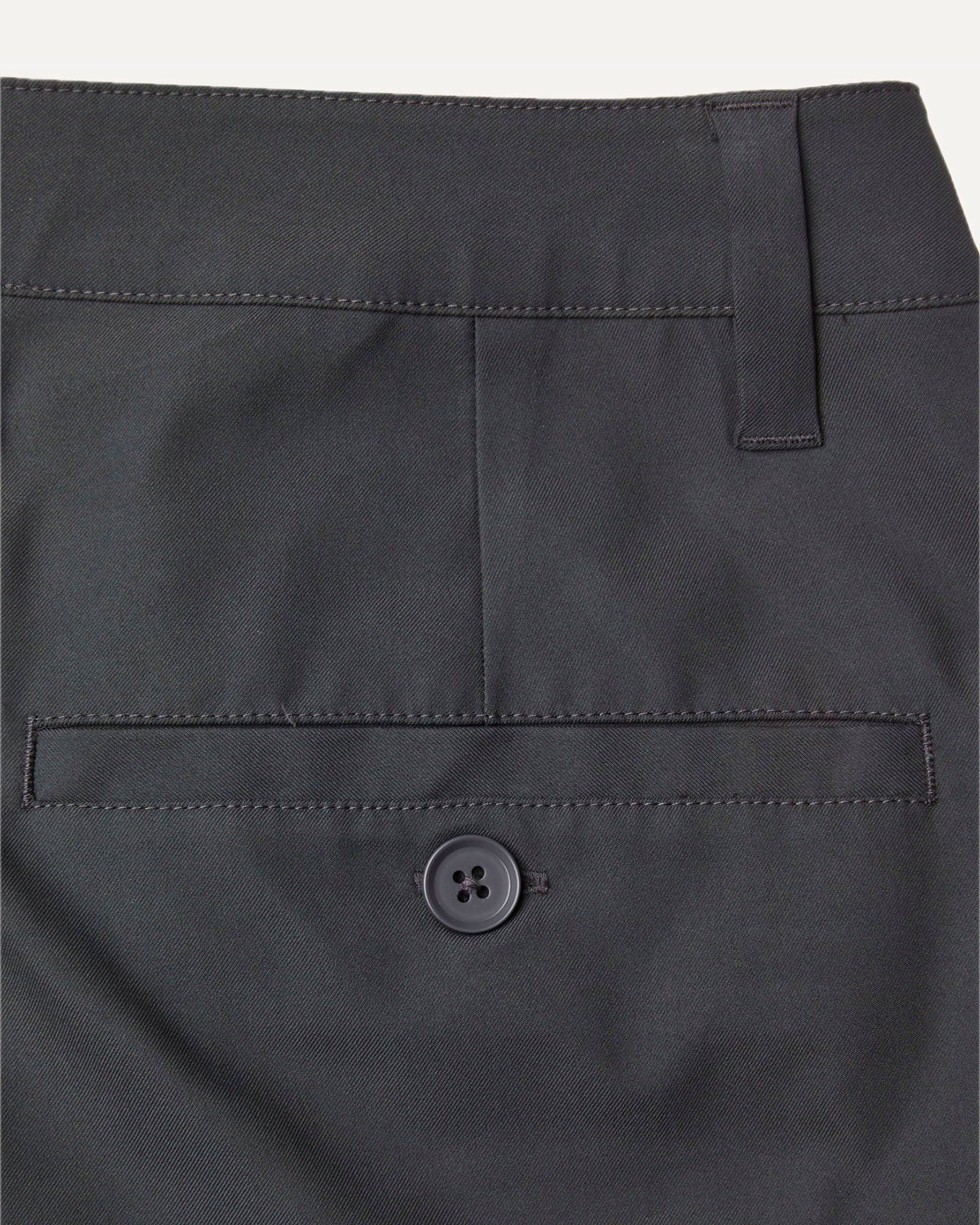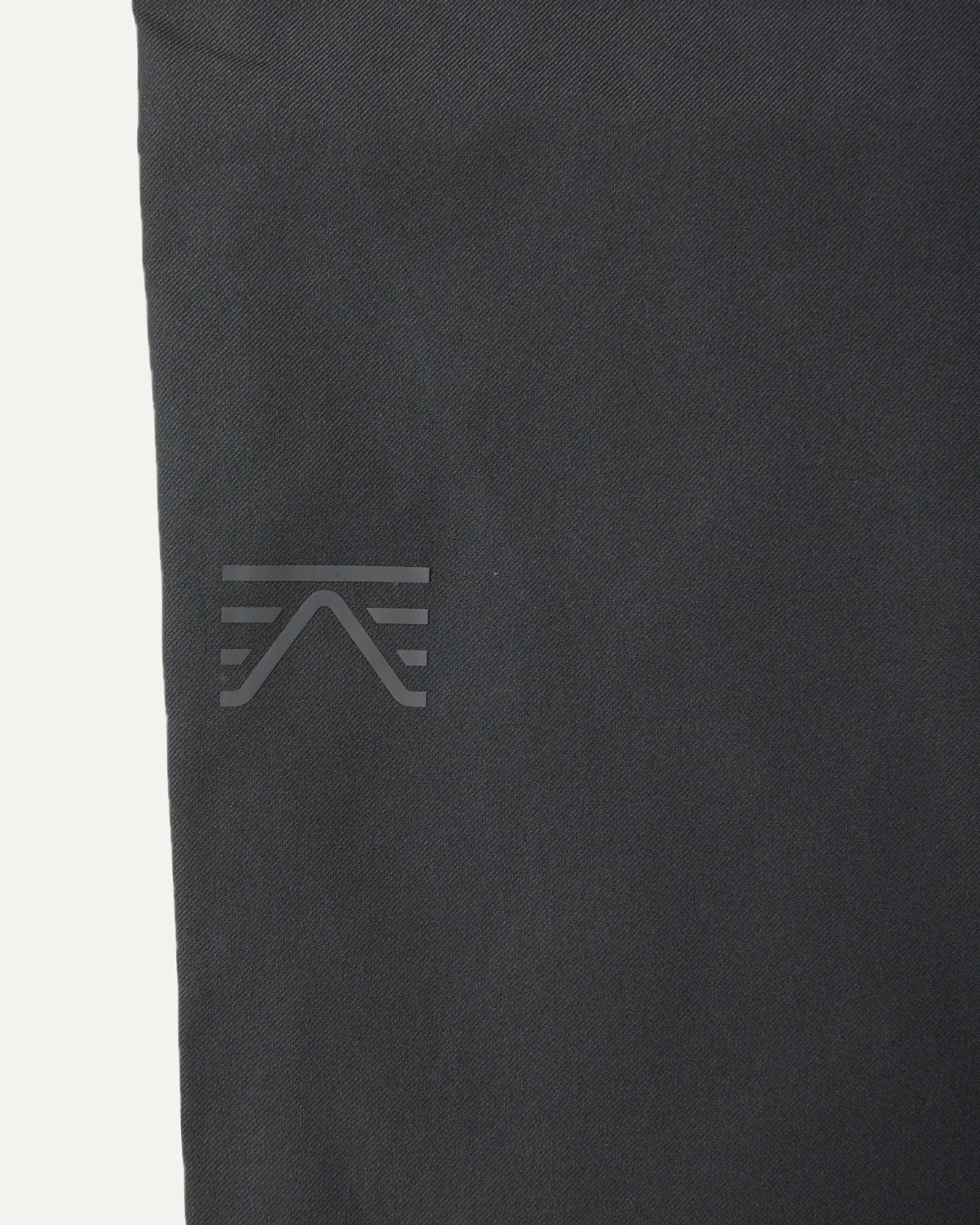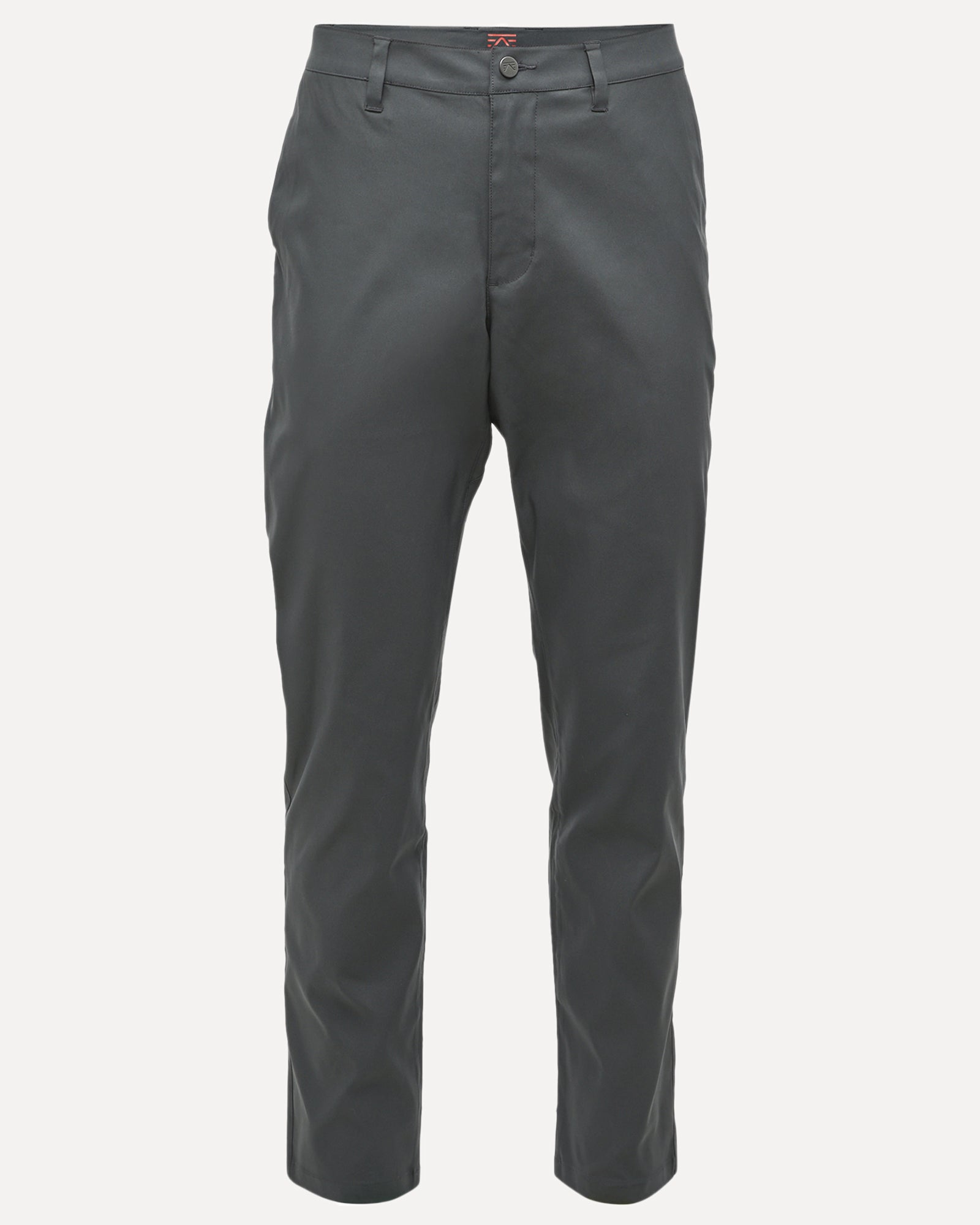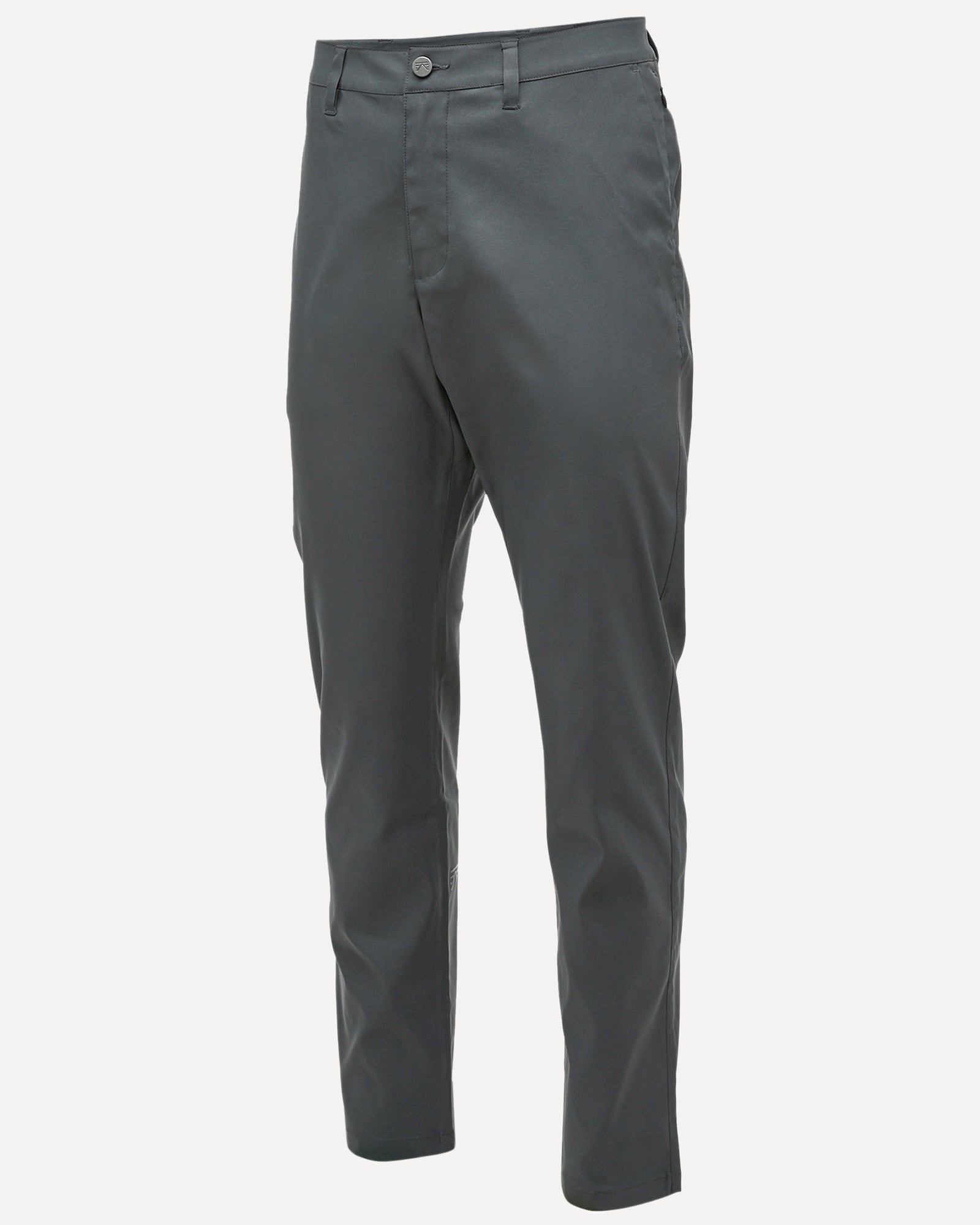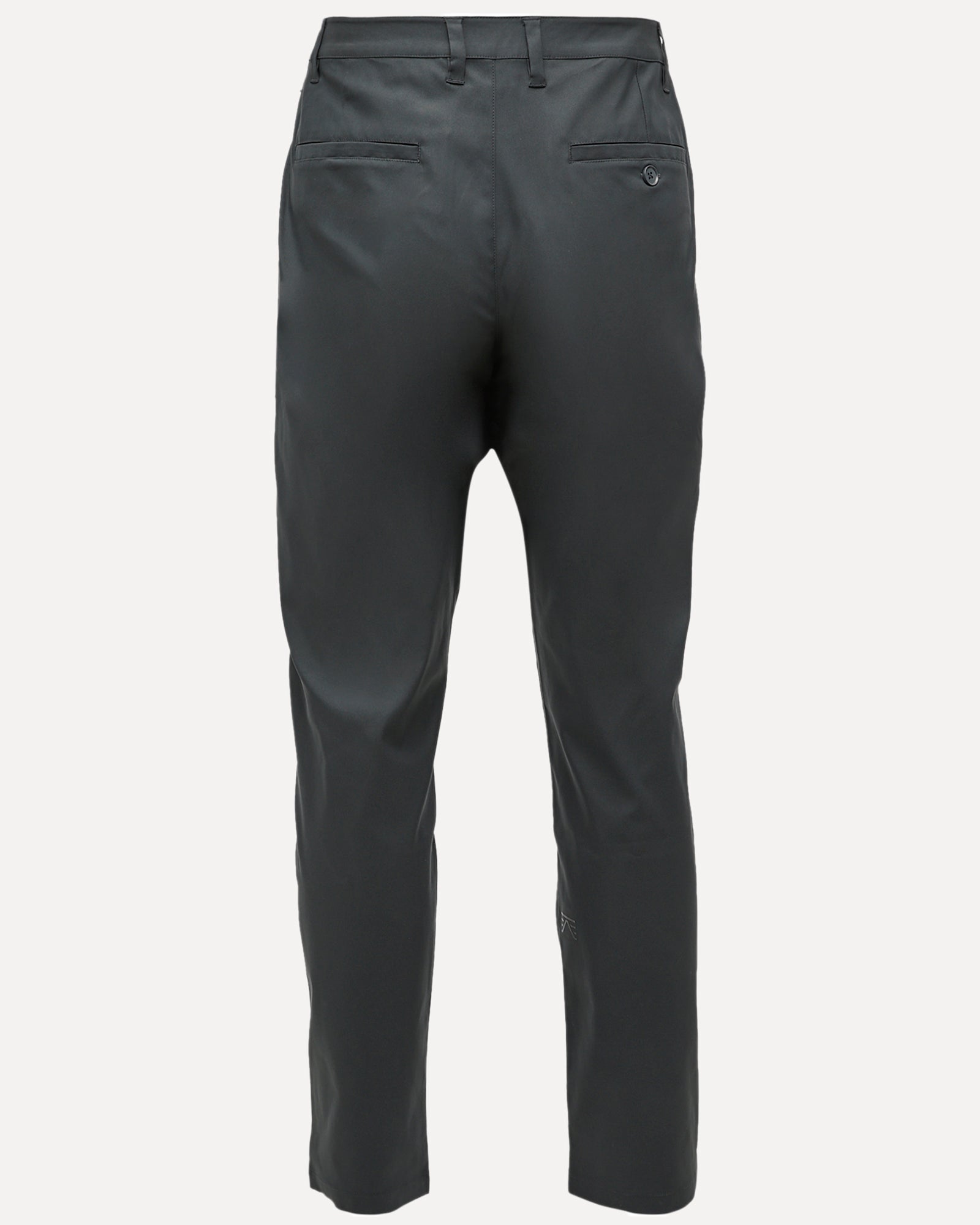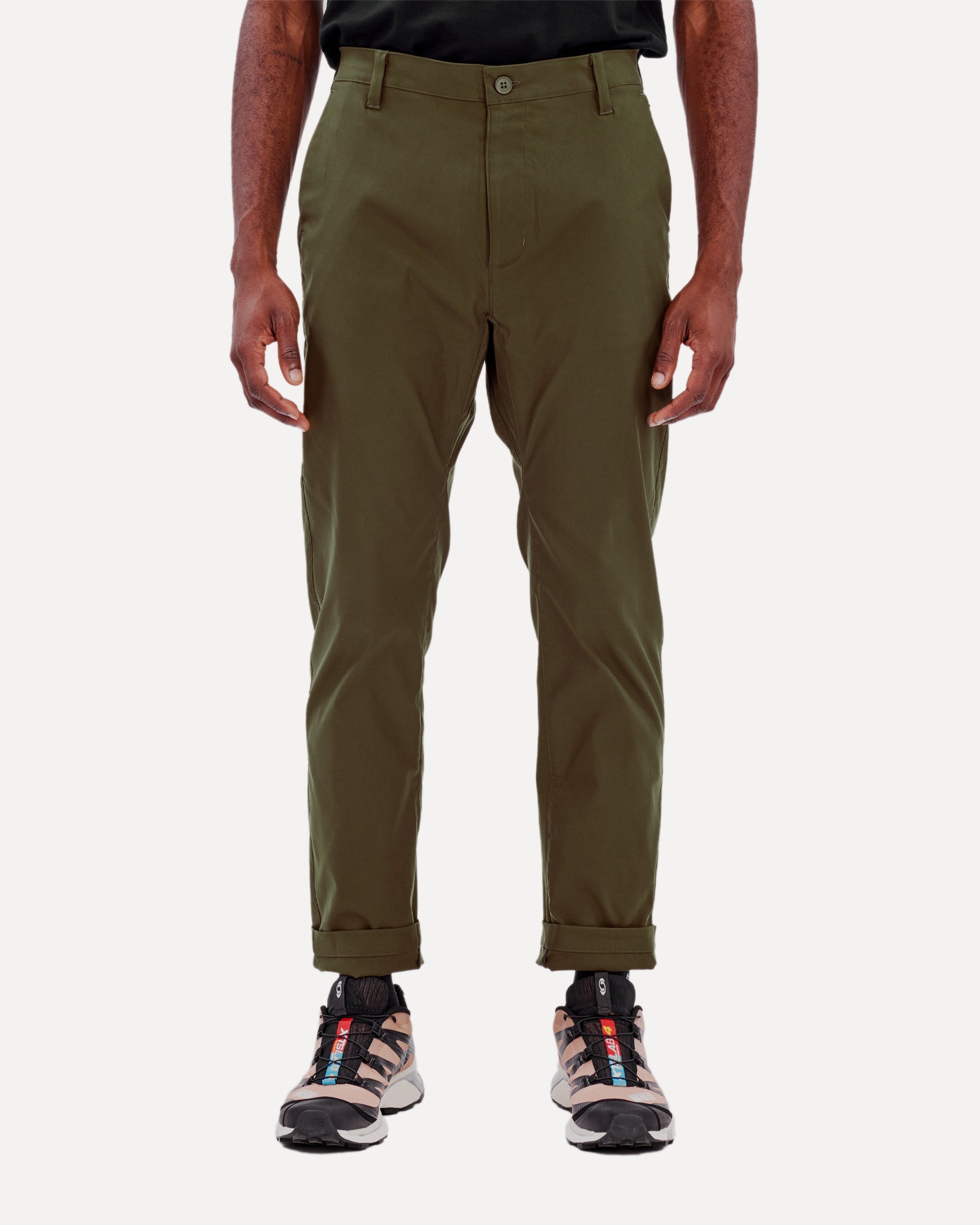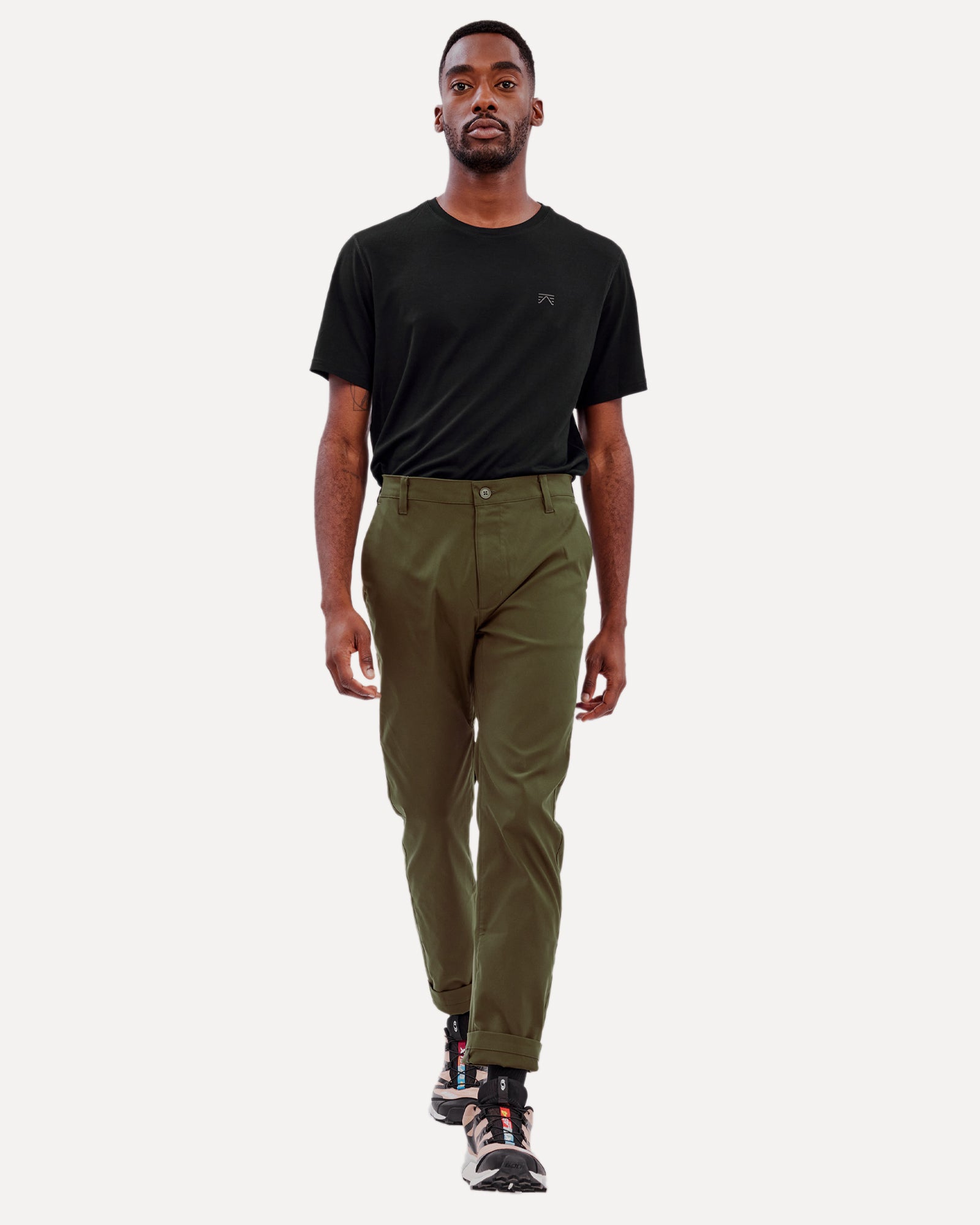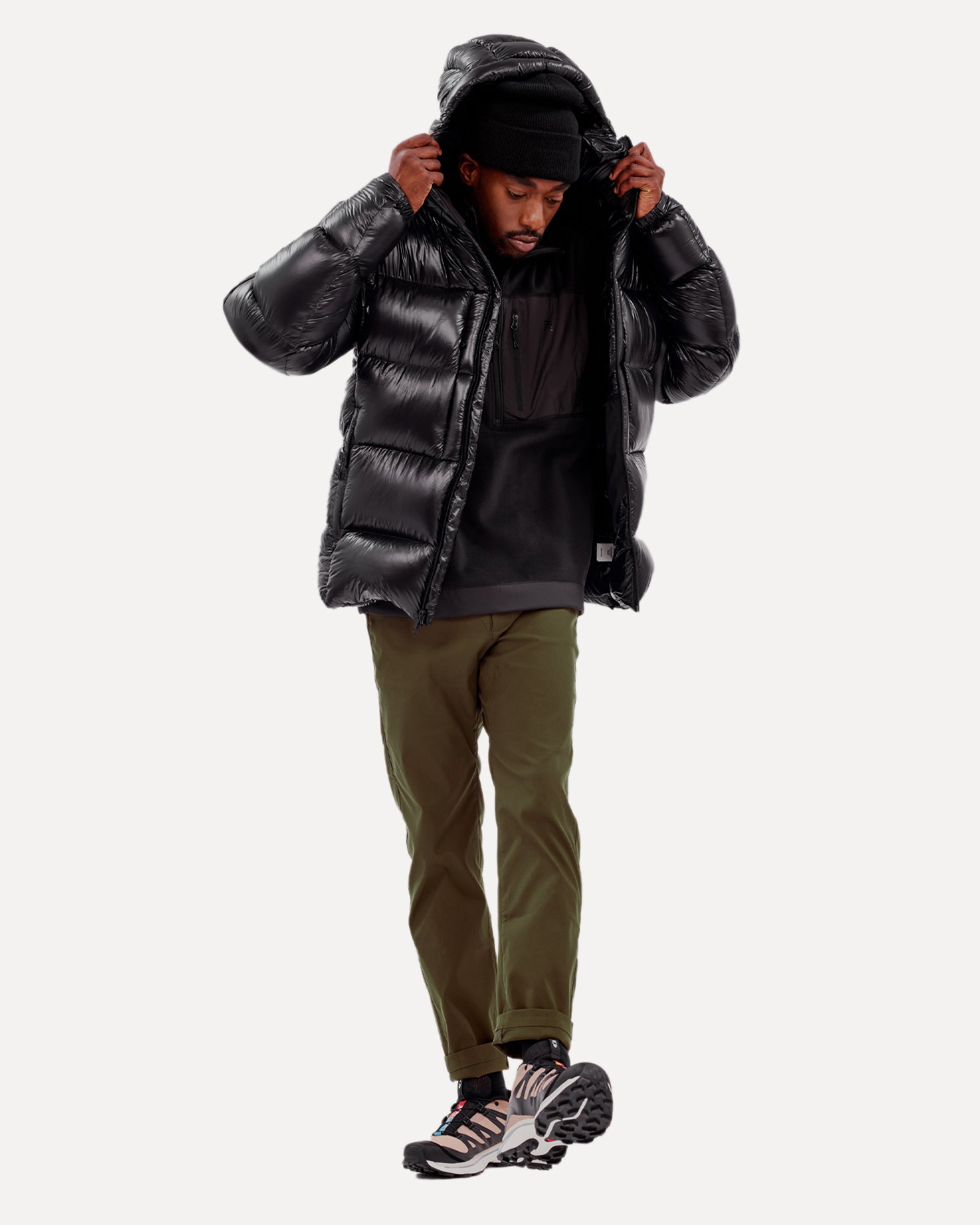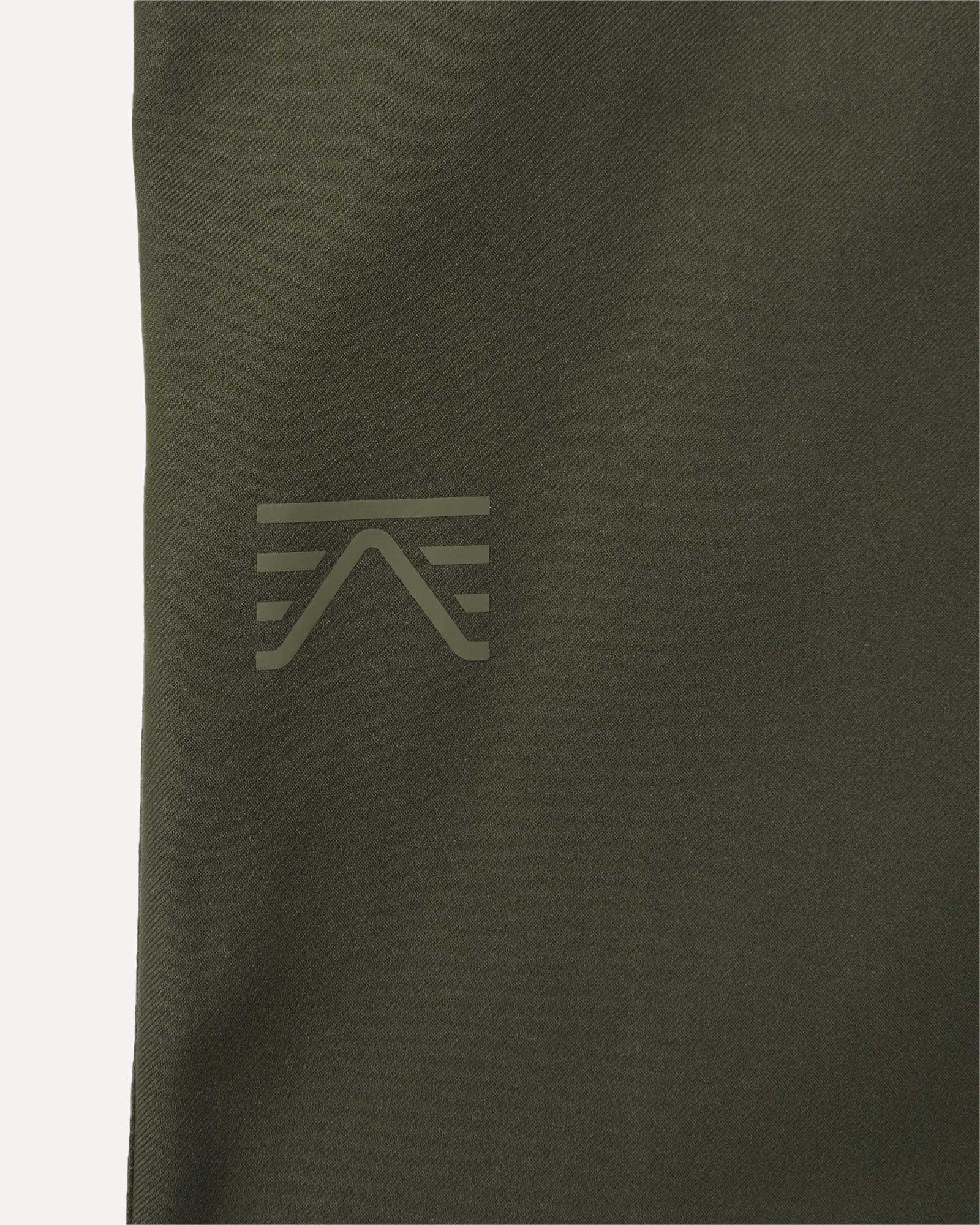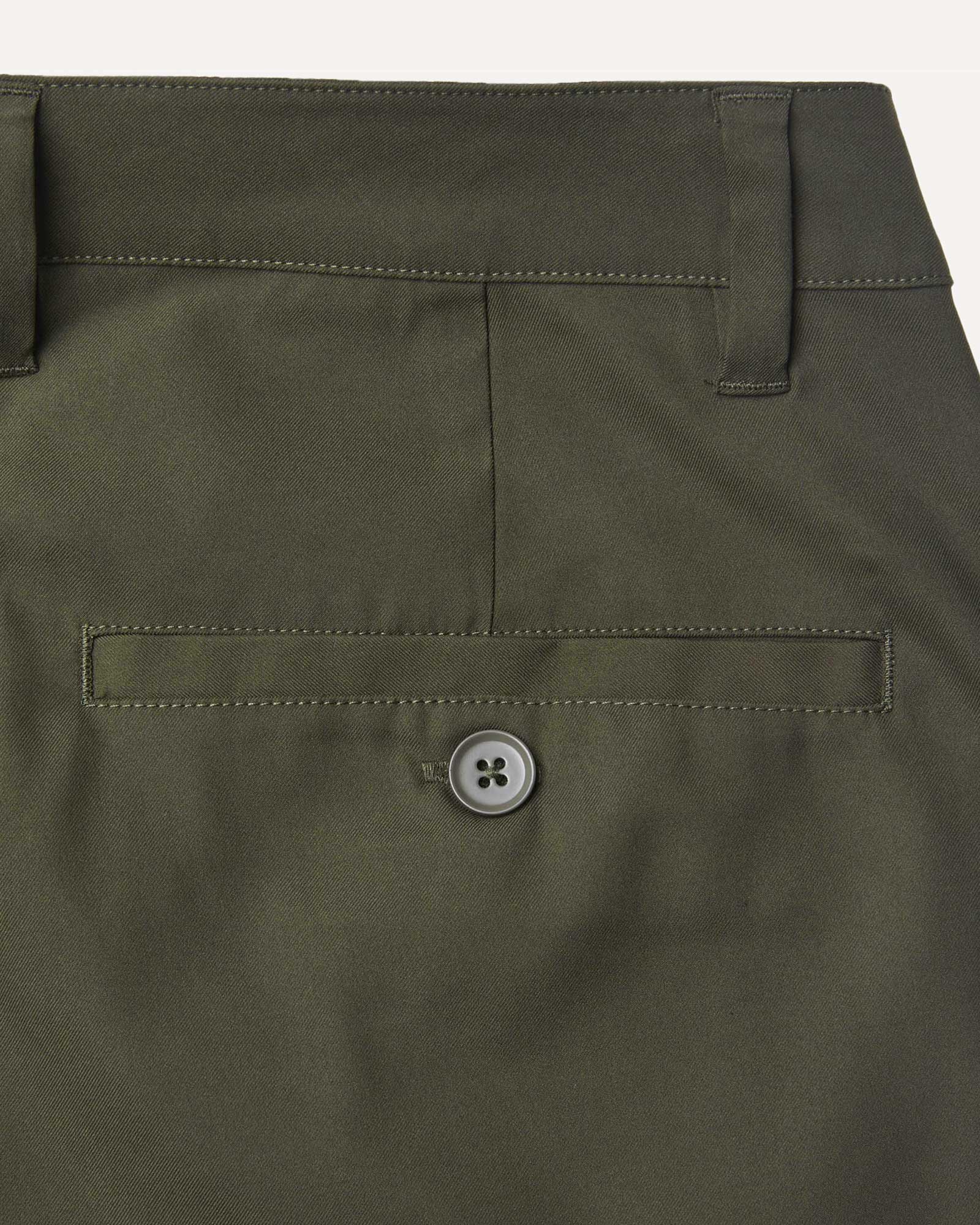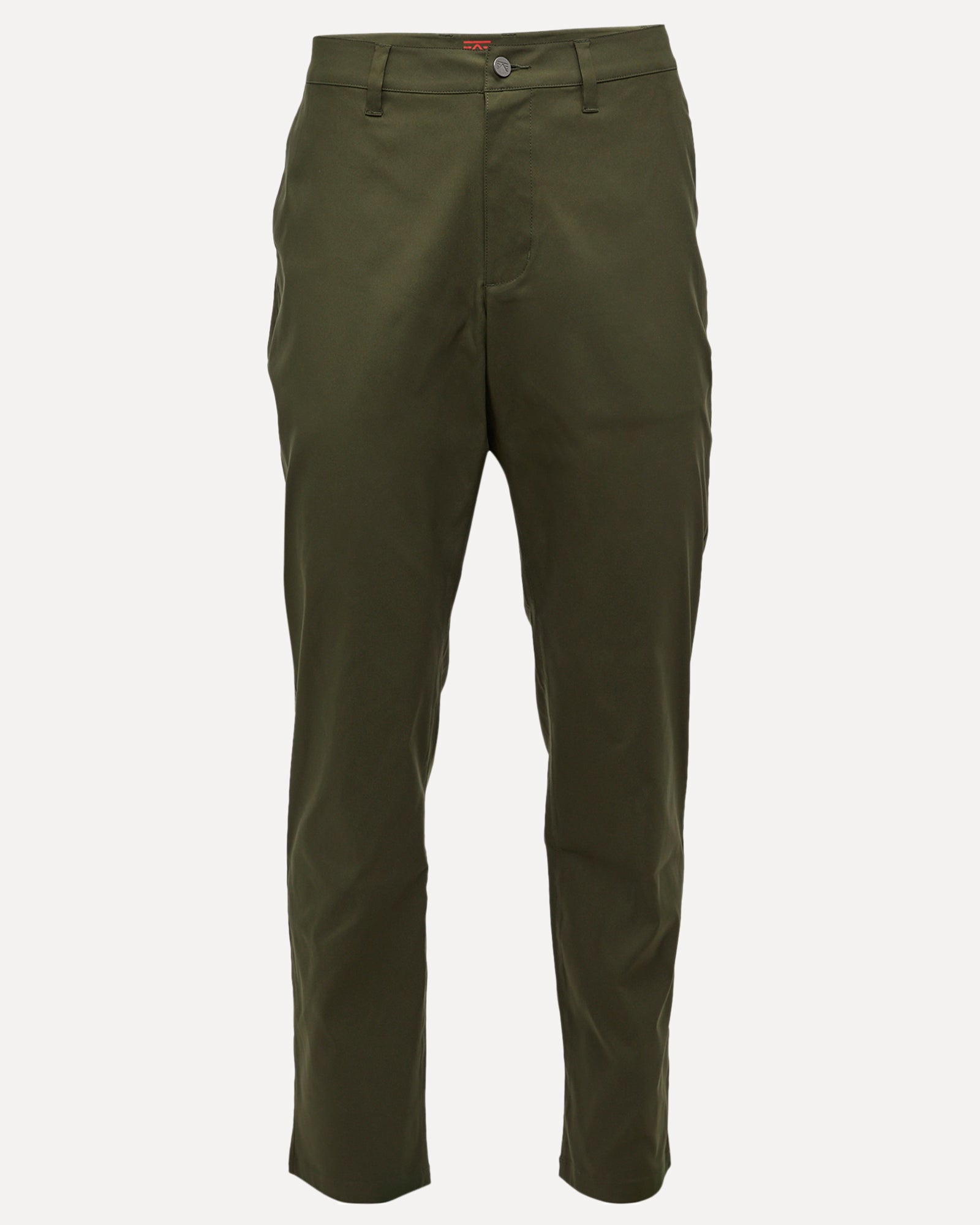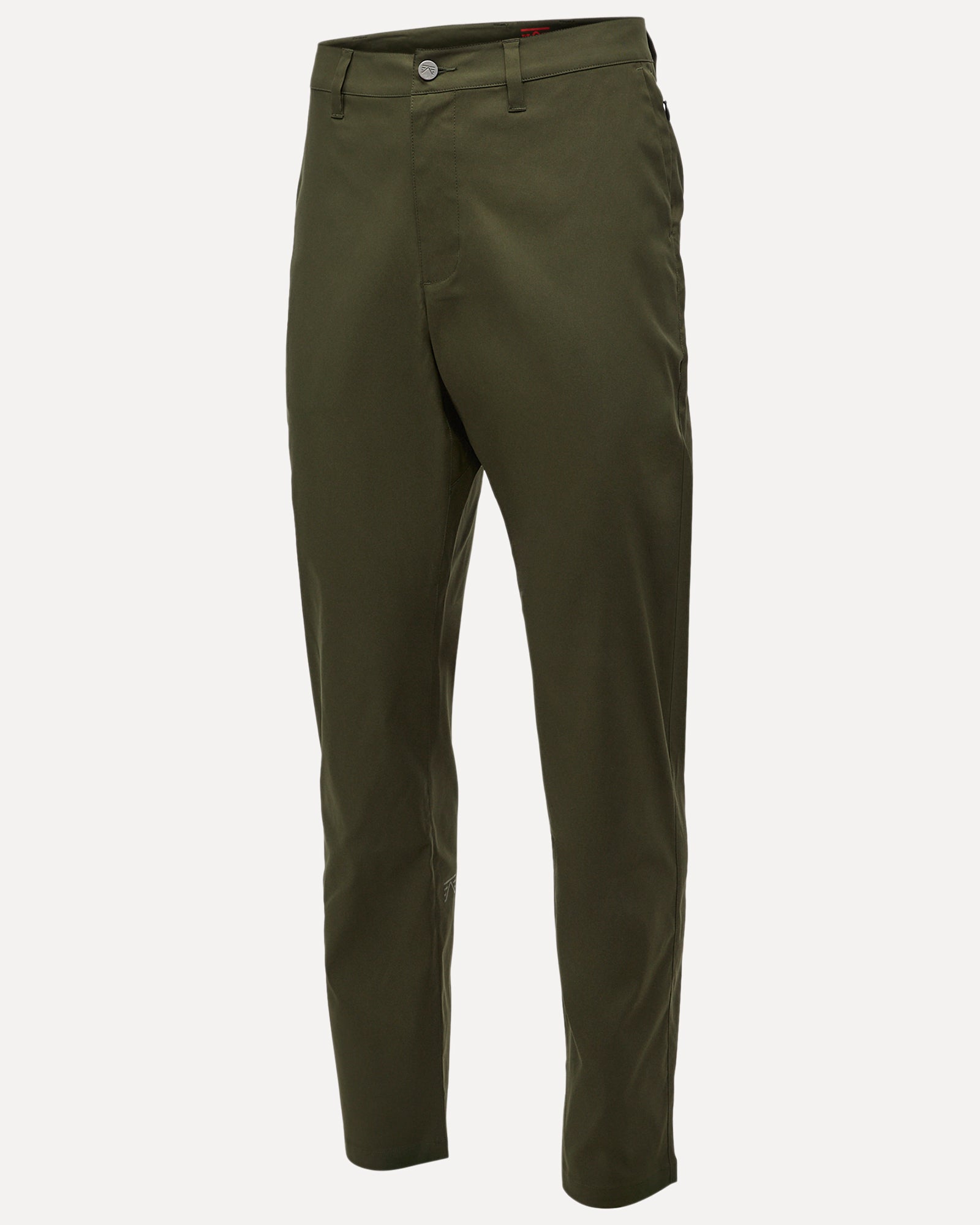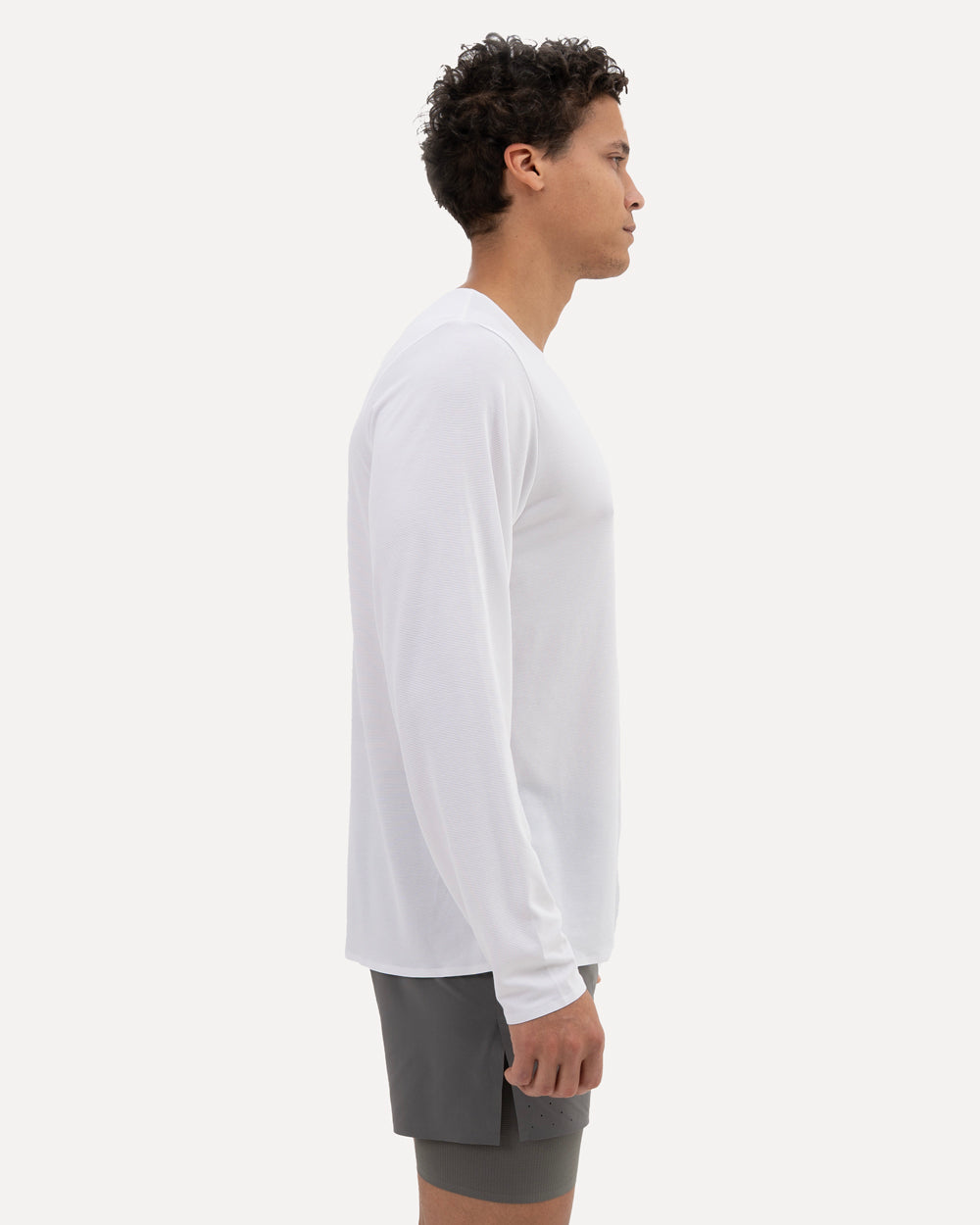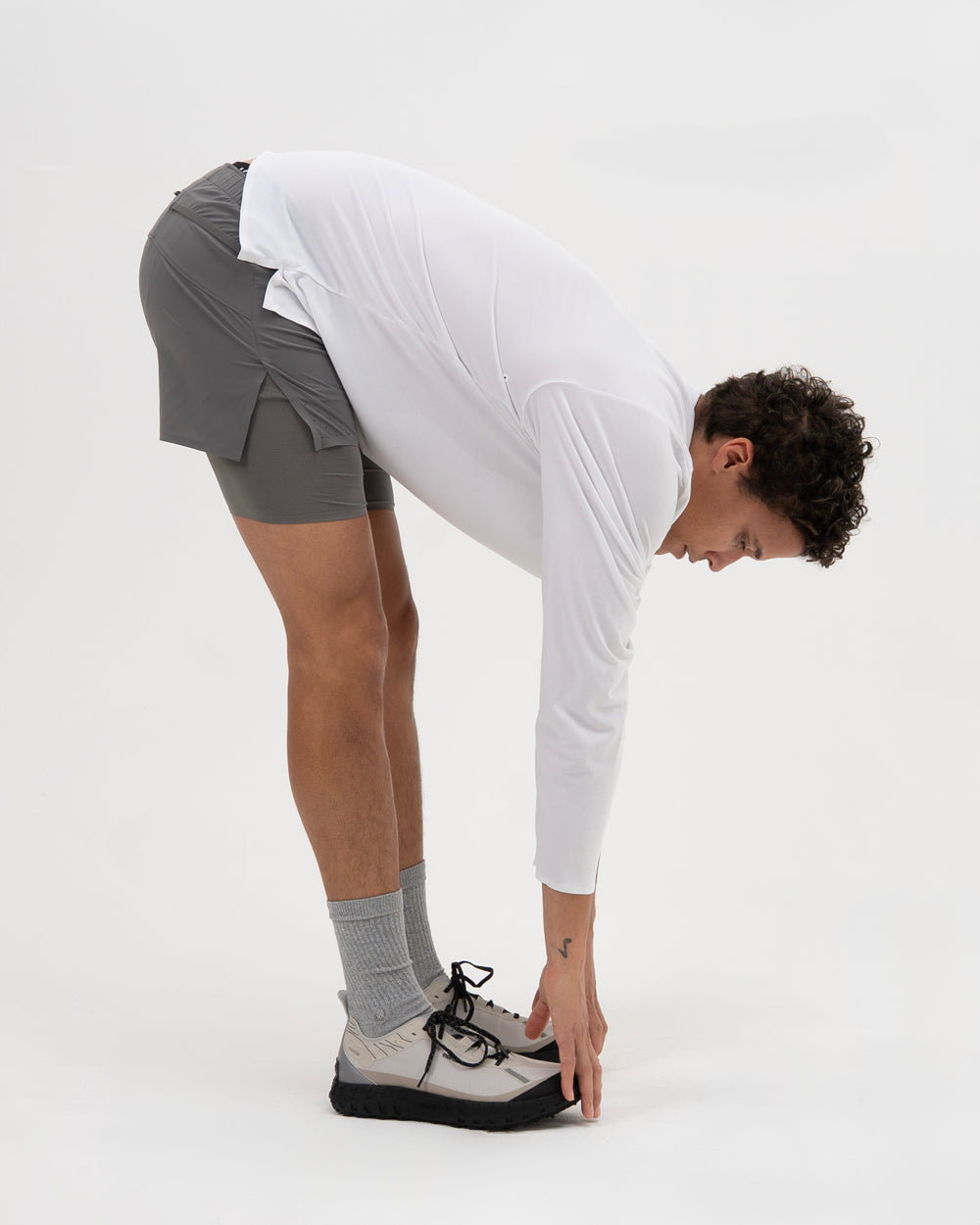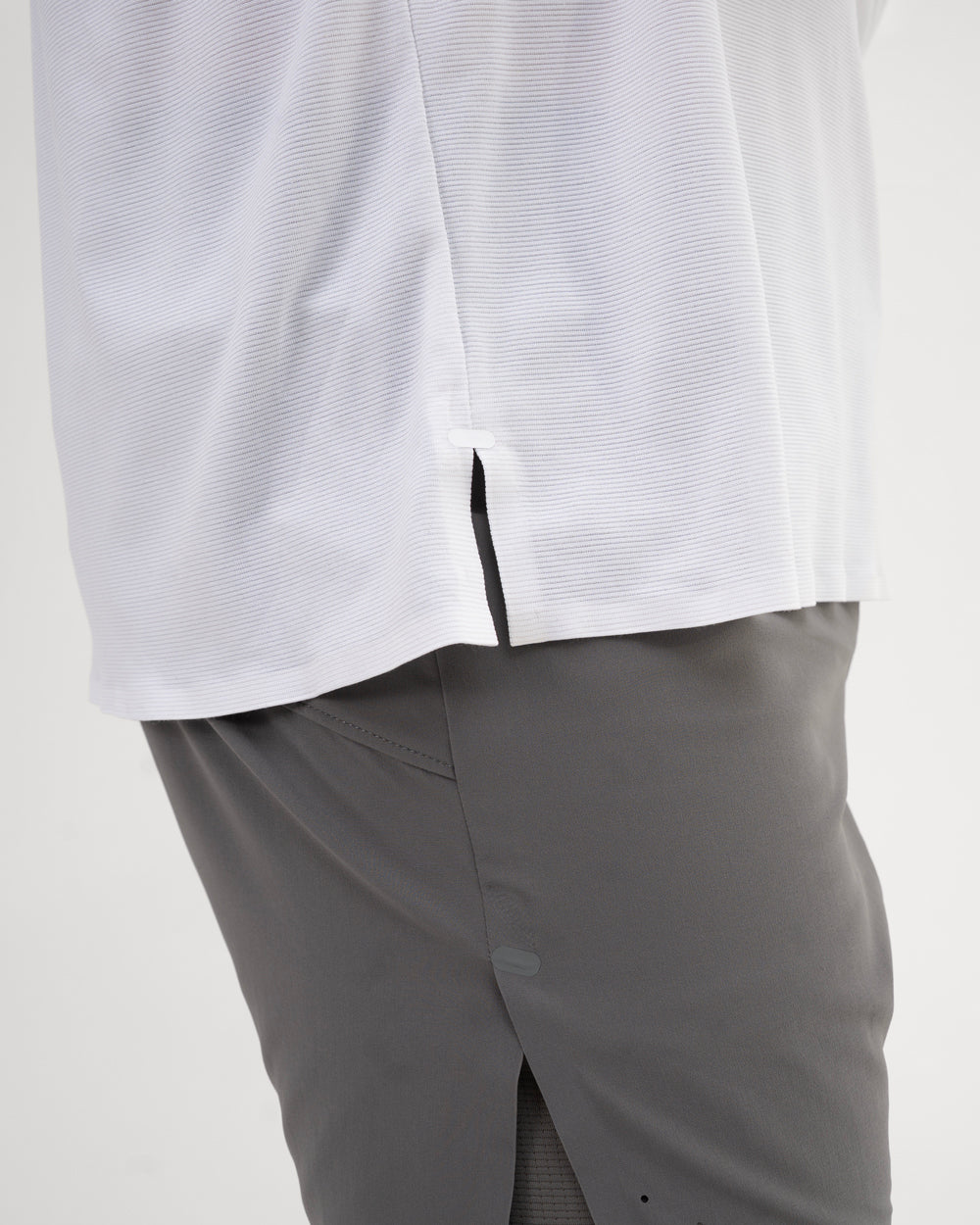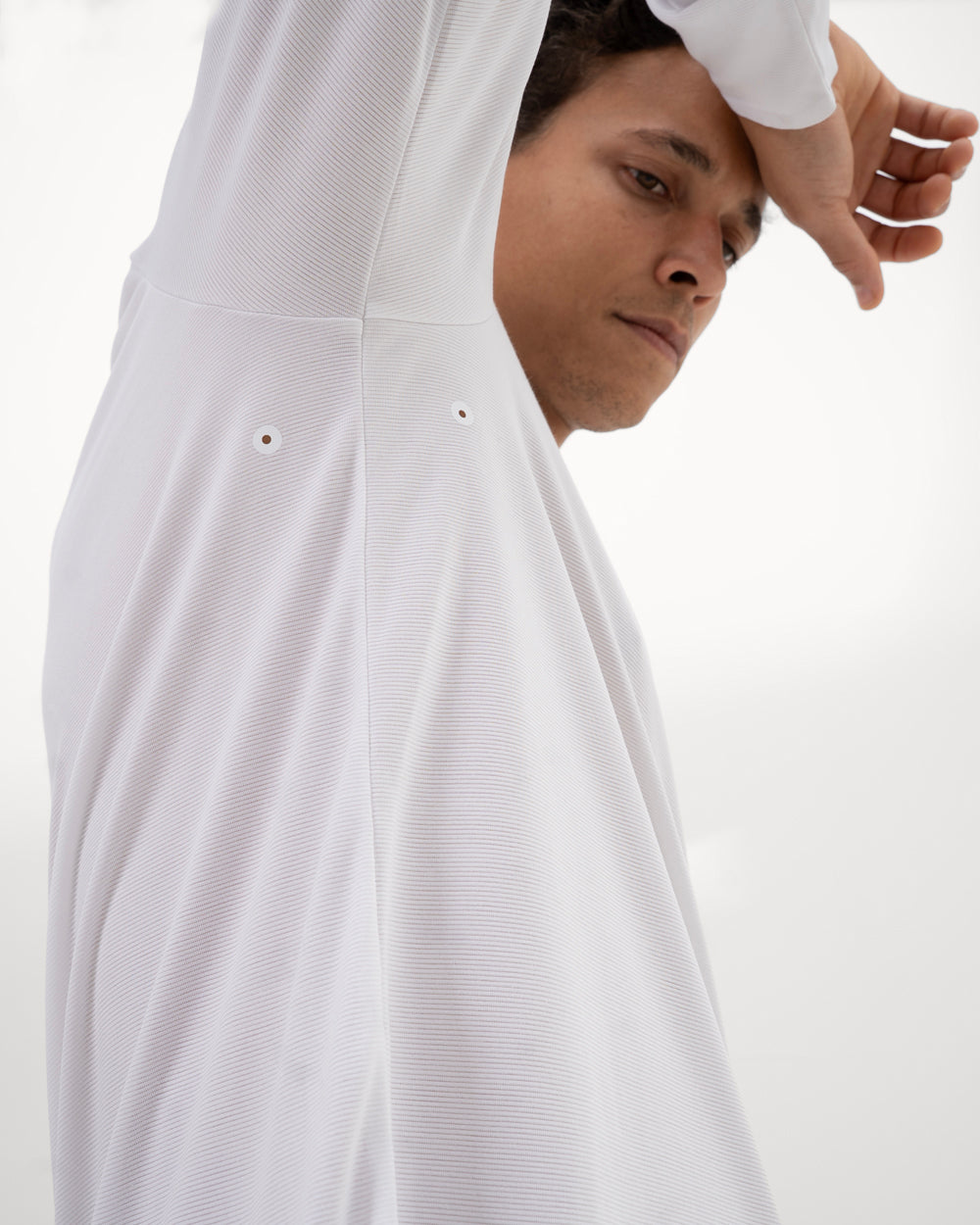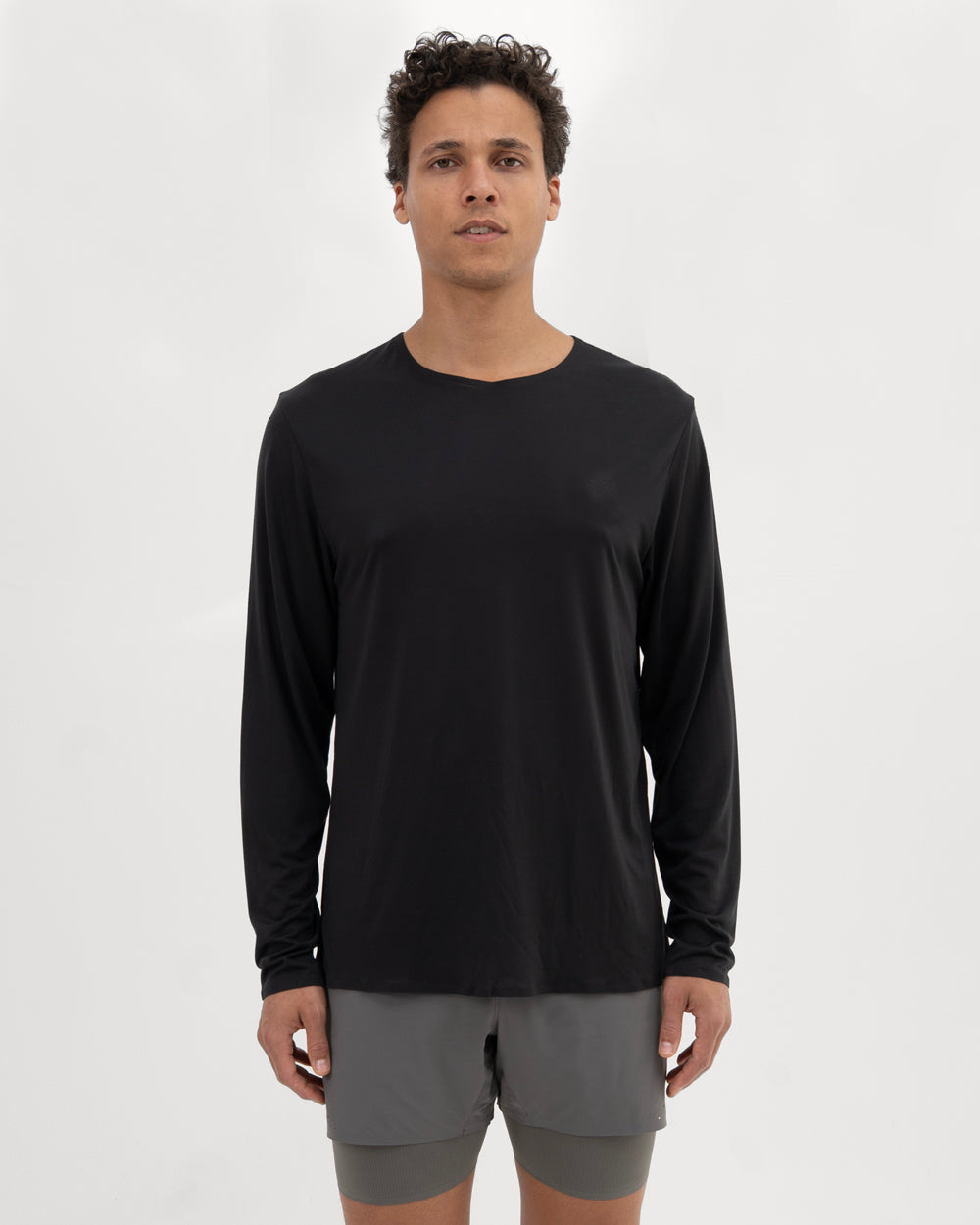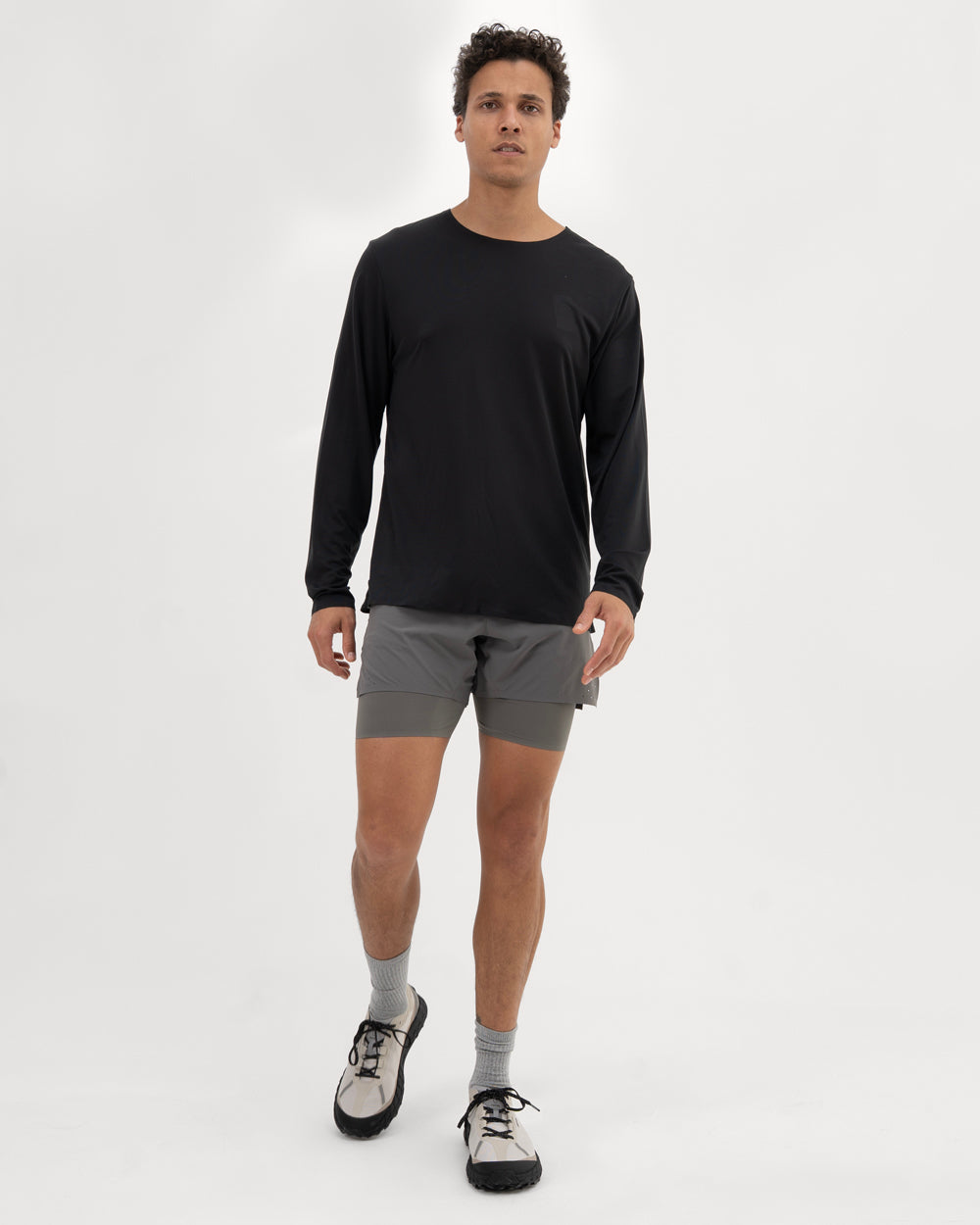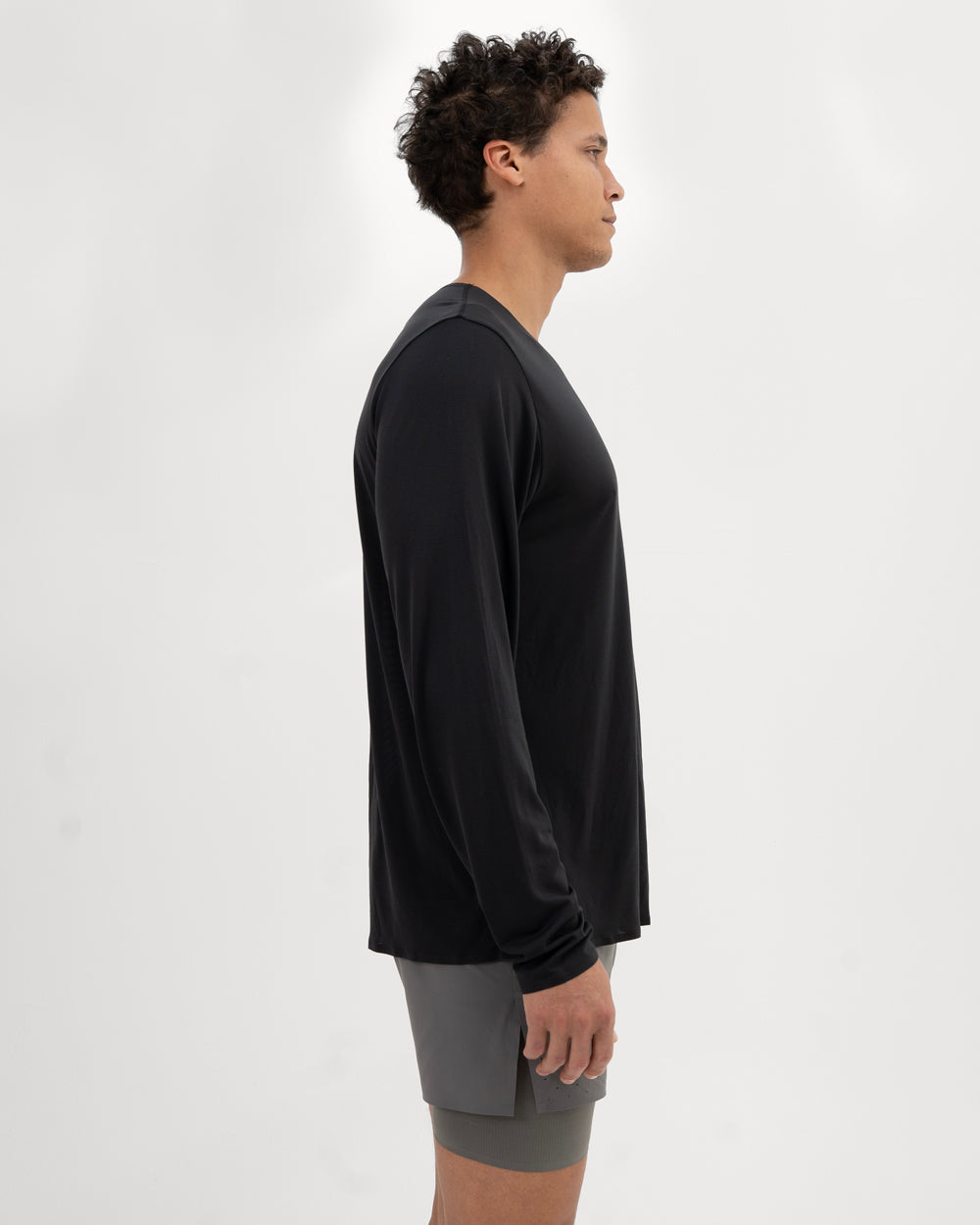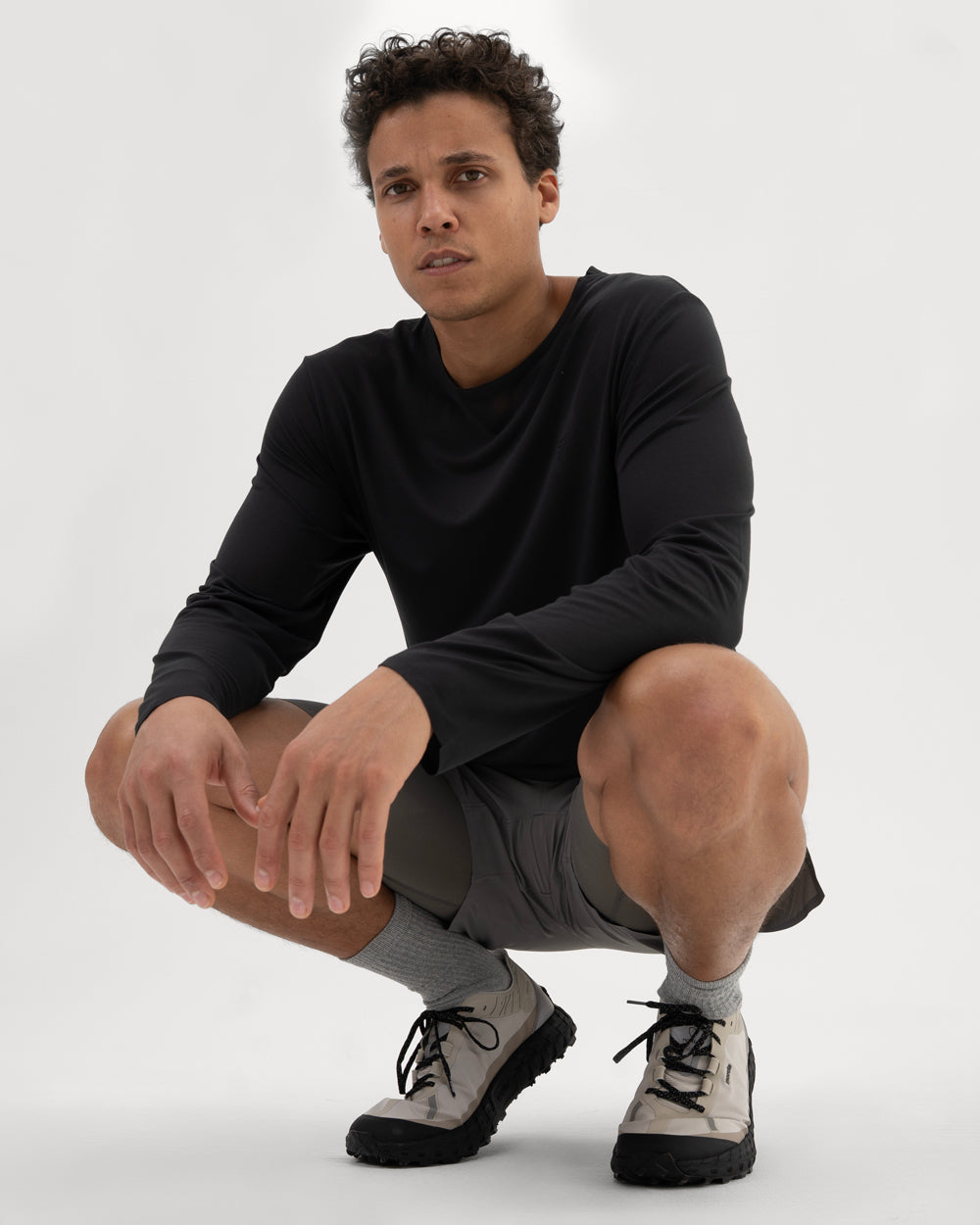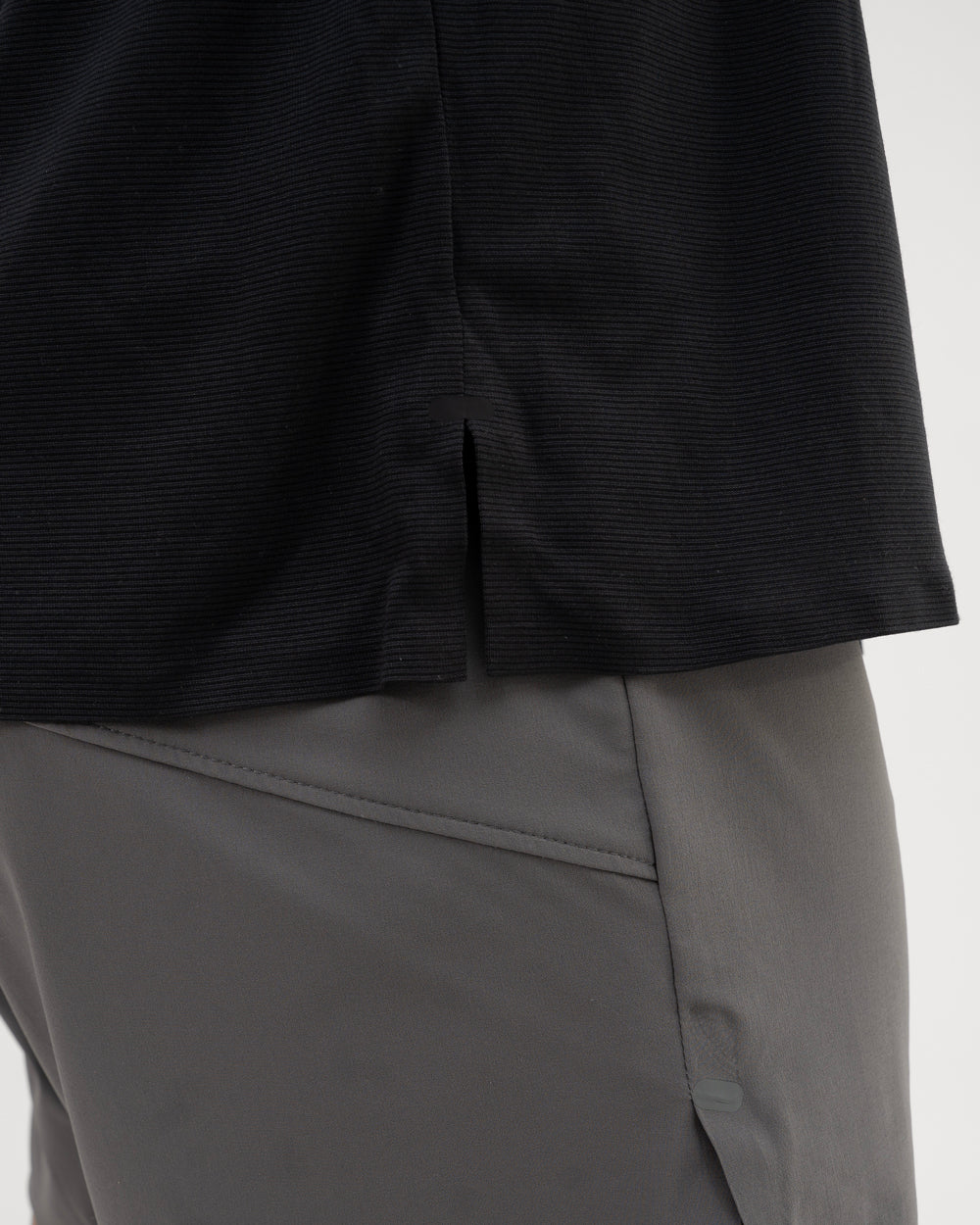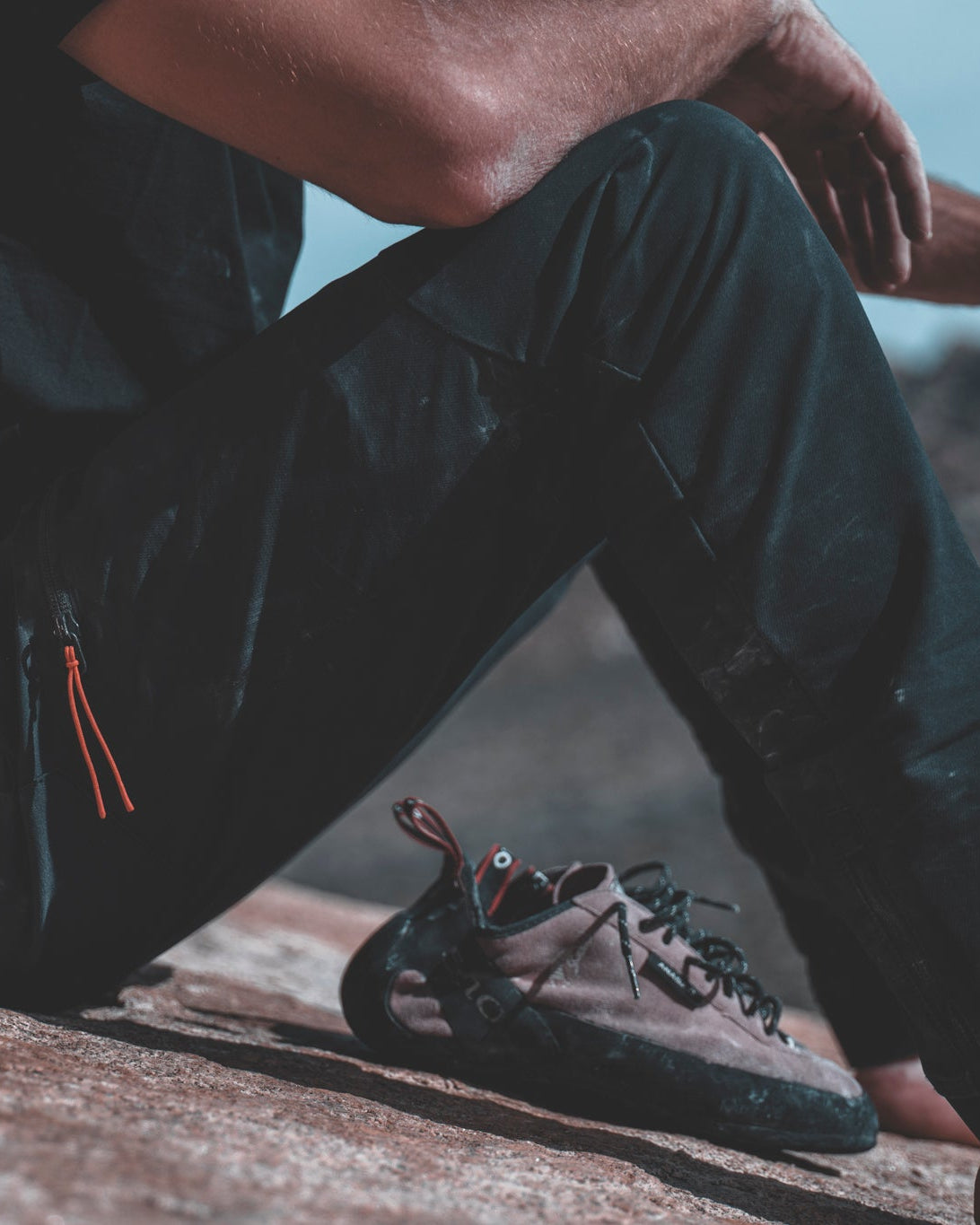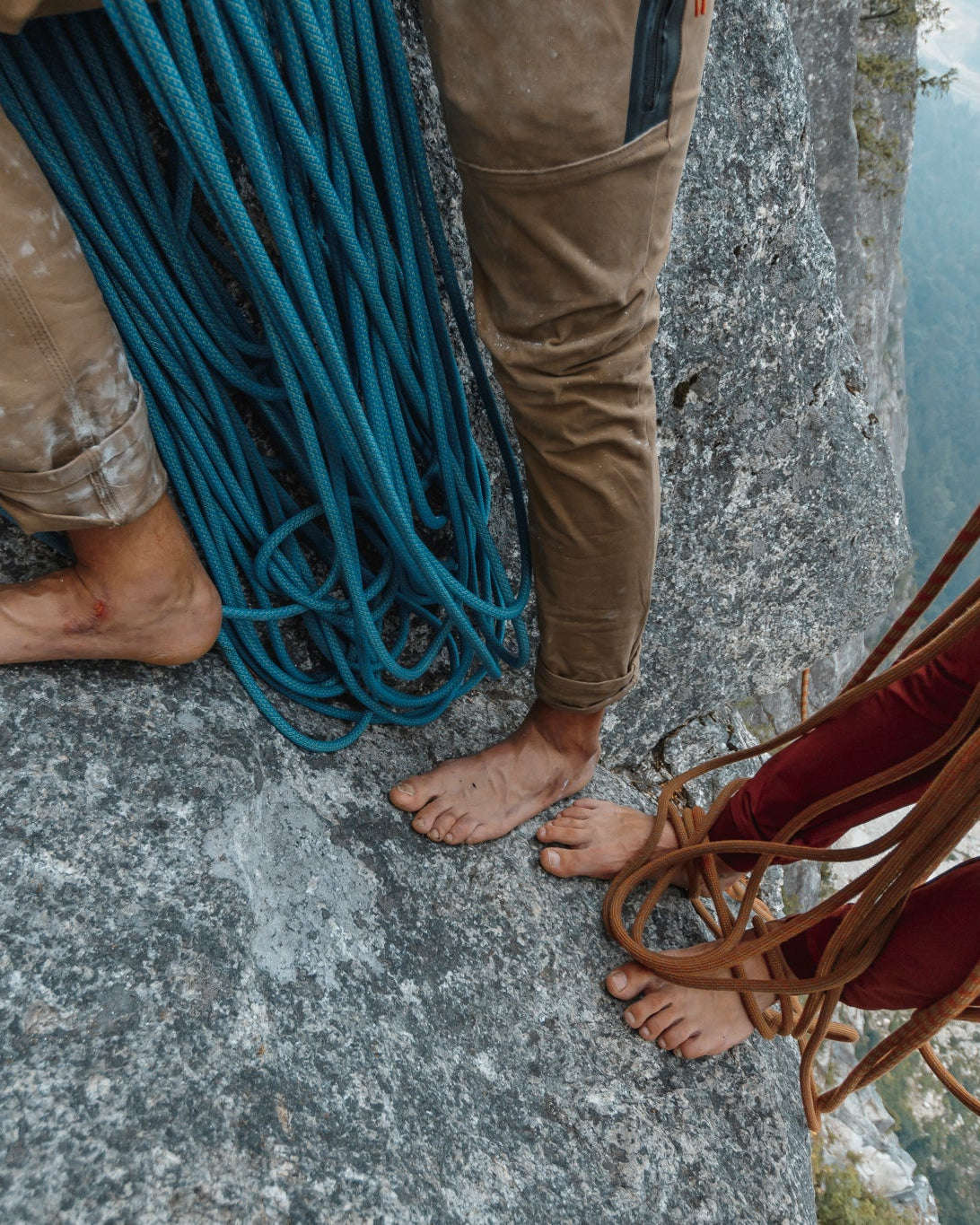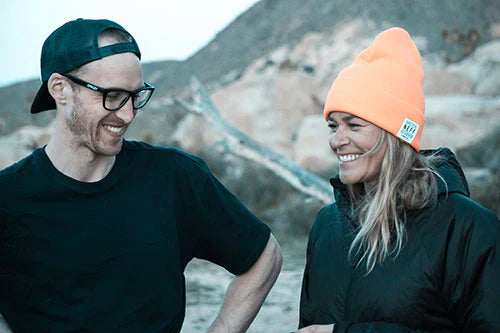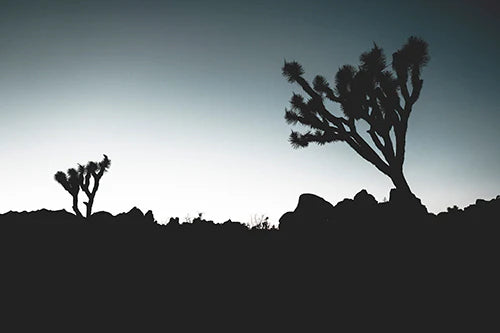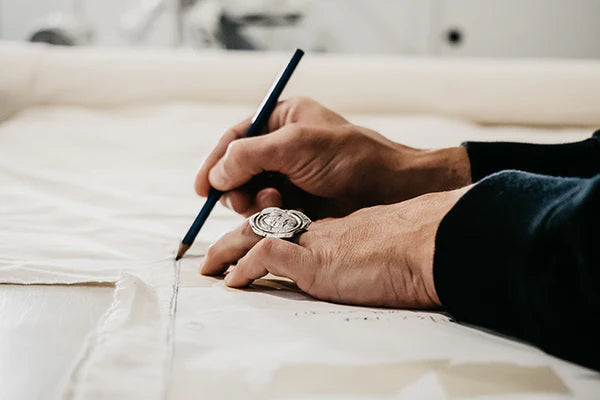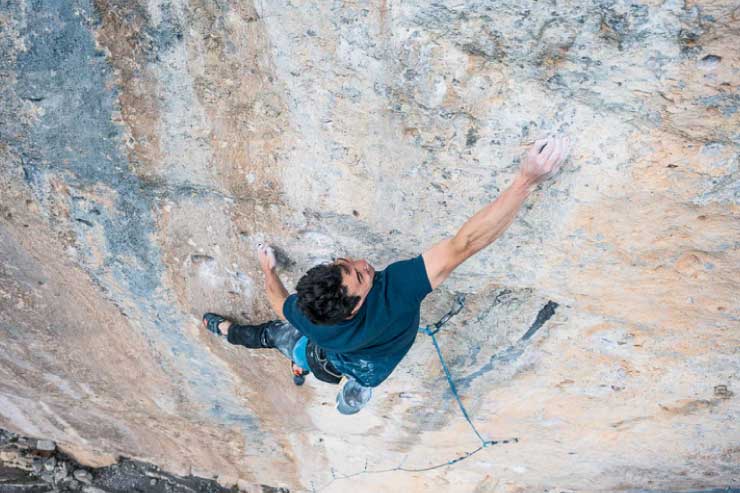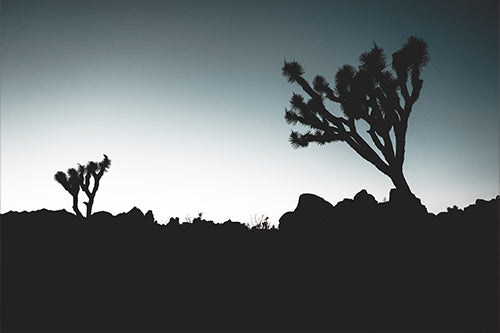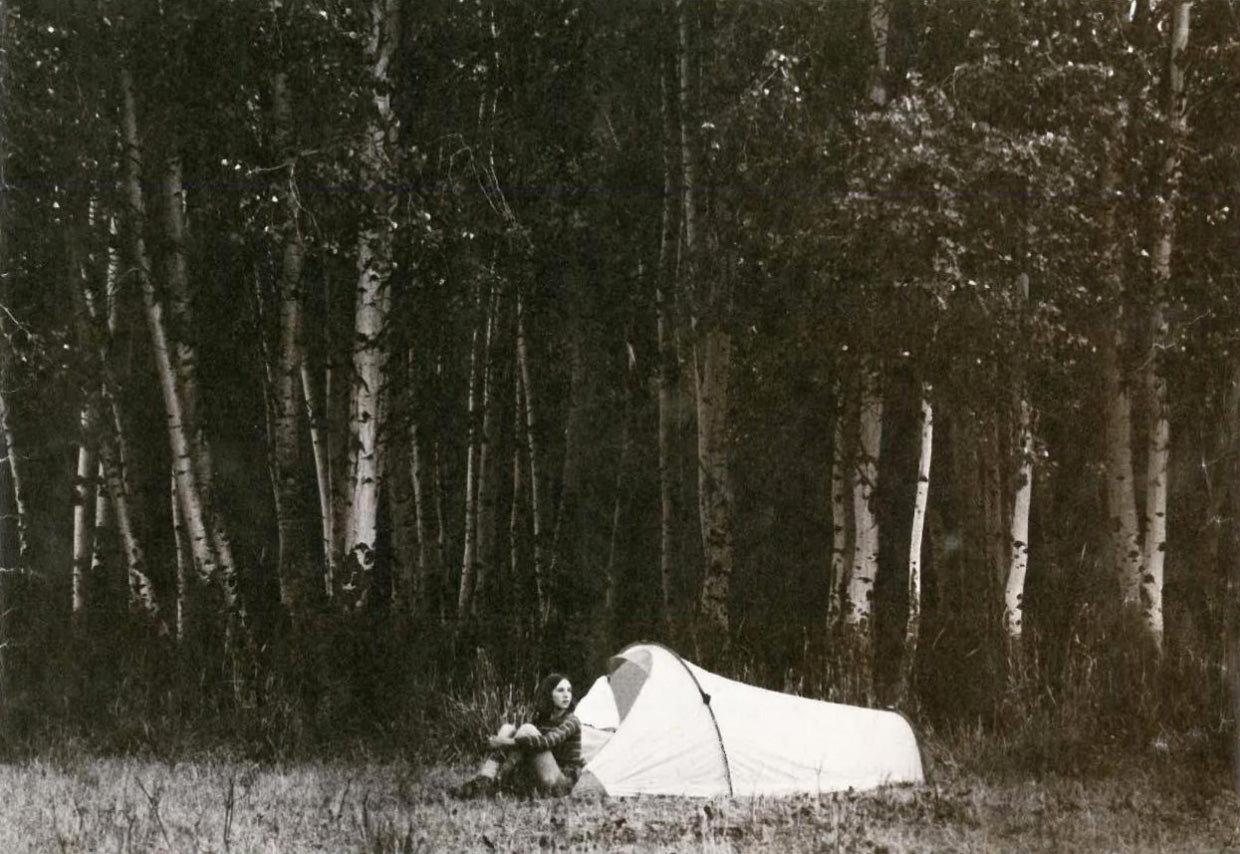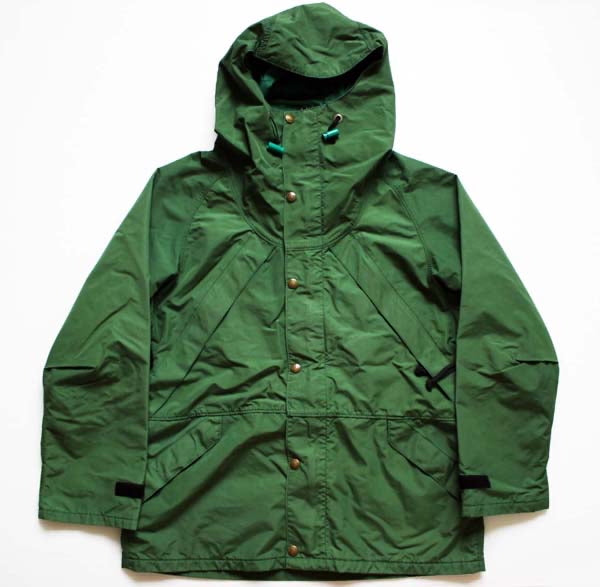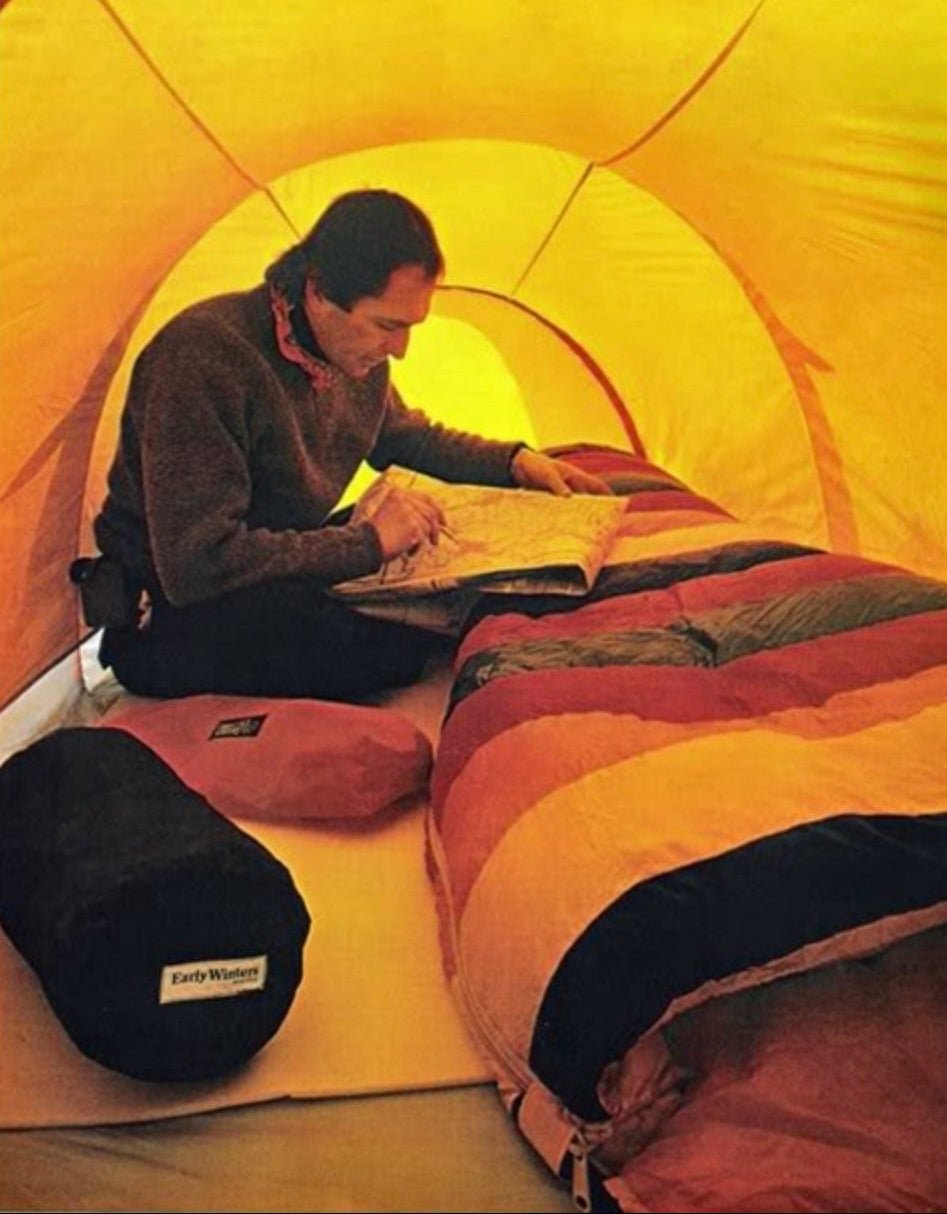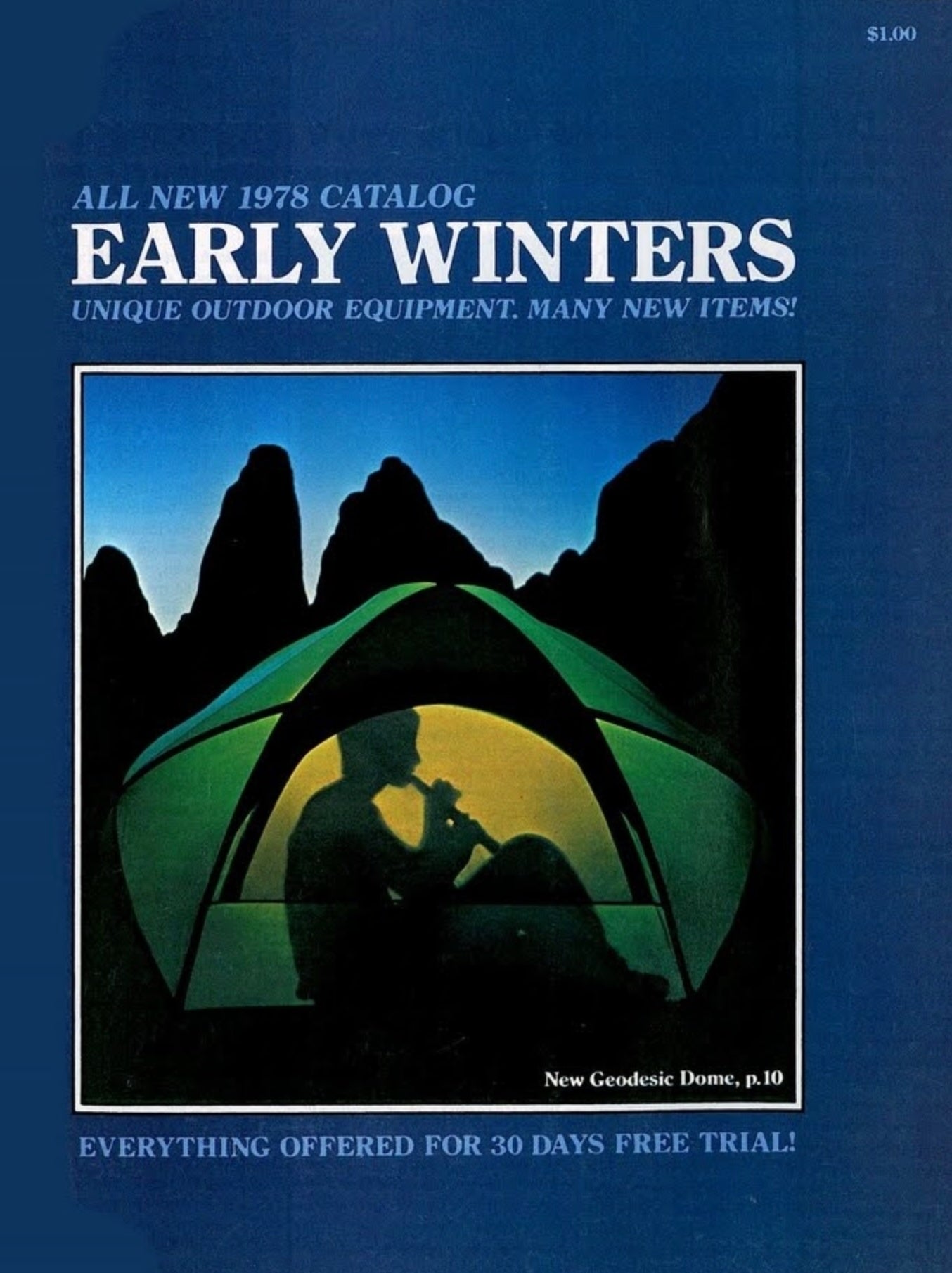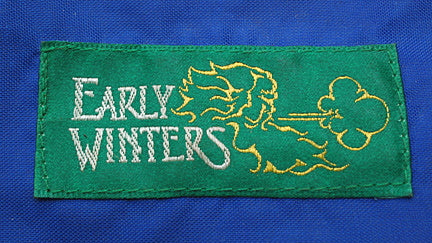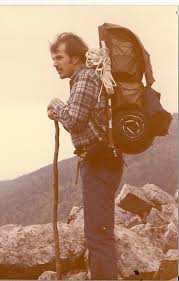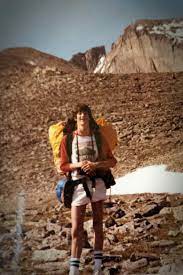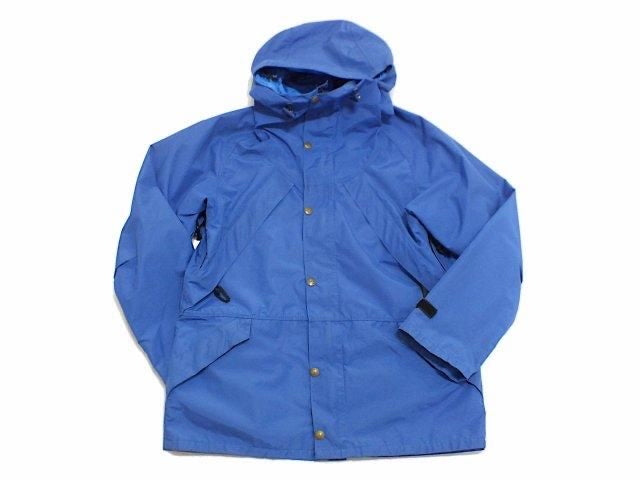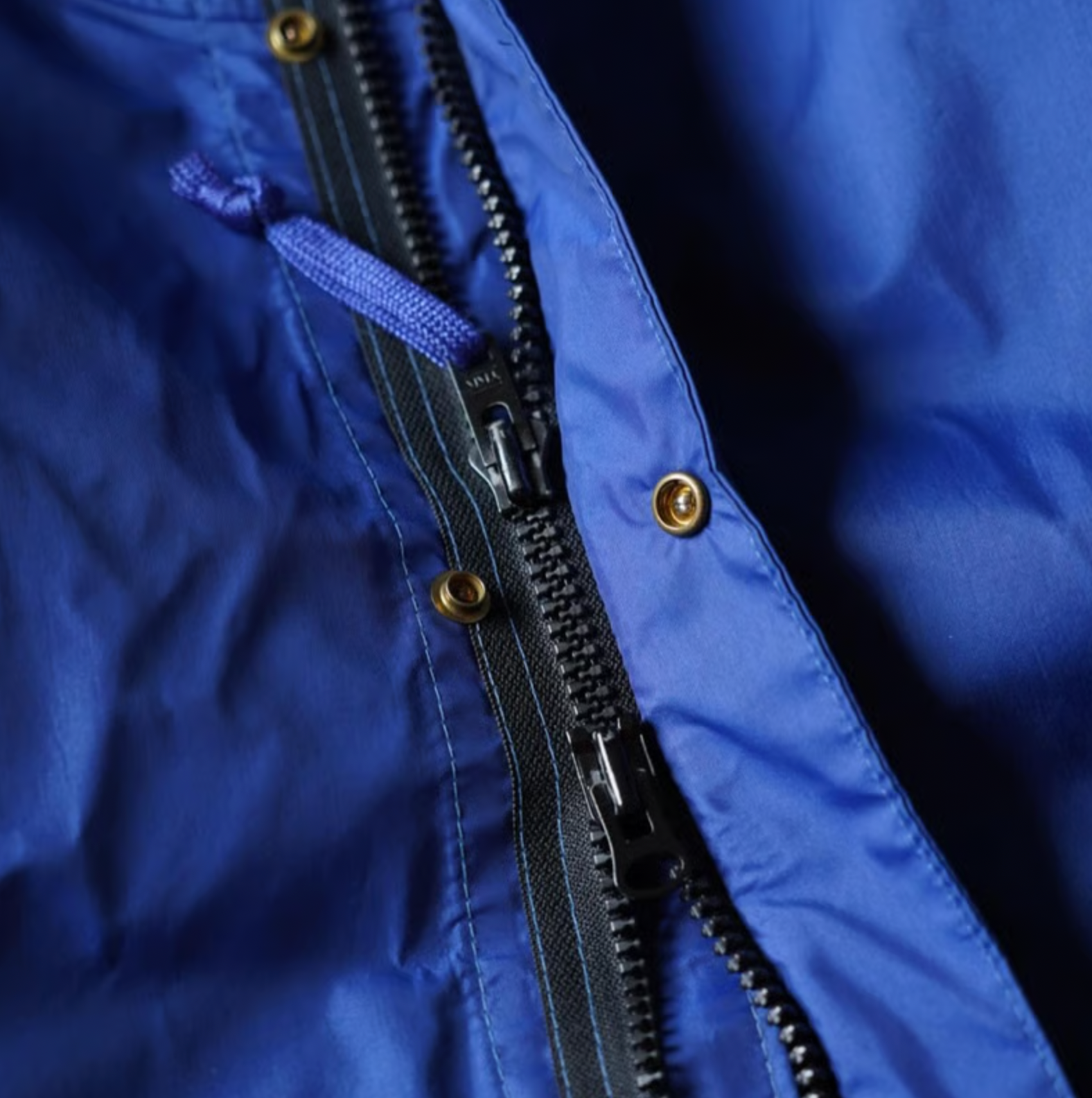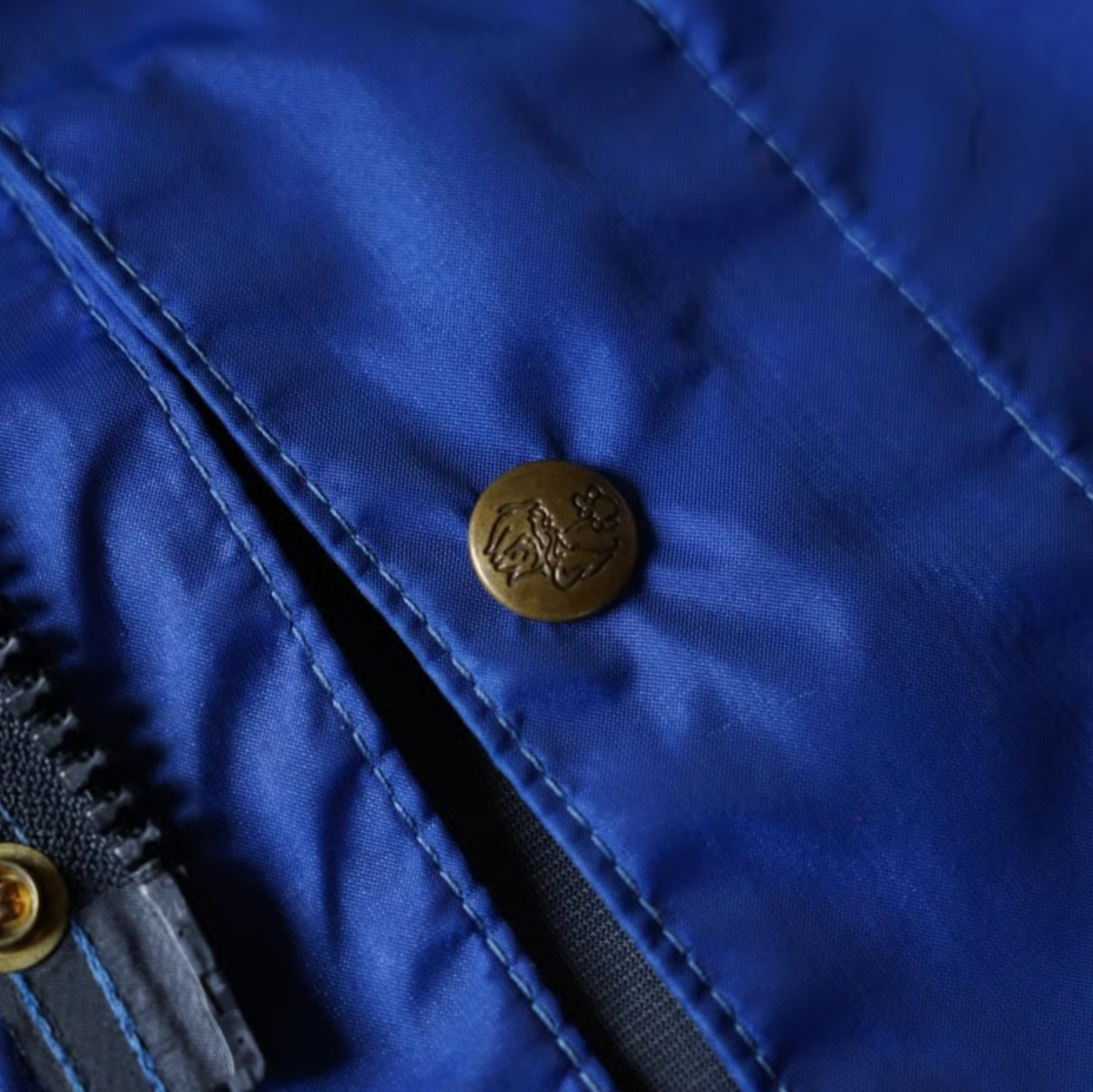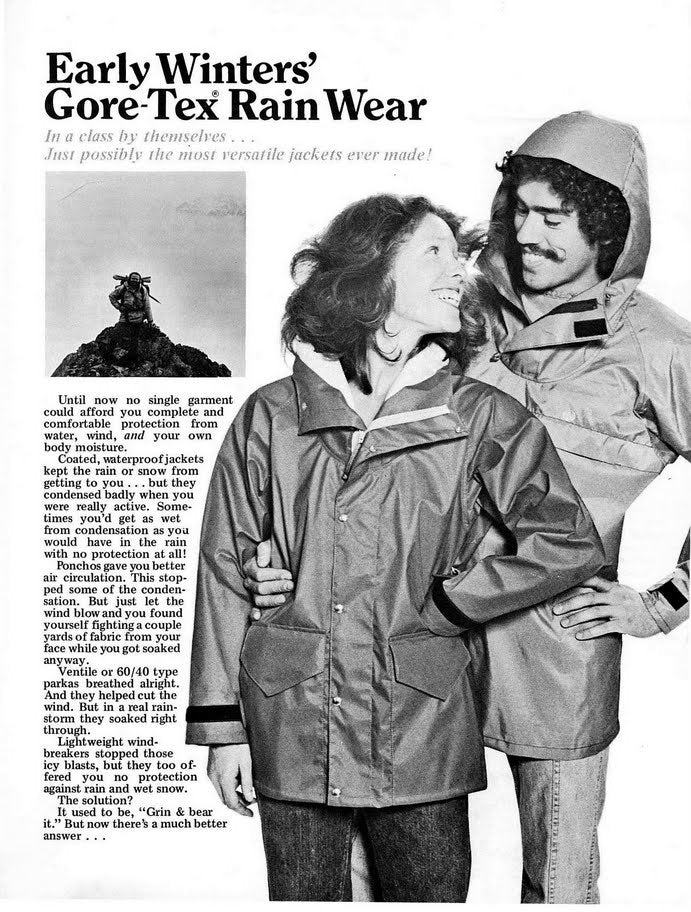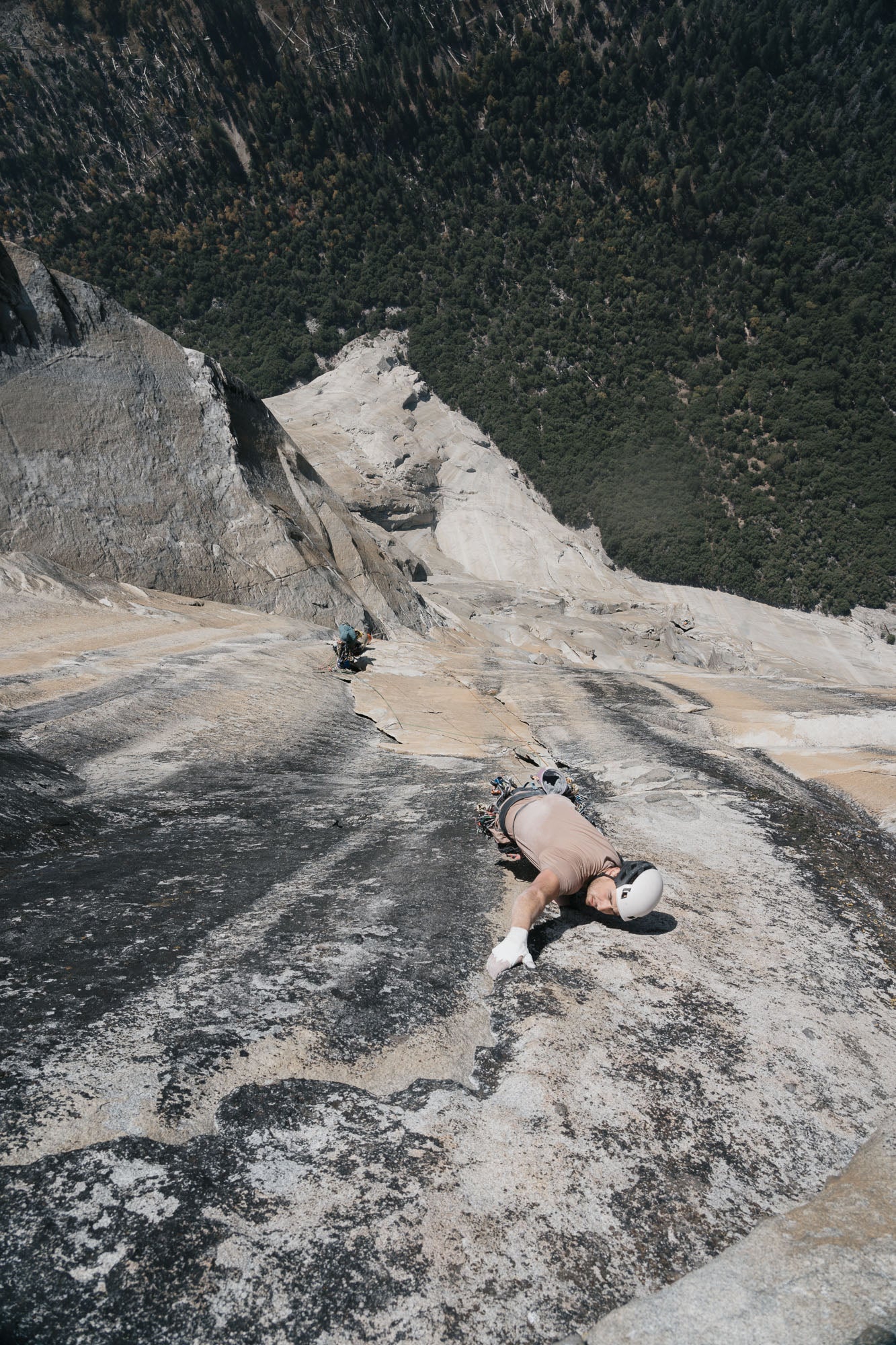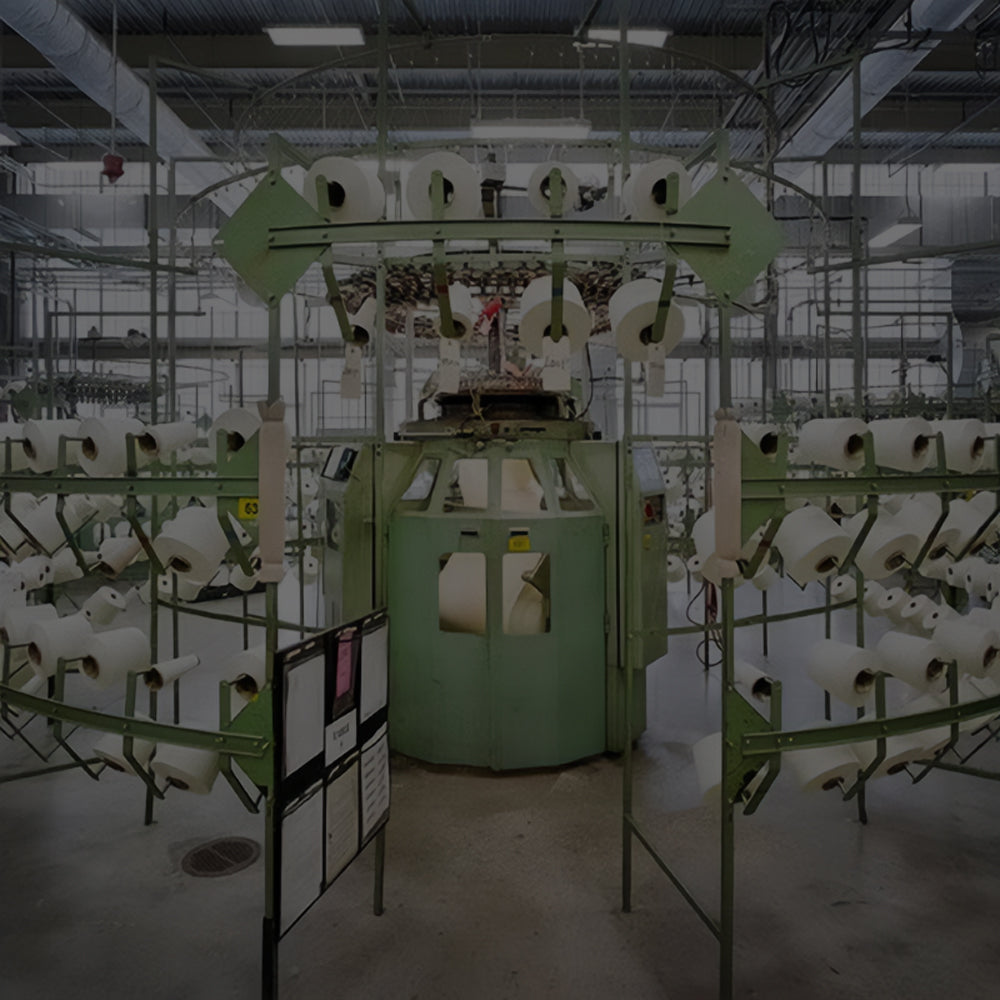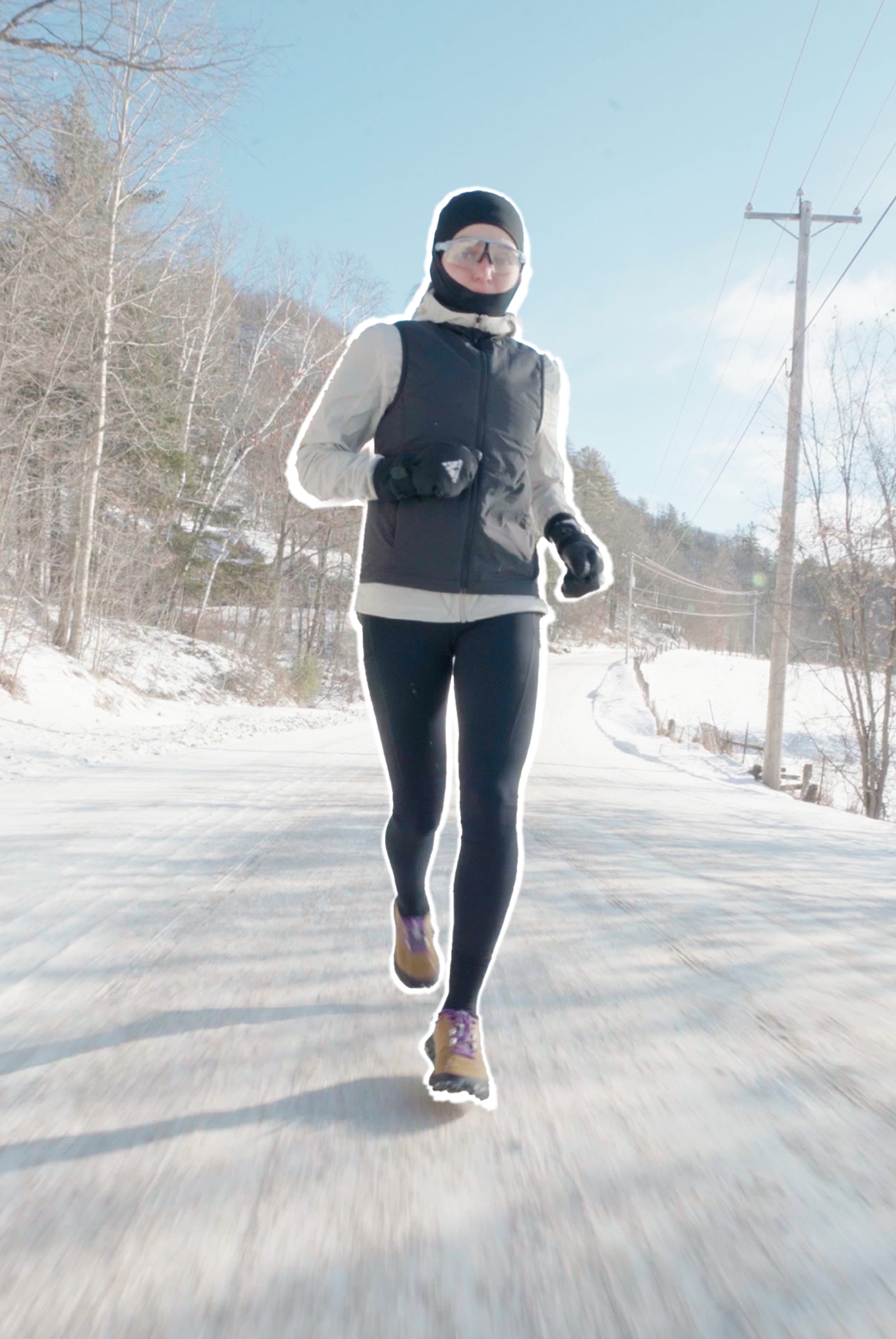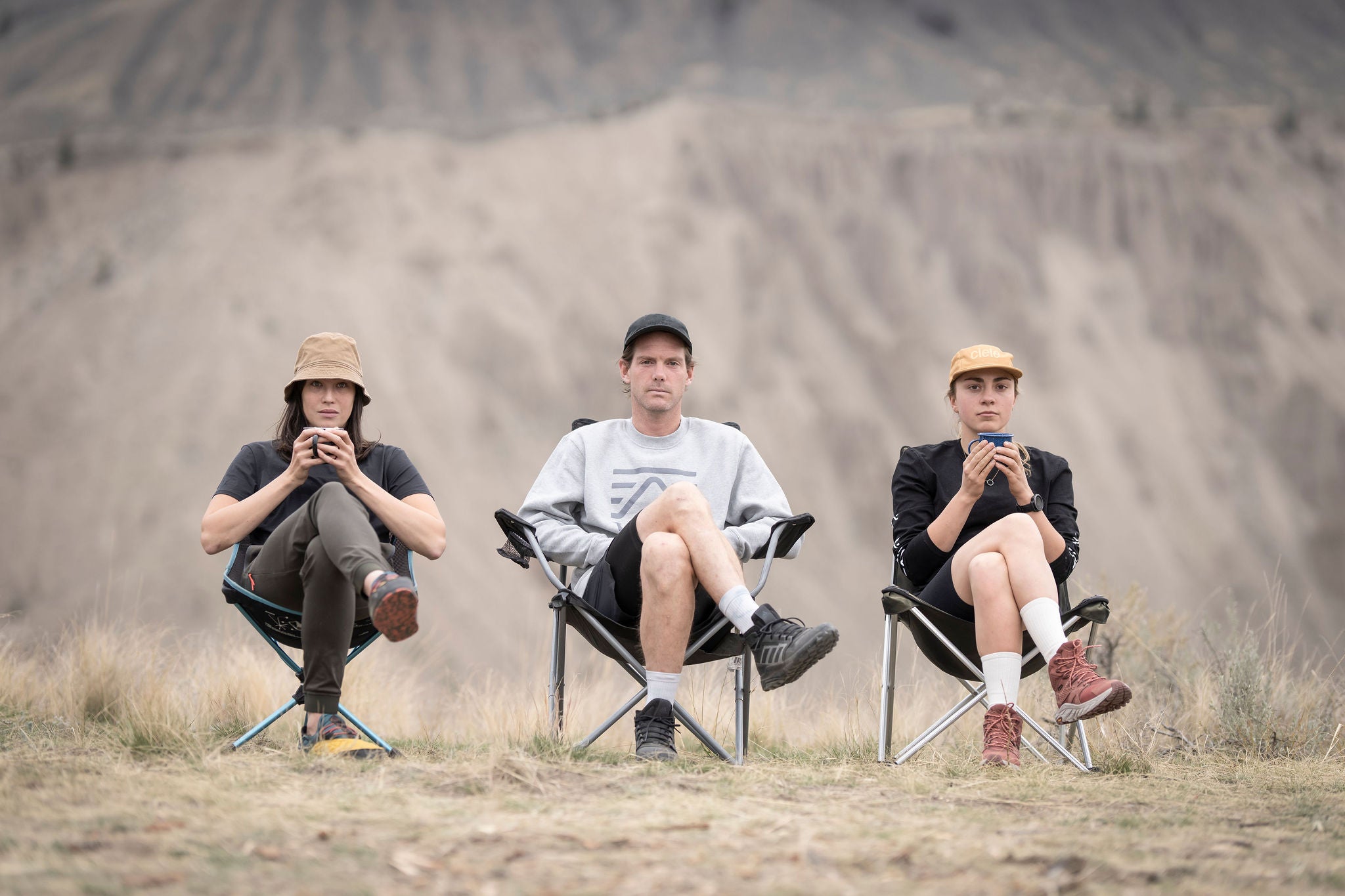Seattle in the 1970s was alive with outdoor energy. Mountaineering and backpacking were booming, and the Pacific Northwest became a hotbed of experimentation. The culture wasn’t dominated by large corporations yet; it was shaped by climbers, shop owners, and small brands who built gear for their own adventures. Across America much was the same. The Ski Hut and Trailwise in Berkeley were supplying climbers with down jackets and tents. Holubar, out of Boulder, was pioneering lightweight nylon parkas and sleeping bags. Kelty had already changed backpacking with the external frame. These companies set the stage, but it was a small Seattle catalog brand, Early Winters, that would make one of the most pivotal moves in outdoor history.
In 1976, Early Winters introduced the Light Dimension, a two-person tent that became the first consumer product made with Gore-Tex. At the time, waterproof-breathable fabric was closer to science fiction than outdoor reality. Most gear relied on coated nylon, which sealed out rain but trapped condensation, or natural fabrics like Ventile and waxed cotton, which breathed a little but became heavy and saturated under pressure. When Wilbert Gore’s expanded PTFE membrane appeared, many established companies passed. It was unproven. It was fragile. It seemed too risky. Early Winters looked at it differently.
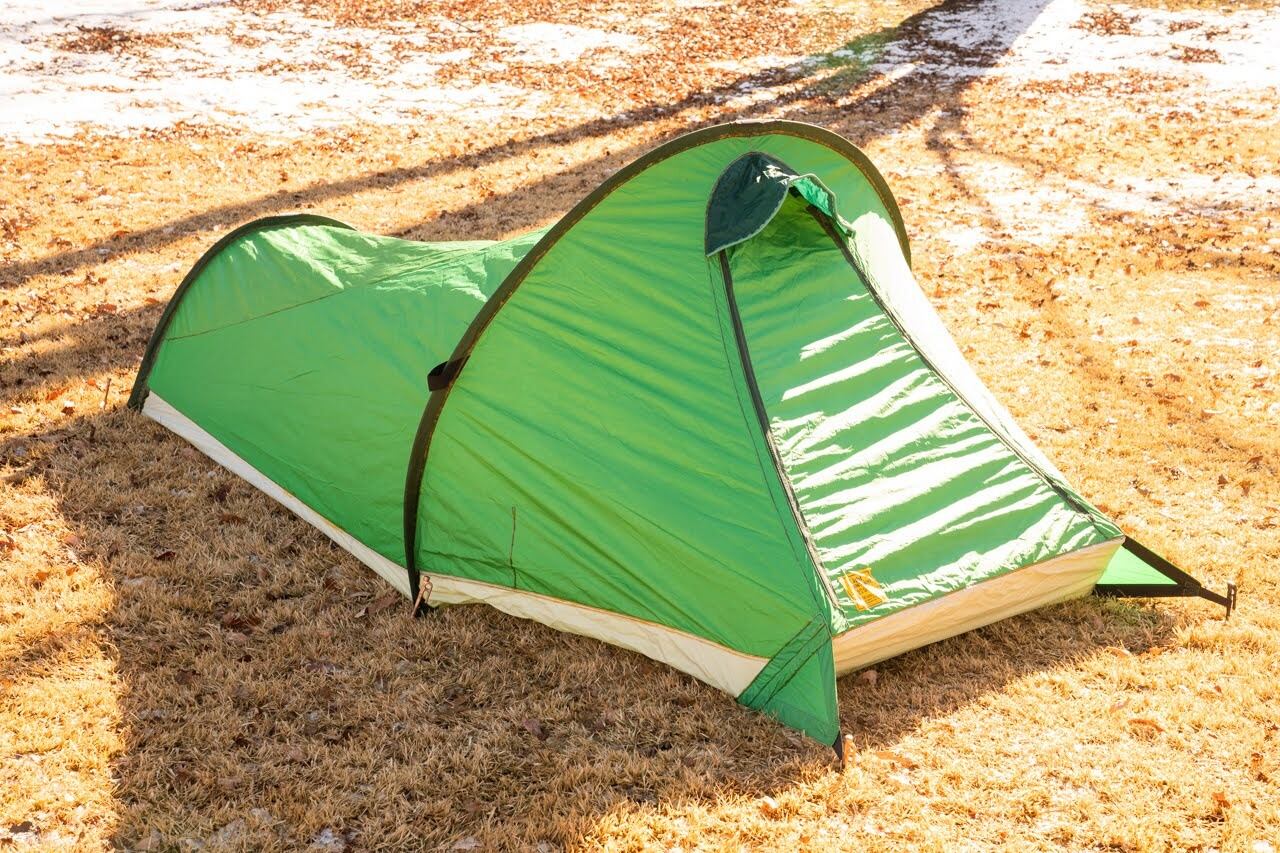
The Light Dimension wasn’t just a tent, it was a statement. Early Winters leaned into the boldness of the material, famously demonstrating Gore-Tex by pouring water onto the fabric while steam rose through it. The message was direct and revolutionary: this was gear that no longer forced you to choose between staying dry and staying comfortable. By putting a new material at the center of its identity, Early Winters shifted the conversation. Outdoor products were no longer just about clever design details; they were about fabric science driving performance.
Culturally, the timing was perfect. Backpacking had exploded into the mainstream after the publication of The Complete Walker in the 1960s, and an entire generation of Americans was discovering the outdoors. National Parks were crowded, trailheads were busy, and a new kind of outdoor lifestyle was emerging—one that blurred the line between exploration and identity. Early Winters’ catalog spoke to this audience in a new voice. It wasn’t just selling gear, it was explaining why materials mattered, translating technical language into something that felt both accessible and aspirational.

The Light Dimension was followed quickly by Gore-Tex jackets and sleeping bags from other companies, but the first-mover impact mattered. Within a few years, Gore-Tex became a household name, synonymous with modern performance gear. Early Winters itself didn’t survive—the company was acquired and eventually faded—but their willingness to take the risk proved transformative. They were the ones who legitimized Gore-Tex, showing the entire industry that consumers would pay for advanced textiles, even if they came from a small catalog brand in Seattle.
Looking back, the story of Early Winters is part of a larger cultural moment in outdoor history. The 1970s were a transitional decade, where cottage-industry innovators laid the foundation for what would become global outdoor brands. Early Winters stands alongside Holubar, Snow Lion, and Trailwise as proof that the most important shifts often come from the margins. Their Light Dimension tent wasn’t just a piece of gear—it was a cultural spark that signaled the arrival of a new era, one where materials like Gore-Tex, Polartec, and Schoeller would become the backbone of technical outdoor design.
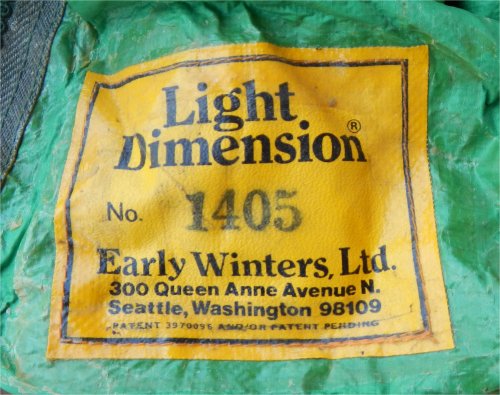
The legacy of Early Winters lives less in the brand name than in the mindset: a belief that small players can change the game, that fabric innovation can redefine what’s possible, and that storytelling—explaining why a material matters—is as powerful as the product itself. In the crowded catalog of outdoor history, their tent still stands as a reminder that the future often belongs to those willing to move first.

